77 Wild Animals in Kenya [Wildlife in Kenya]
Want to know more about the wildlife in Kenya?
Discover 77 wild animals in Kenya in this post, as well as interesting facts about them. 🇰🇪
Learn All About Kenyan Animals
Ready to learn all about Kenyan animals?
I’ve always been fascinated by animals and by how they can be so different from one country to another. In this guide, we’ll focus on the many animals Kenya has on the land, in the sky, and underwater.
I’ve split the guide into 4 categories:
- Native animals of Kenya
- Endangered animals of Kenya
- What is the national animal of Kenya?
- How many animals native to Kenya?
Let’s dive in right away with our first category!
Native Animals from Kenya
Kenya is an African country located in the eastern part of the continent, below the Sahara. It has one of the largest biodiversities in all of Africa, is the third-largest economy in sub-Saharan Africa and it used to be an English colony. It is bordered by Somalia, South Sudan, Ethiopia, Tanzania, and Uganda, and its capital and largest city is Nairobi, which counts more than 4,397,000 inhabitants (but more than 10,400,000 if you include the metropolitan area!).
An interesting part of the country that I wanted to tackle is its wildlife. In light of that, I have listed the best of it, and I hope you will love learning what animals live in Kenya.
Here’s the Kenya animals list.
1. Lion
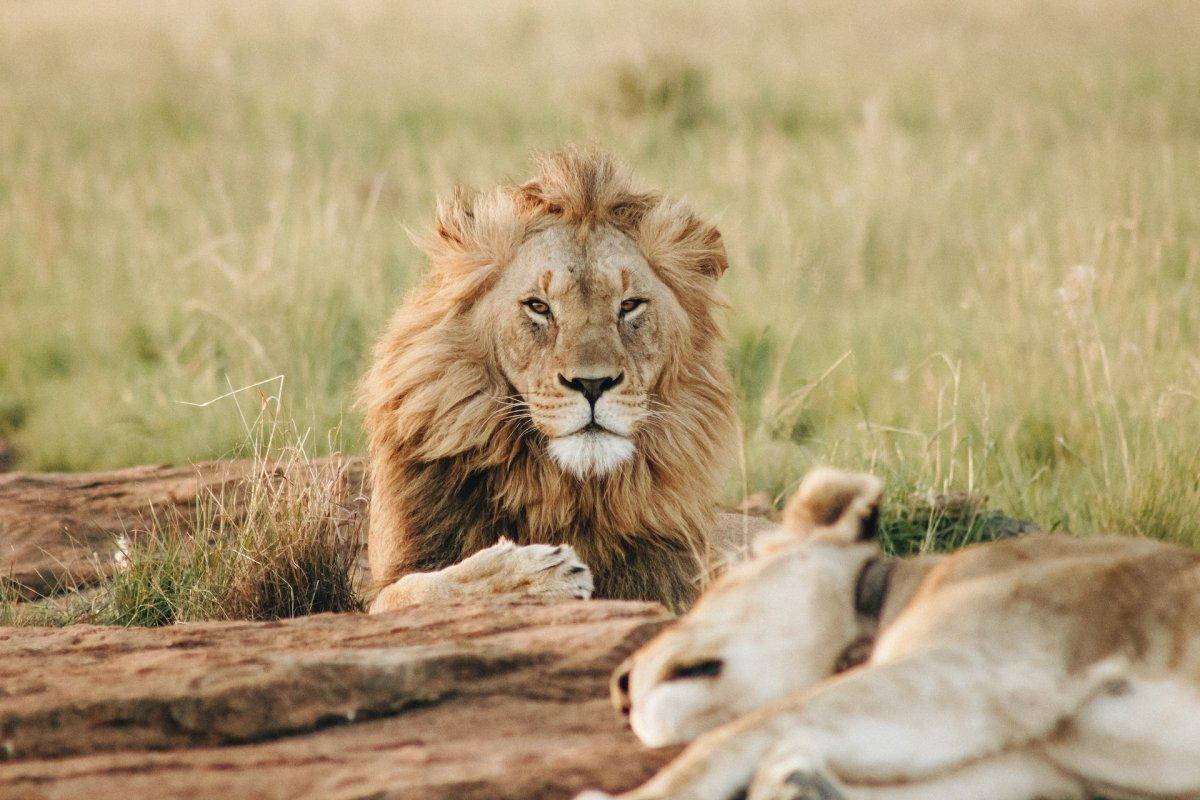
- Name: Lion
- Scientific name: Panthera leo
- Conservation status:
The lion is the almighty king of the animals. It is a large species of wild cat native to Africa and India and has a muscular body with a large mane around its head and a hairy tuft at the end of its tail.
It lives in savannas, shrublands, and grasslands, and is more diurnal than other wild cats, most likely due to its strength and domination: when persecuted, it is exclusively active by night.
2. Common eland
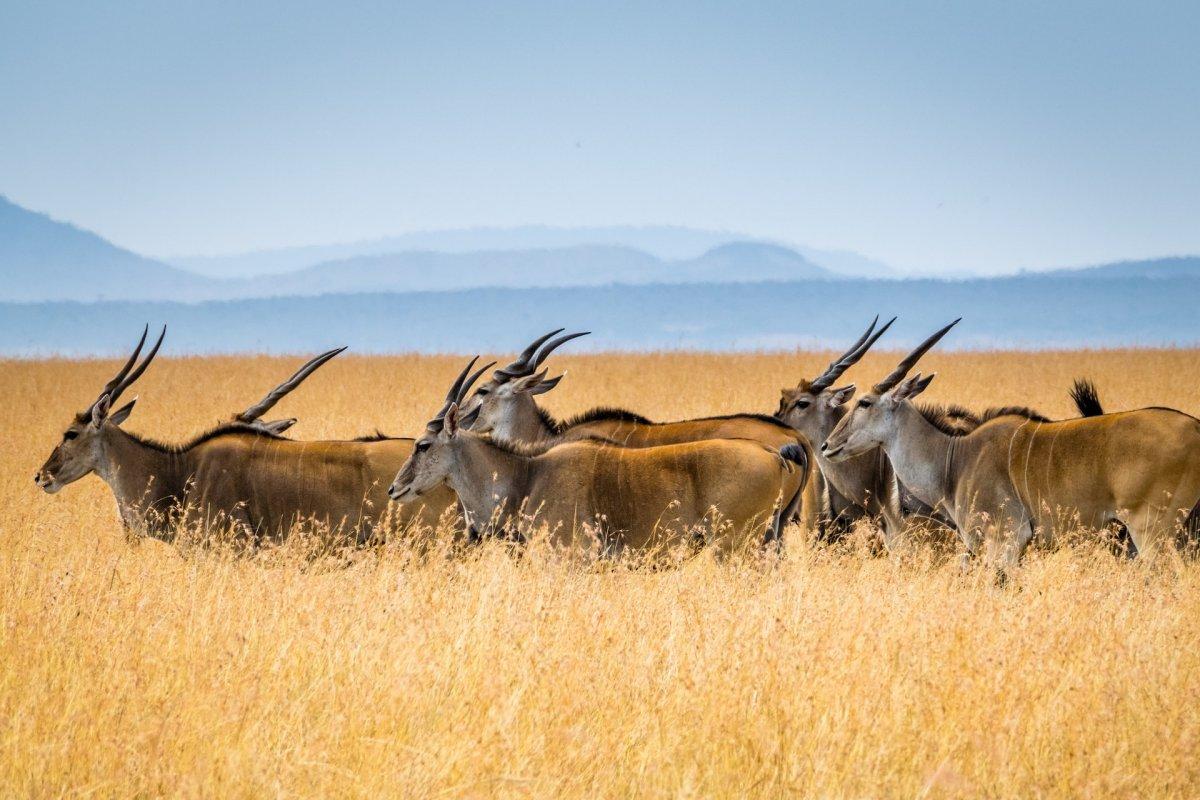
- Name: Common eland
- Scientific name: Taurotragus oryx
- Conservation status:
The common eland, also known as the eland antelope or the southern eland, is a species of savanna and plains antelope native to eastern and southern Africa. It is the second largest antelope in the world, after the giant eland, and can reach heights of 1.6 m / 5 ft at the shoulder.
This mammal is herbivorous and mostly feeds on leaves and grasses. It lives in herds of up to 500 individuals but is not territorial.
3. Cheetah

- Name: Cheetah
- Scientific name: Acinonyx jubatus
- Conservation status:
The cheetah is a large species of cat native to Africa and central Iran. It is very well-known for being the fastest land animal on the planet, reaching outstanding speeds of 128 km/h / 80 mph!
This animal gathers in 3 types of groups: females and their offspring, solitary males, and all-male groups. Its preferred preys are small and medium-sized mammals such as impalas, springboks, and gazelles that it chases, trips, and bites.
4. Impala
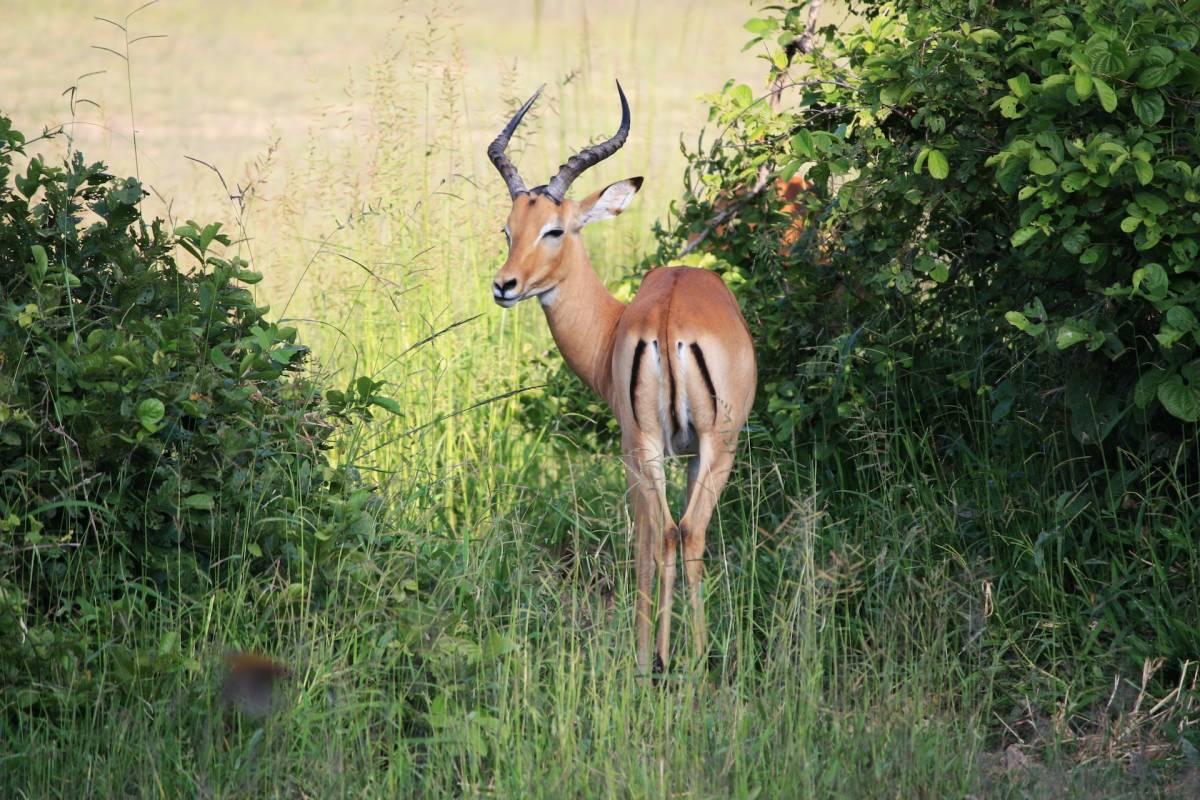
- Name: Impala
- Scientific name: Aepyceros melampus
- Conservation status:
The impala is a medium-sized species of antelope native to eastern and southern Africa. It has slender horns that can reach up to 92 cm / 36 in in length, and it is most active during the day.
This antelope can be gregarious and/or territorial, depending on the area and the climate. Similarly to the cheetah, there are three main groups of impalas: territorial males, bachelor herds, and female herds.
5. Hippopotamus
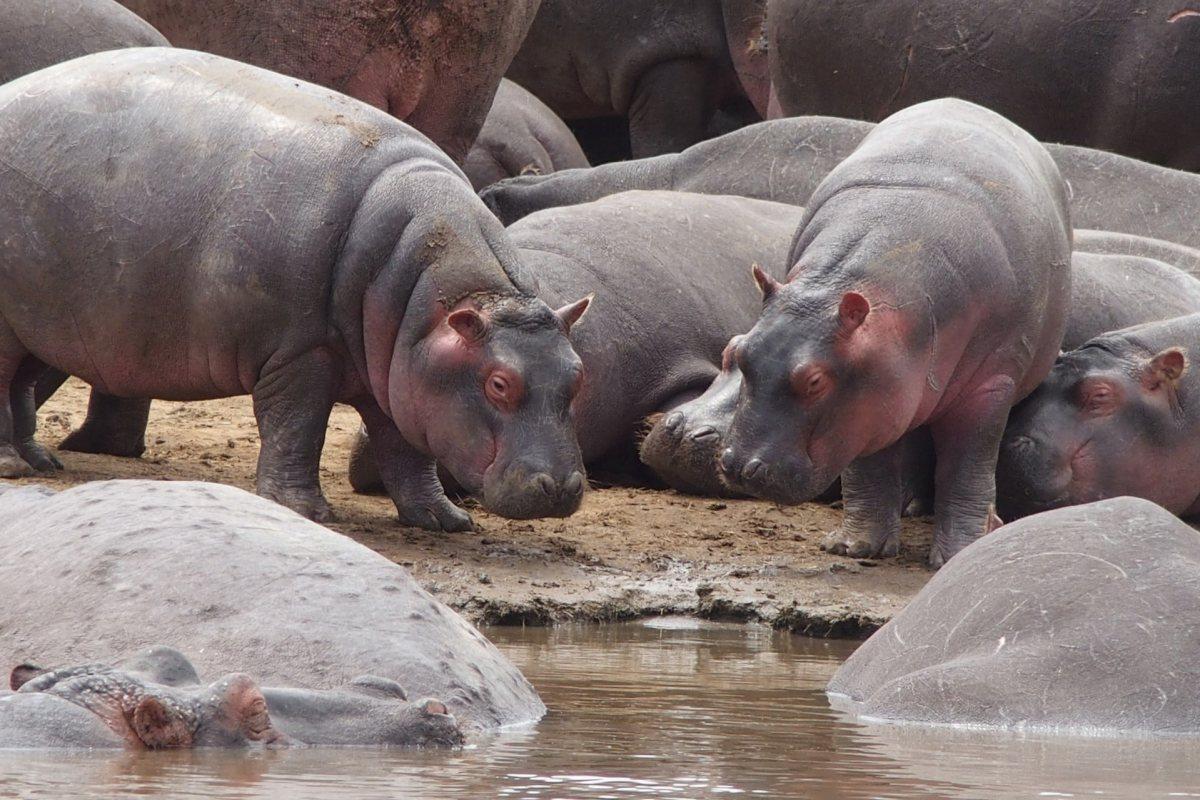
- Name: Hippopotamus
- Scientific name: Hippopotamus amphibius
- Conservation status:
The hippopotamus, also known as the common hippopotamus, the river hippopotamus, or simply the hippo, is a large species of semi-aquatic ungulate native to sub-Saharan Africa.
Mostly herbivorous, it is the third-largest land mammal after the elephant and the rhinoceros, and is particularly dangerous to humans, being extremely aggressive and unpredictable. Its name comes from the Greek for “river horse”, and it inhabits lakes, rivers, and mangrove swamps.
6. Common warthog
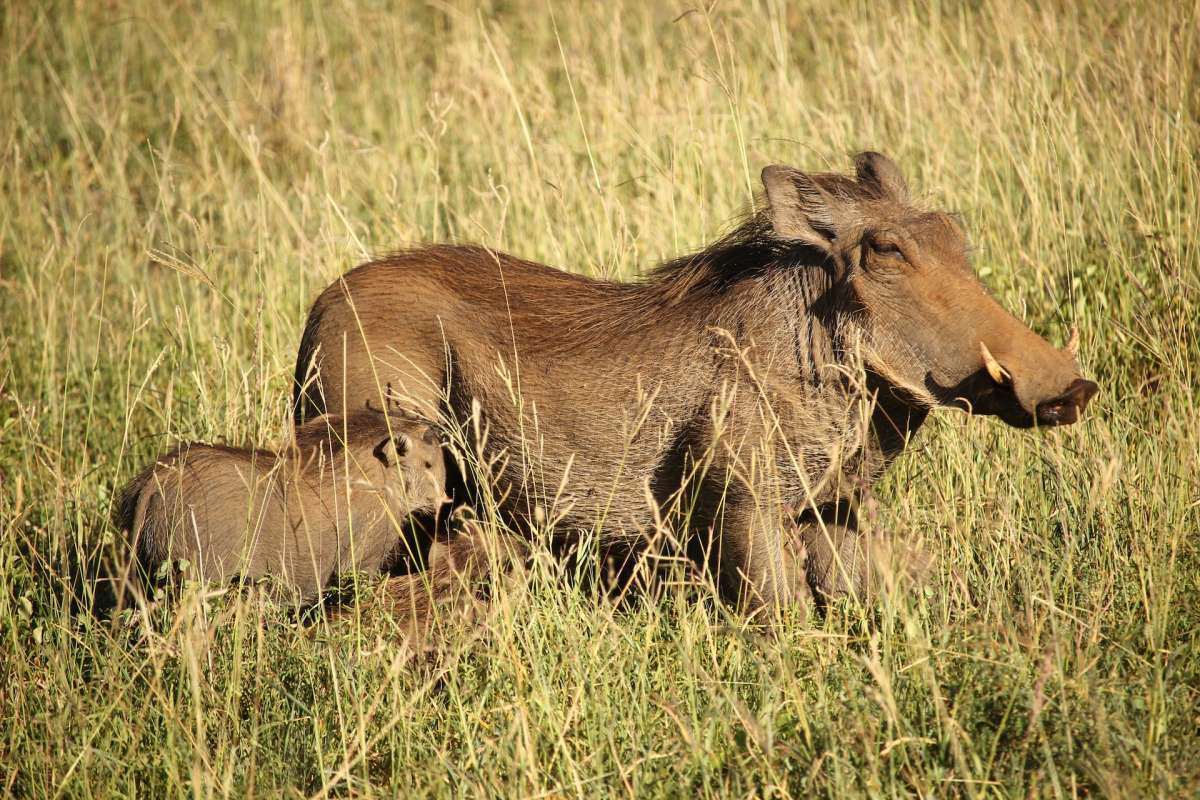
- Name: Common warthog
- Scientific name: Phacochoerus africanus
- Conservation status:
The common warthog is a species of wild pig native to sub-Saharan Africa. It inhabits savanna, woodland, and grassland areas, and it is the only pig species that has adapted to such habitats.
This mammal is omnivorous and feeds on almost anything, from roots, berries, and grasses to fungi, eggs, and carrion. It is a powerful digger and a fierce opponent: although it is quick to flee, it can be very aggressive, especially females defending their offspring.
7. African buffalo
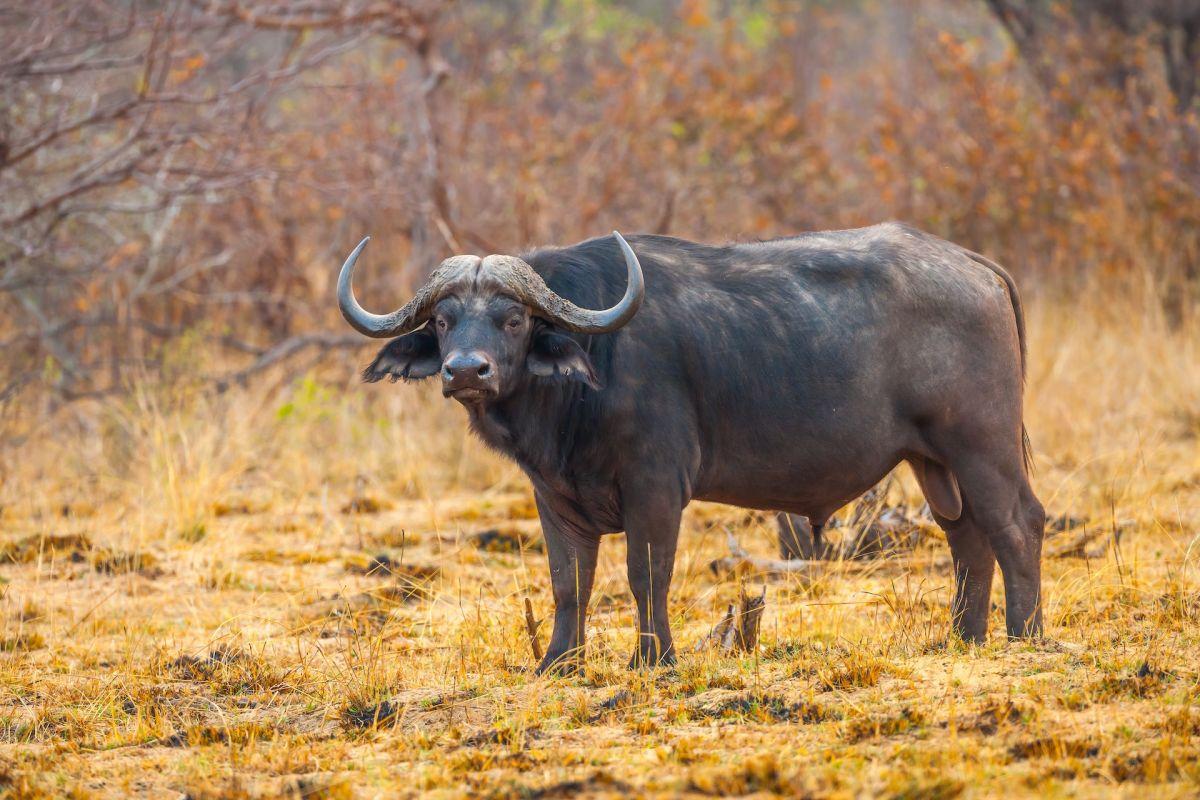
- Name: African buffalo
- Scientific name: Syncerus caffer
- Conservation status:
The African buffalo is a large species of bovine native to sub-Saharan Africa. Its horns are characteristic, as they form a strong bone shield across the top of the head. Despite its innocent looks, it is one of the most dangerous animals in Africa, trampling, goring, and killing over 200 people every year.
Although it may look like it, it is not an ancestor of domestic cattle and is in fact only distantly related to other bovines.
8. Waterbuck
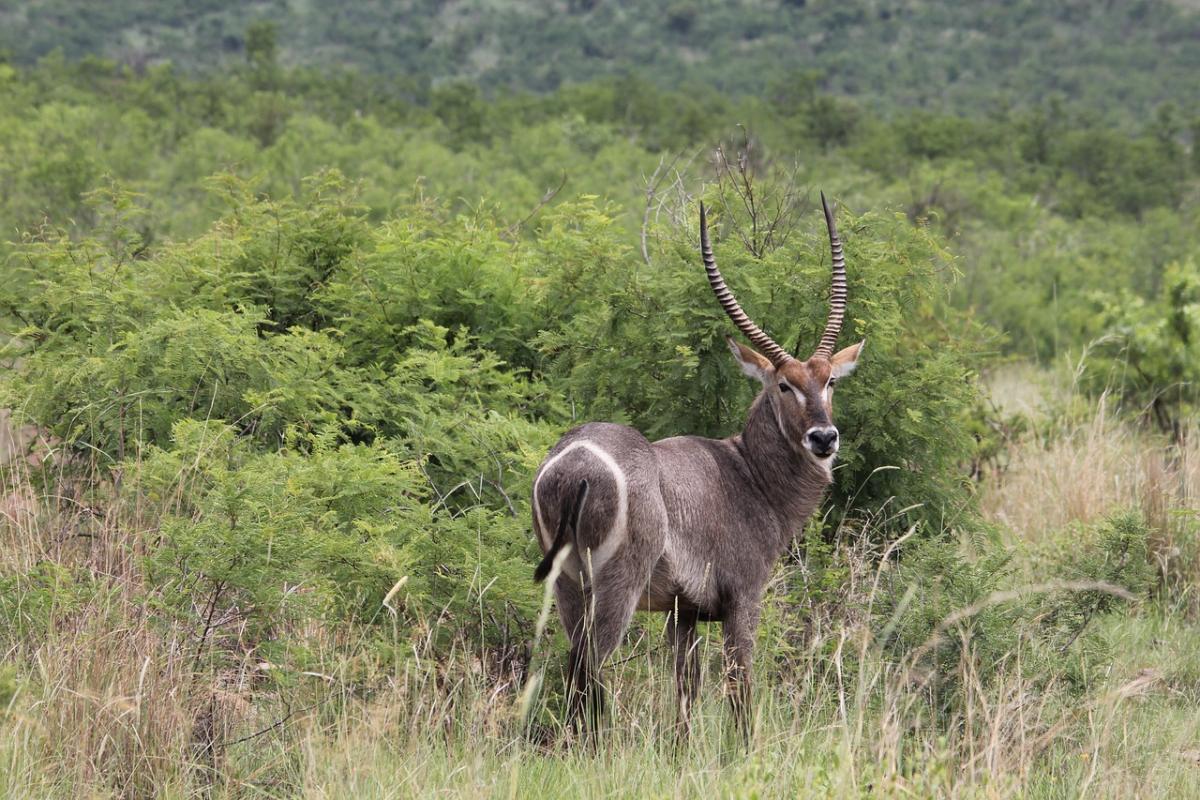
- Name: Waterbuck
- Scientific name: Kobus ellipsiprymnus
- Conservation status:
The waterbuck is a large species of antelope that can be found in sub-Saharan Africa. It has 13 subspecies and is more sedentary than other antelopes.
This social animal usually gathers in herds of 6 to 30 members, either with females and their offspring or in all-male groups. The waterbuck lives in savanna and scrub habitats near bodies of water. It is listed as least concern, but is still threatened by poaching and human disturbance.
9. Blue wildebeest
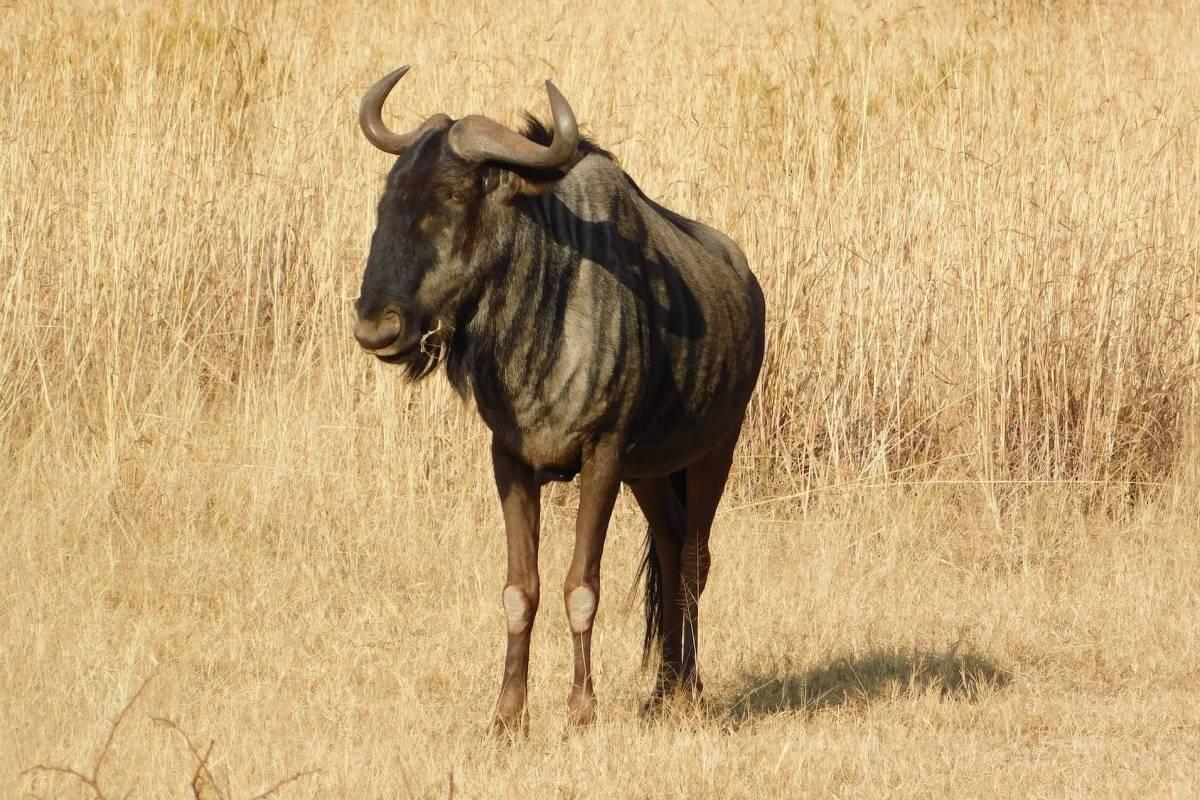
- Name: Blue wildebeest
- Scientific name: Connochaetes taurinus
- Conservation status:
The blue wildebeest, also known as the white-beaded wildebeest, the brindled gnu or the common wildebeest, is a large species of antelope and one of the two species of wildebeest. It has a muscular appearance with a robust muzzle.
This mammal is herbivorous and mostly feeds on short grasses. It lives in large herds with no real structure, being particularly wary and a fast runner. There are about 1.5 million blue wildebeest in the wild, and it appears to be stable.
10. Lesser kudu
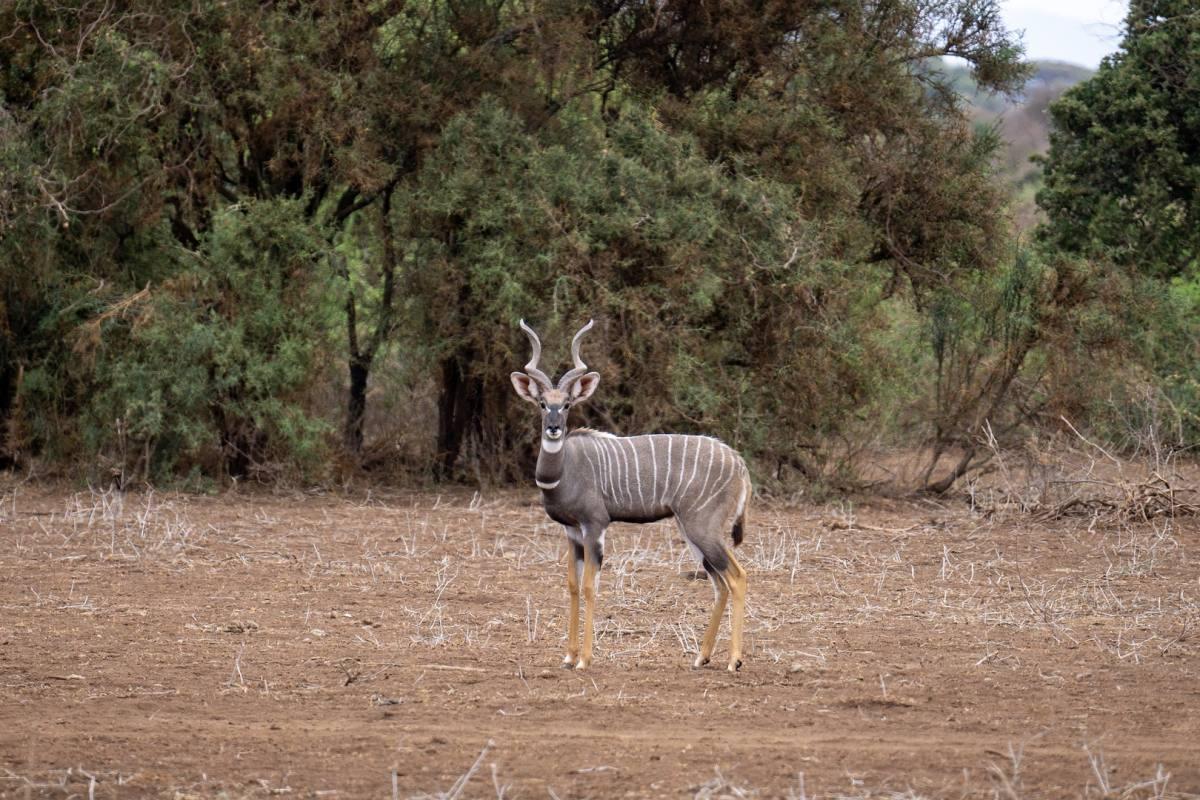
- Name: Lesser kudu
- Scientific name: Tragelaphus imberbis
- Conservation status:
The lesser kudu is yet another species of antelope native to East Africa. It is a browser that feeds on foliage from trees and bushes, as well as herbs. Mainly nocturnal, it seeks shelter in dense thickets in the early morning and is not a territorial animal.
There are almost 118,000 lesser kudus in the wild, and they are considered near threatened because of a decreasing trend in numbers.
11. African bush elephant
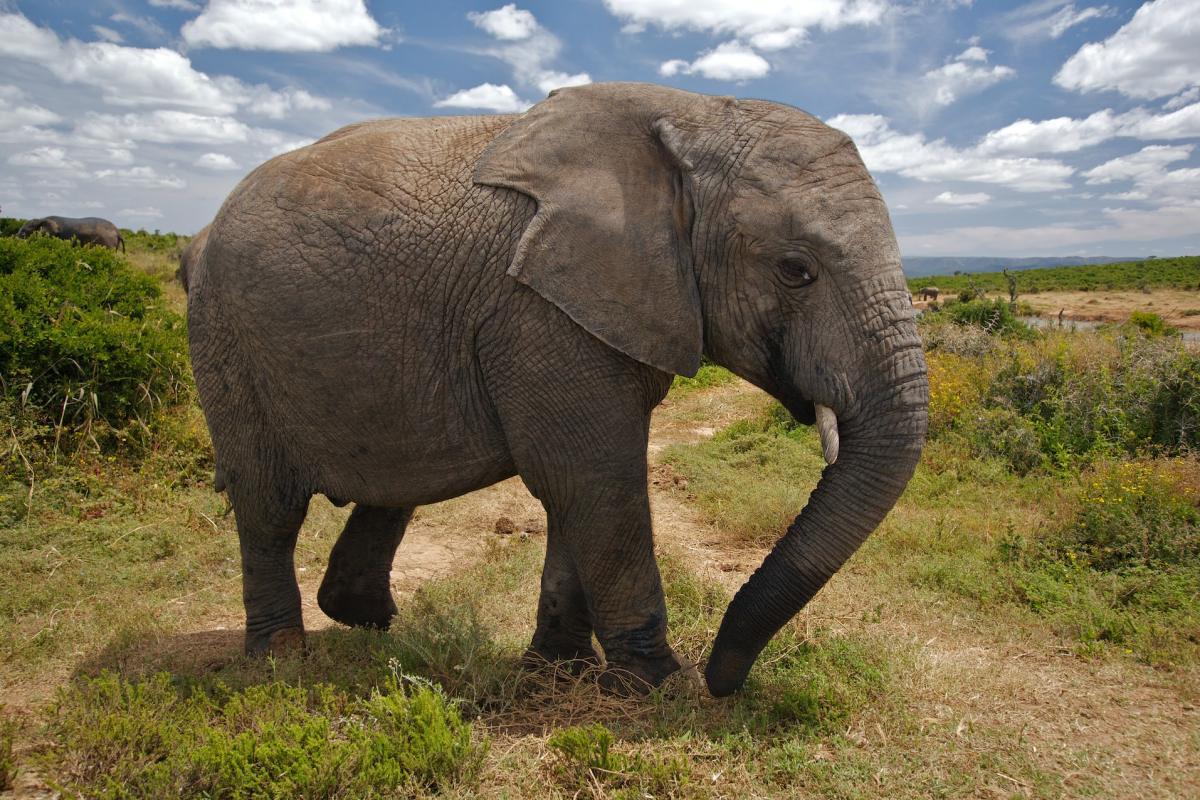
- Name: African bush elephant
- Scientific name: Loxodonta africana
- Conservation status:
The African bush elephant, also known as the African savanna elephant, is assuredly one of the most iconic animals in all of Africa. It is the largest terrestrial animal, reaching heights of up to 3.96 m / 13 ft and weights of up to 10.4 t / 11.5 short tons.
Sadly, this elephant is critically threatened by poaching for its meat and ivory, as well as habitat loss.
12. Leopard
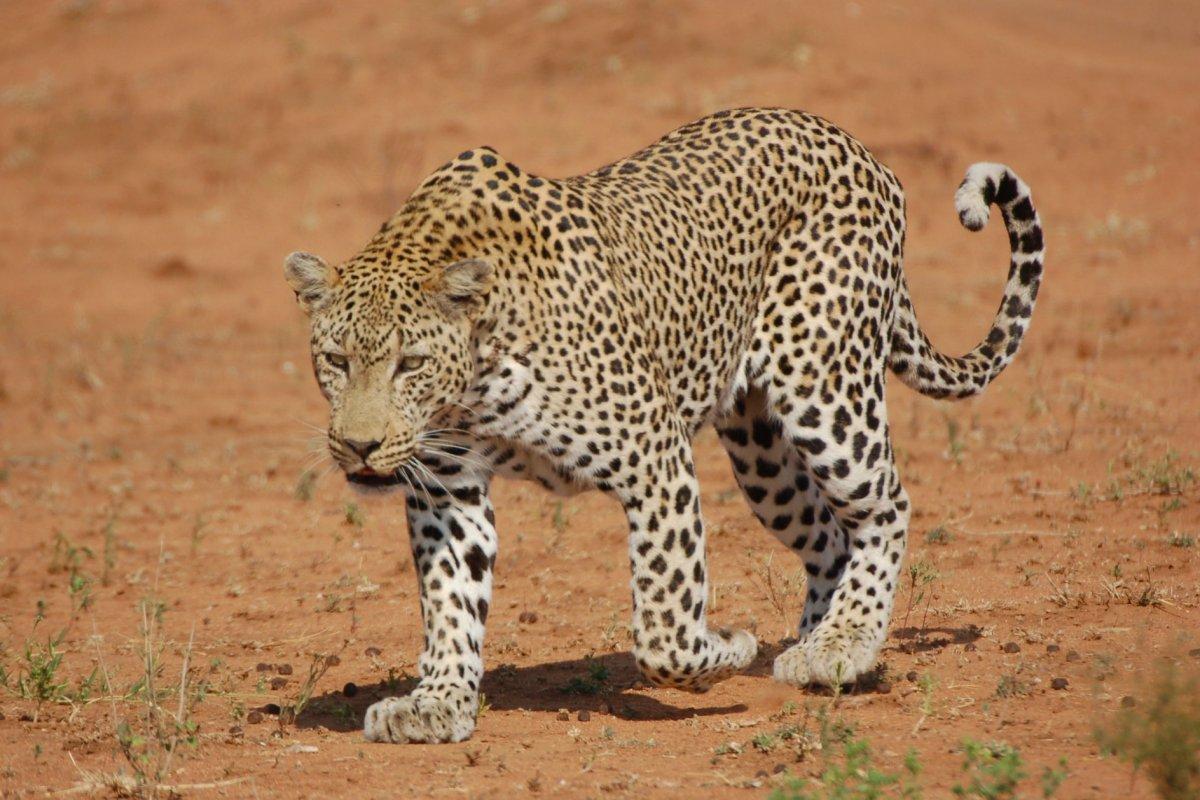
- Name: Leopard
- Scientific name: Panthera pardus
- Conservation status:
The leopard is a large species of wild cat with a very wide range, from western and southern Africa to the eastern coastline of Asia. It has shorter legs than most other wild cats but is still particularly strong. Its body is covered in characteristic rosettes, which is why it has been extensively hunted.
This wild cat can reach speeds of up to 58 km/h / 36 mph, and used to have an even bigger range thousands of years ago, being found in Sumatra and Japan.
13. Grévy’s zebra
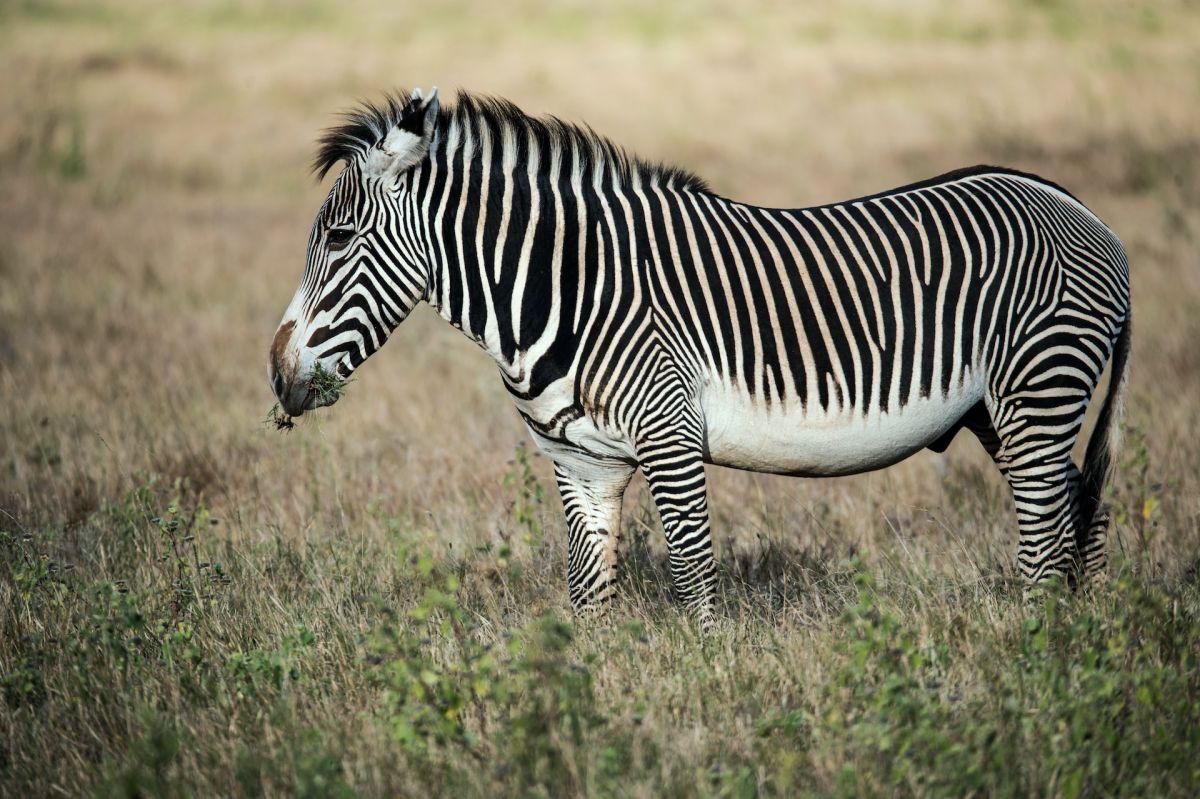
- Name: Grévy’s zebra
- Scientific name: Equus grevyi
- Conservation status:
Grévy’s zebra, also known as the imperial zebra, is the largest species of wild equid in the world, and the most threatened of the 3 species of zebra (the others being the mountain zebra and the plains zebra). It lives in herds and has characteristic black-and-white stripes.
It inhabits semi-arid grasslands and feeds on grasses and legumes, and browses. Interestingly enough, it can survive up to 5 days without water!
14. Serval
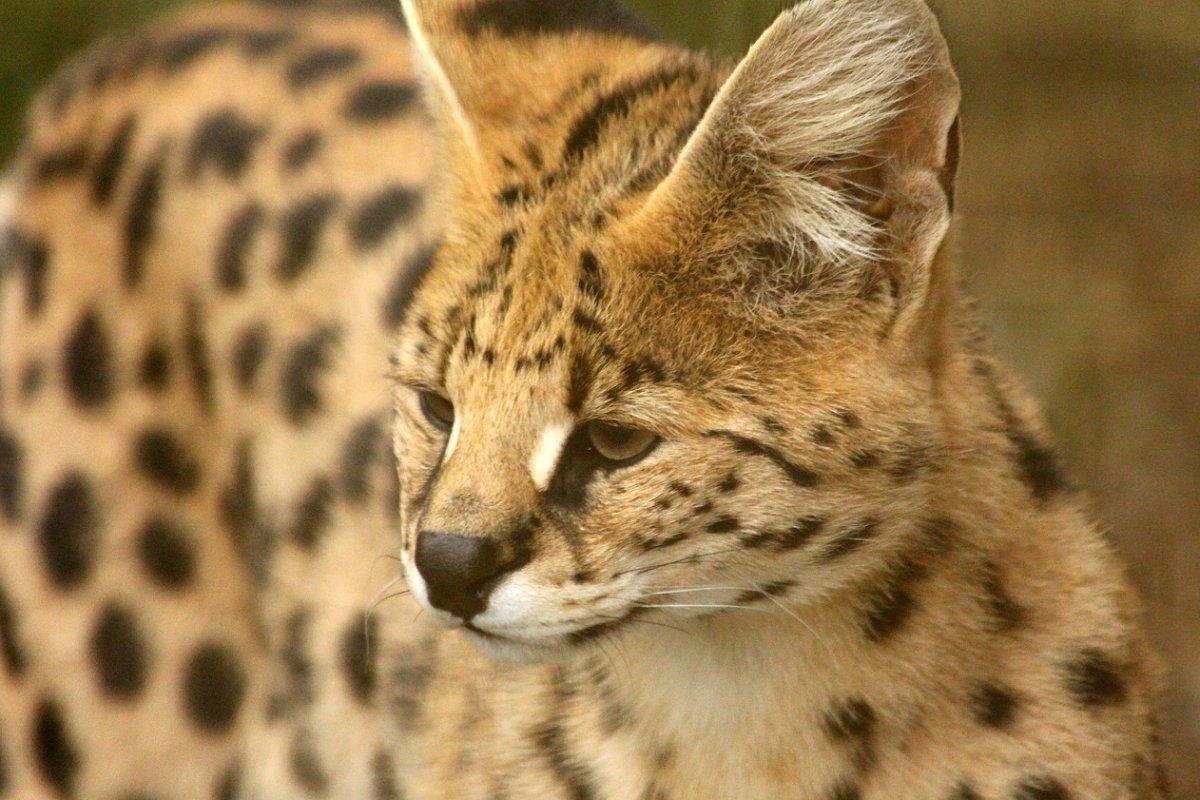
- Name: Serval
- Scientific name: Leptailurus serval
- Conservation status:
The serval is another medium-sized species of wild cat that lives in Kenya. It can be found throughout much of sub-Saharan Africa outside of rainforest regions and is rare in North Africa and the Sahel.
This mammal is a solitary carnivore that mainly feeds on rodents, small birds, insects, reptiles, and frogs. It has a well-developed sense of hearing that is ideal to locate prey. At around 12 months old, newborns leave their mothers, so they can hunt on their own.
15. Giraffe

- Name: Giraffe
- Scientific name: Giraffa camelopardalis
- Conservation status:
The giraffe is another iconic African animal that can be found in Kenya. It is the tallest animal on the planet and the largest ruminant. Its distinctive characteristics are of course its long neck and its spotted coat patterns.
The scattered range of the giraffe extends from Chad to South Africa, and its main predators are lions, spotted hyenas, African wild dogs, and leopards. It is listed as vulnerable because of killing for the bushmeat trade and habitat loss.
16. Nile crocodile
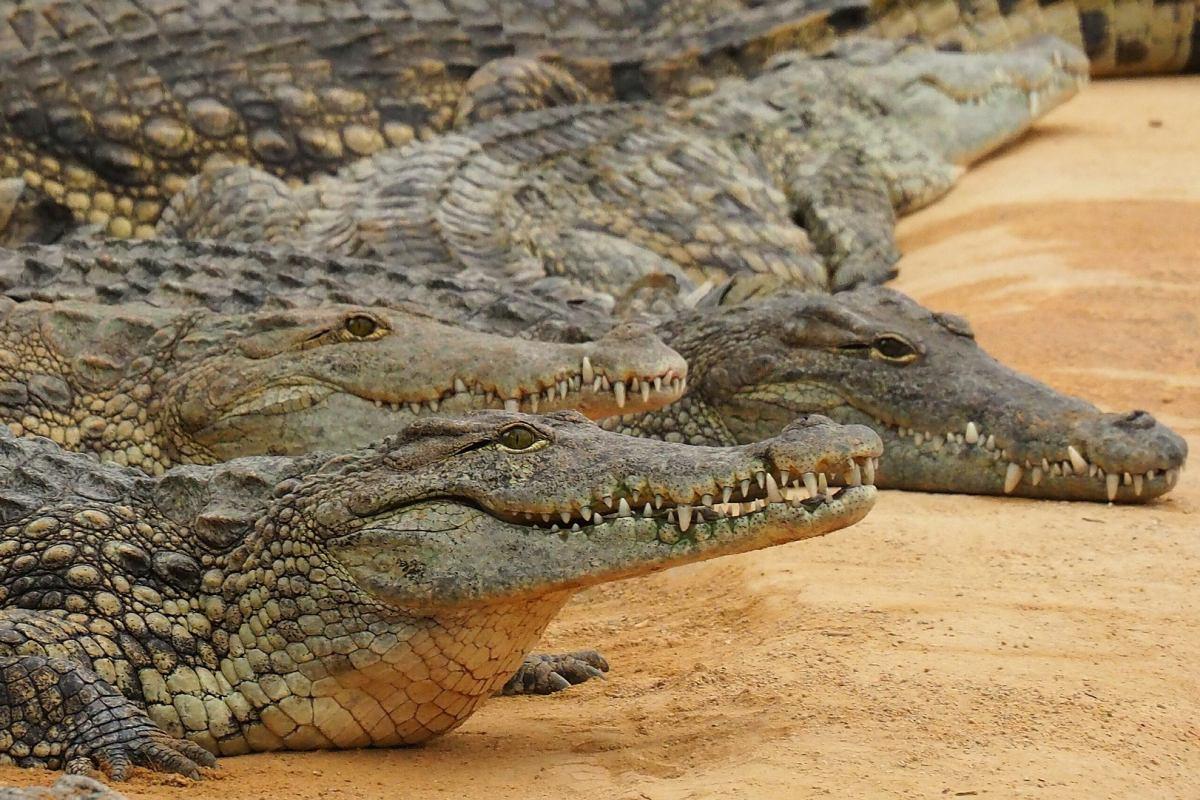
- Name: Nile crocodile
- Scientific name: Crocodylus niloticus
- Conservation status:
Despite its name, the Nile crocodile is not exclusive to the Nile River of Egypt, but rather inhabits almost the entirety of sub-Saharan Africa, and can even be found in western Madagascar.
This large crocodilian is particularly strong, social, and aggressive. It is one of the most dangerous species of crocodile, and the second-largest reptile in the world. Finally, it is an opportunistic apex predator that hides in muddy waters and can kill almost any animal within its range.
17. Black rhinoceros
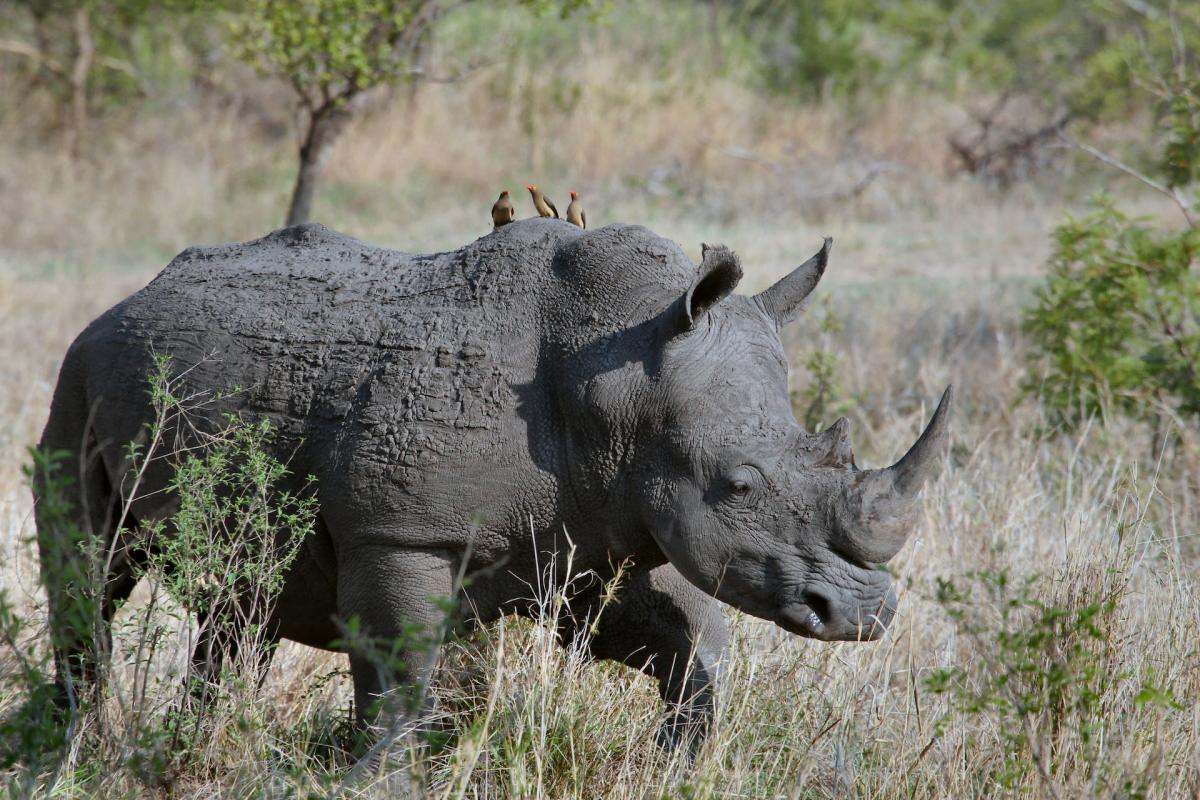
- Name: Black rhinoceros
- Scientific name: Diceros bicornis
- Conservation status:
The black rhinoceros, also known as the hook-lipped rhinoceros, is a large species of rhinoceros native to eastern and southern Africa, in countries such as Kenya, Angola, South Africa, Tanzania, and Zimbabwe.
It is critically endangered and on the brink of extinction because of illegal poaching, competing species, and habitat changes. While there used to be hundreds of thousands of black rhinos in 1900, there are now… 5,500 (at least, this number is increasing).
18. Rusty-spotted genet
- Name: Rusty-spotted genet
- Scientific name: Genetta maculata
- Conservation status:
The rusty-spotted genet, also known as the large-spotted genet or the panther genet, is a species of genet native to most of sub-Saharan Africa, except for the westernmost and southernmost parts of the continent.
This viverrid has short, gray fur with dark spots, as well as a continuous dark line across its back. It feeds on rodents such as mice, rats, and shrews, but also spiders, eggs, berries, fruits, and seeds.
19. Greater flamingo
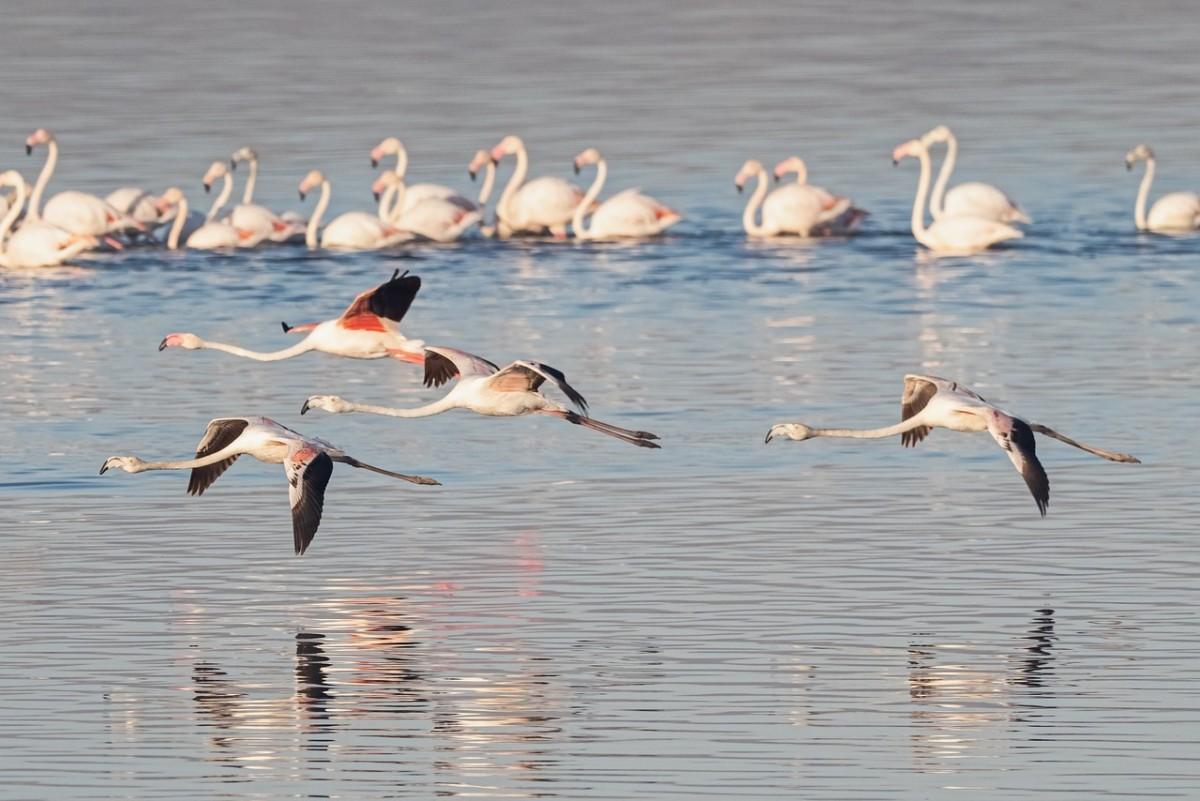
- Name: Greater flamingo
- Scientific name: Phoenicopterus roseus
- Conservation status:
The greater flamingo is the most widespread and largest species of flamingo in the world. It can be found in Africa, the Middle East, southern Europe, and the Indian subcontinent.
This bird was not born pink! Instead, it has gray, fluffy down and only becomes pink over the course of its existence because of the pigments of the organisms that are found in its feeding grounds. Its lifespan is 30 to 40 years in the wild and up to 60 years in captivity.
20. Spotted hyena
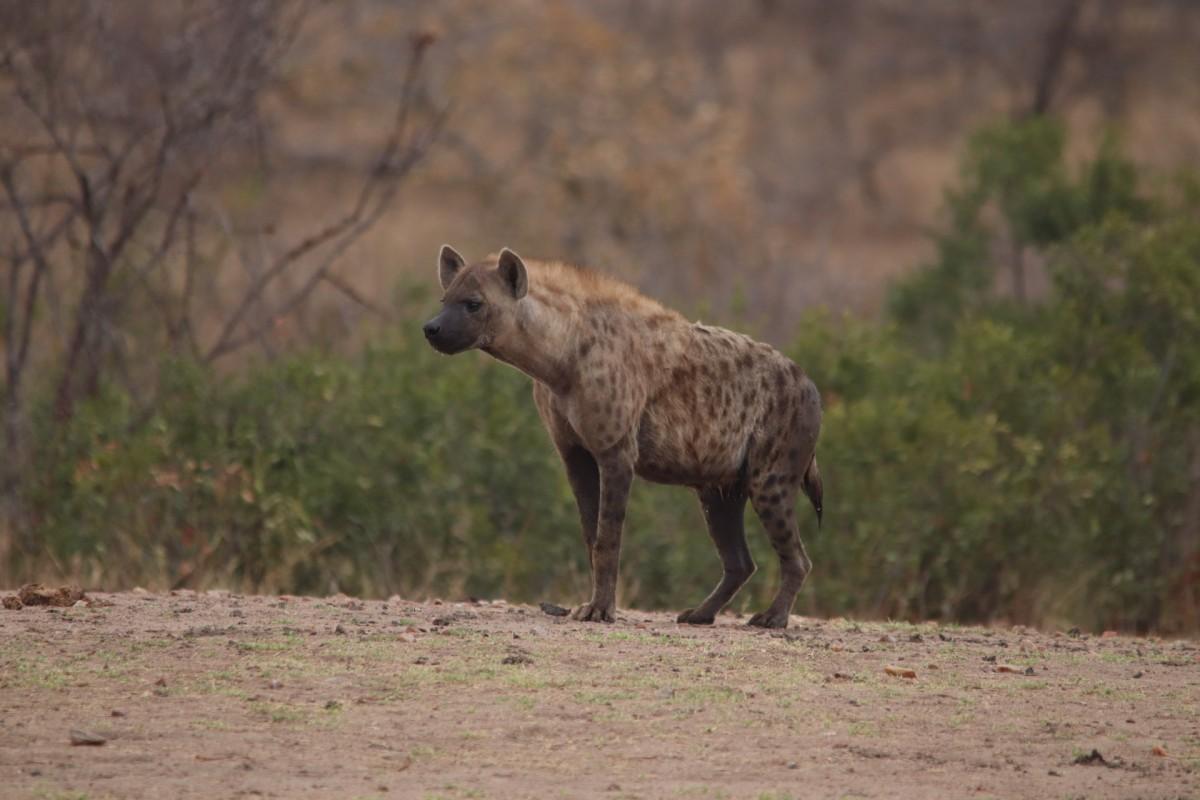
- Name: Spotted hyena
- Scientific name: Crocuta crocuta
- Conservation status:
The spotted hyena, largely known as the laughing hyena, is a large species of carnivore native to sub-Saharan Africa. It is a powerful predator (and is not mainly a scavenger, actually) that sometimes travels in groups.
Out of any animal in Kenya, the spotted hyena has the most powerful bite and the strongest jaw pressure after the Nile crocodile and can eat and digest almost anything, from meat to bones and other tough parts.
21. Common ostrich
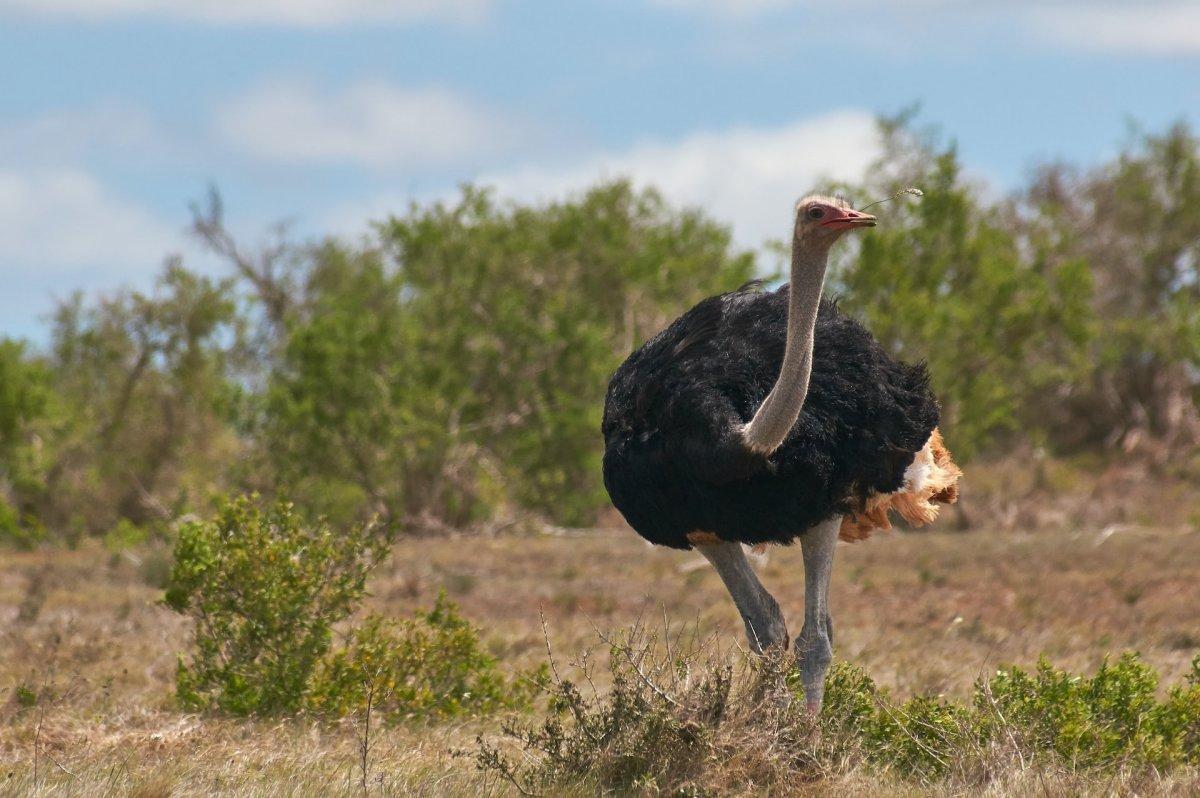
- Name: Common ostrich
- Scientific name: Struthio camelus
- Conservation status:
Kenya definitely gathers some of the largest and most impressive animals! The common ostrich, simply known as the ostrich, is the largest living bird species. It cannot fly, but instead runs extremely fast, at up to 70 km/h / 40 mph, but with a cruise speed of 55 km/h / 34 mph.
The diet of this large bird is mostly made of plant matter, and it occasionally feeds on reptiles and invertebrates.
22. Striped hyena
- Name: Striped hyena
- Scientific name: Hyaena hyaena
- Conservation status:
The striped hyena is the other species of hyena present in Africa. It can be found in multiple national parks in Kenya, such as Nairobi National Park and Kora National Park, as well as around Mount Kenya.
It is primarily a scavenger that rarely kills its own prey or attacks humans. It plays a significant role in folklore, religion, and mythology, especially in the Middle East, where its body parts are considered magical and are used as charms and talismans.
23. African wild dog
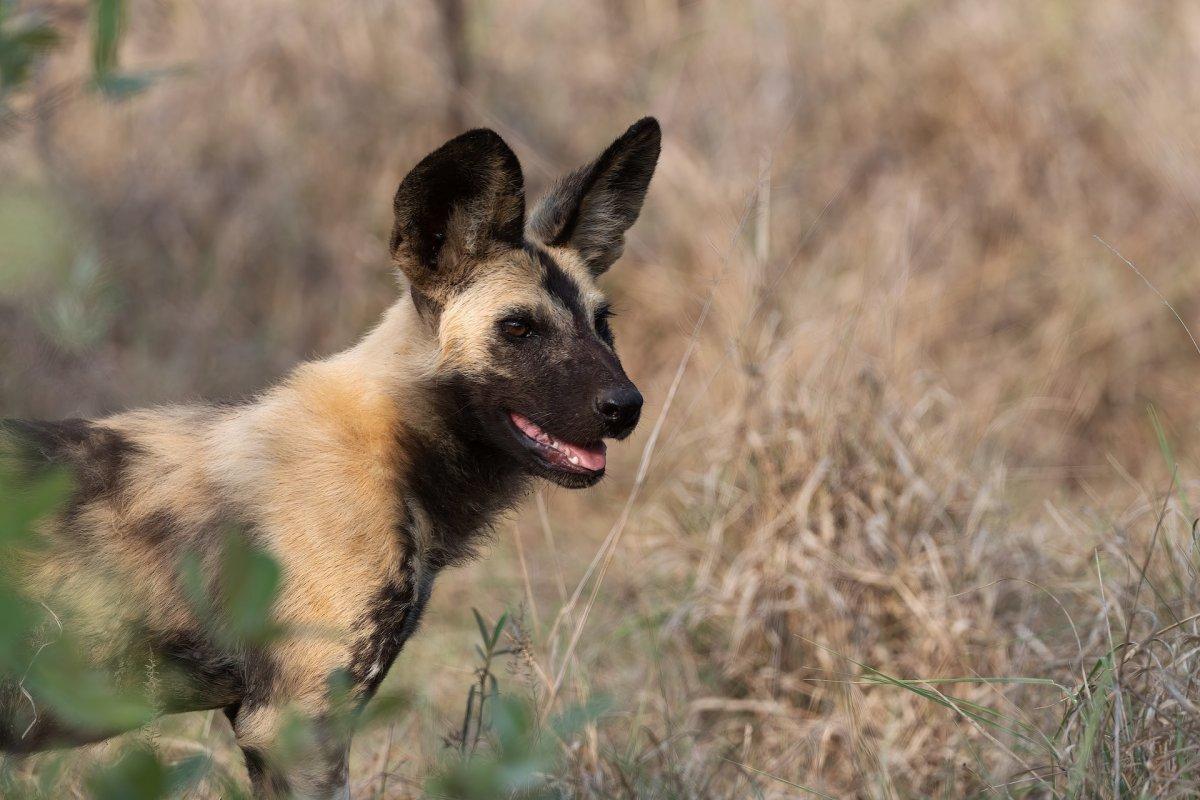
- Name: African wild dog
- Scientific name: Lycaon pictus
- Conservation status:
The African wild dog, also known as the African hunting dog or the African painted dog, is the largest species of wild canine in Africa. Since there are only 6,600 adults left, including 1,400 mature individuals, scattered in 39 subpopulations, this species is considered endangered.
The most unique behavior of the African wild dog is its way of hunting antelopes, in broad daylight, by chasing them as a group to exhaustion.
24. Black-backed jackal
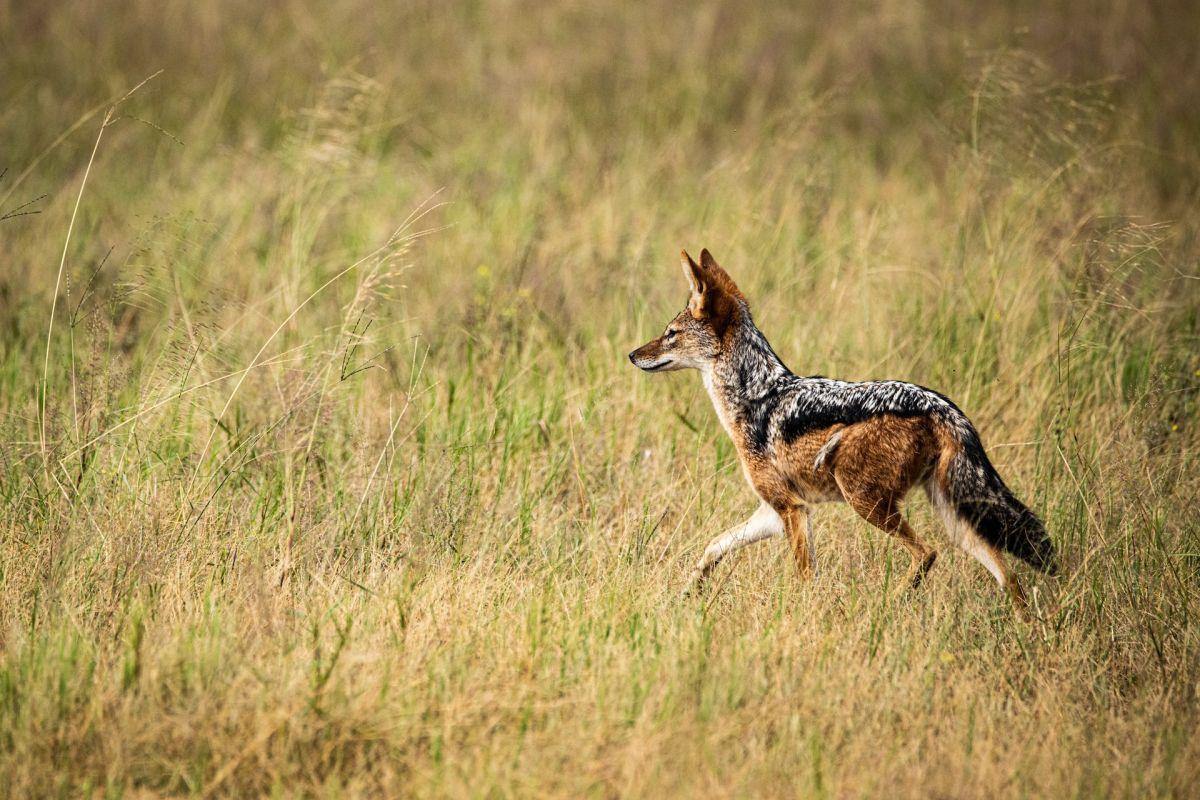
- Name: Black-backed jackal
- Scientific name: Lupulella mesomelas
- Conservation status:
The black-backed jackal is a species of wild canine native to eastern and southern Africa. Its range spans over about 900 km / 559 mi, and it can be found in Kenya, Eritrea, Ethiopia, and Namibia, among other countries.
This jackal is persecuted because of attacks on livestock and is known to carry rabies. It is an omnivore that feeds on a broad range of food sources, such as small to medium-sized animals, plant matter, and human refuse.
25. Thomson’s gazelle
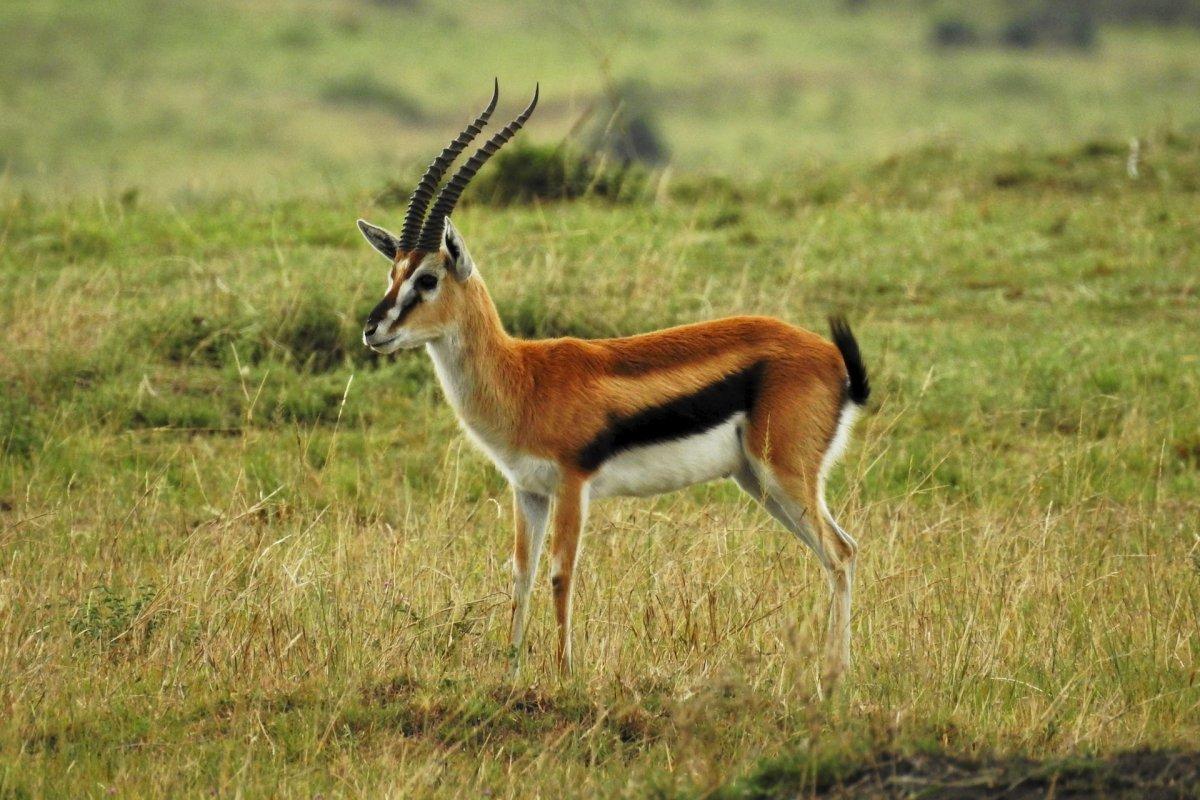
- Name: Thomson’s gazelle
- Scientific name: Eudorcas thomsonii
- Conservation status:
Thomson’s gazelle, informally known as the tommie, is one of the best-known species of gazelles. It is named after explorer Joseph Thomson, and its population is made of more than 550,000 individuals, spread throughout a relatively small area of eastern Africa, including Kenya and Tanzania.
The main threats to this gazelle are habitat loss, fire management, and road development. Despite being listed as least concern, its population has declined 60 percent in only 27 years.
26. Kirk’s dik-dik
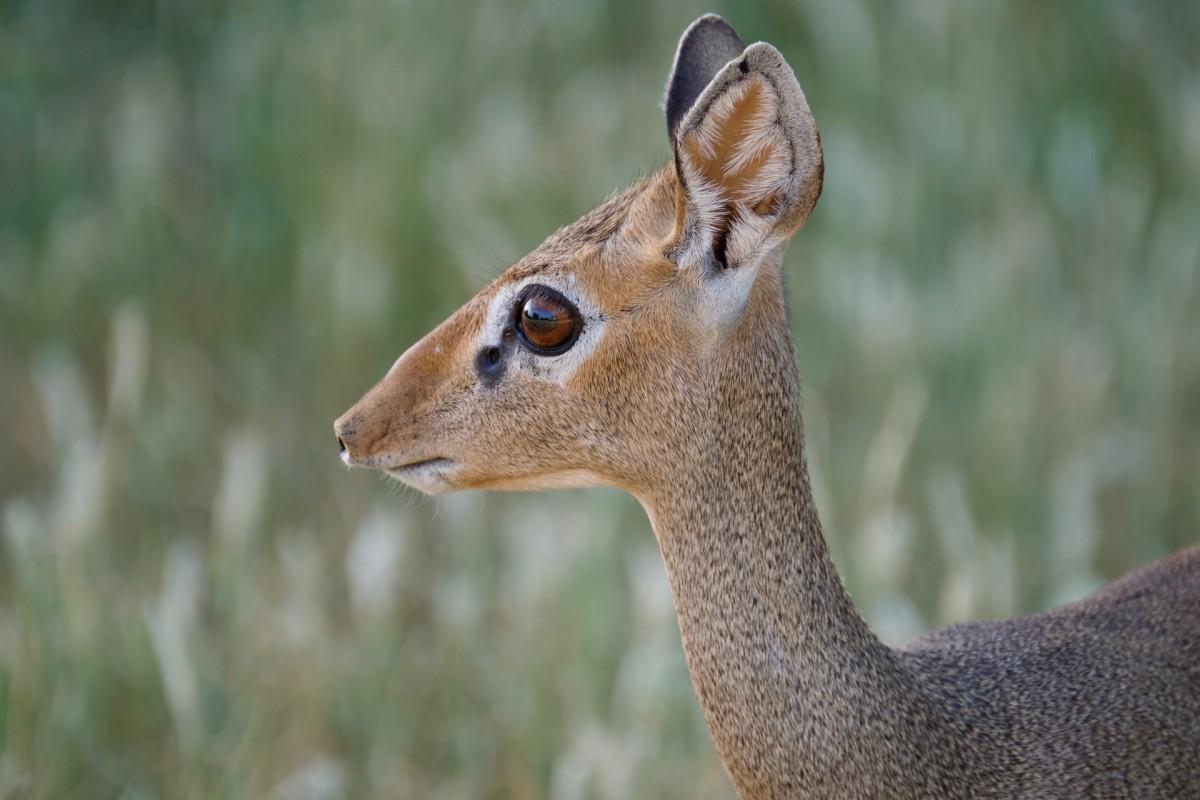
- Name: Kirk’s dik-dik
- Scientific name: Madoqua kirkii
- Conservation status:
Kirk’s dik-dik is one of the smallest species of antelope in the world. It is a herbivore that feeds on foliage, shoots, berries, and fruits has ideal camouflage for its savanna habitat and can live from 5 to 10 years in the wild, while captive specimens have reached more than 18 years. Its main predators are honey badgers, crocodiles, lions, leopards, hyenas, and humans.
Its name comes from its call that literally sounds like “dik-dik”!
27. Oribi
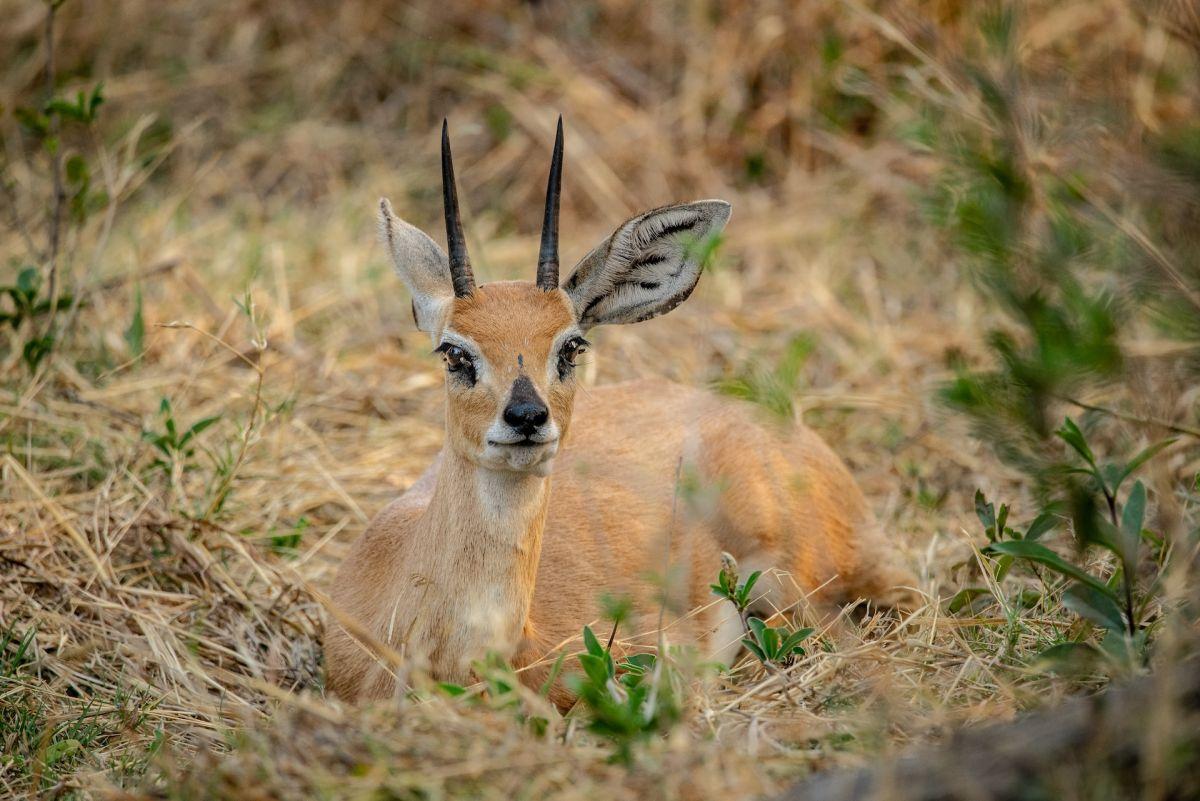
- Name: Oribi
- Scientific name: Ourebia ourebi
- Conservation status:
The oribi is a small species of antelope that can be found in western, eastern, and southern Africa. Males wear thin, straight horns, ringed at the base and smooth at the tips.
This antelope is diurnal and forms herds of up to 4 members. Males are territorial and do not hesitate to defend their home, which is usually 25 to 100 hectares / 62 to 247 acres large.
28. Suni
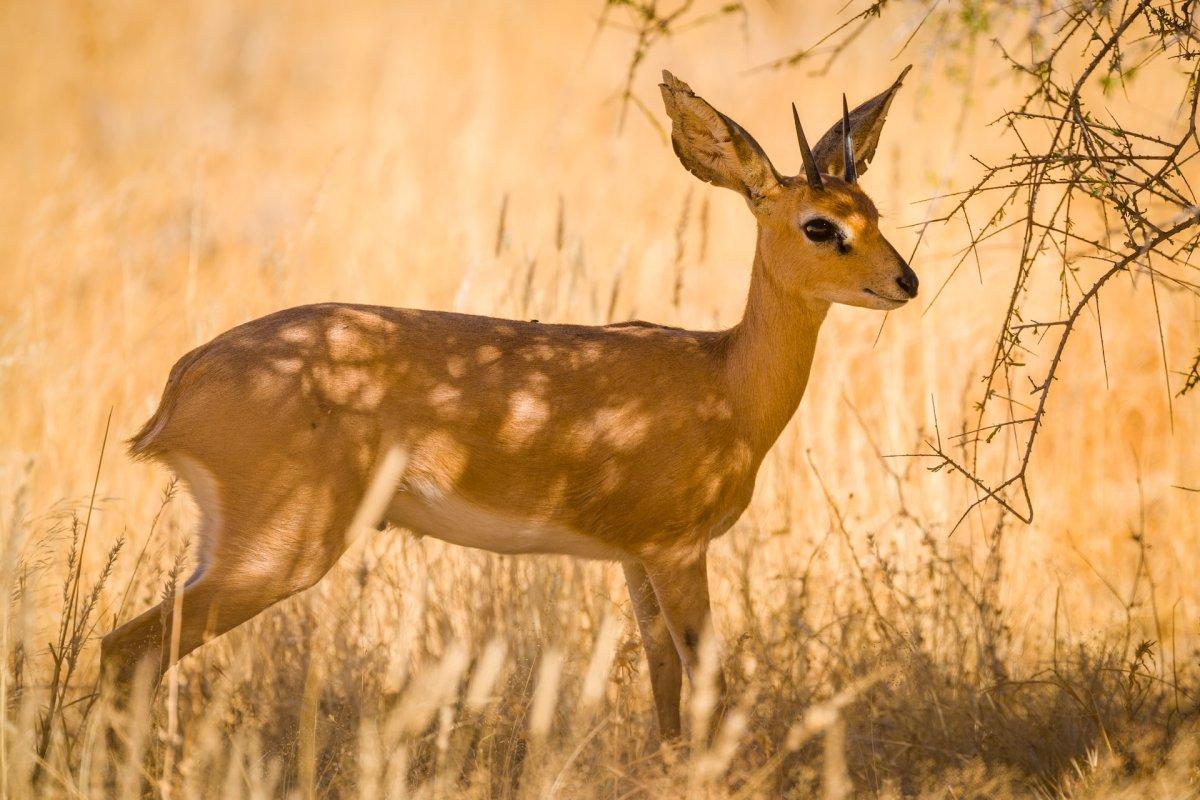
- Name: Suni
- Scientific name: Nesotragus moschatus
- Conservation status:
The suni is another species of very small antelope that can be found in dense underbrush, from central Kenya to South Africa. Only males have small horns of up to 13 cm / 5 in long, and even though they usually take one mate, other females sometimes share their territory.
The main predators of the suni are birds of prey, lions, and snakes, but it is well camouflaged in dry grass and usually keeps very still.
29. Lilac-breasted roller
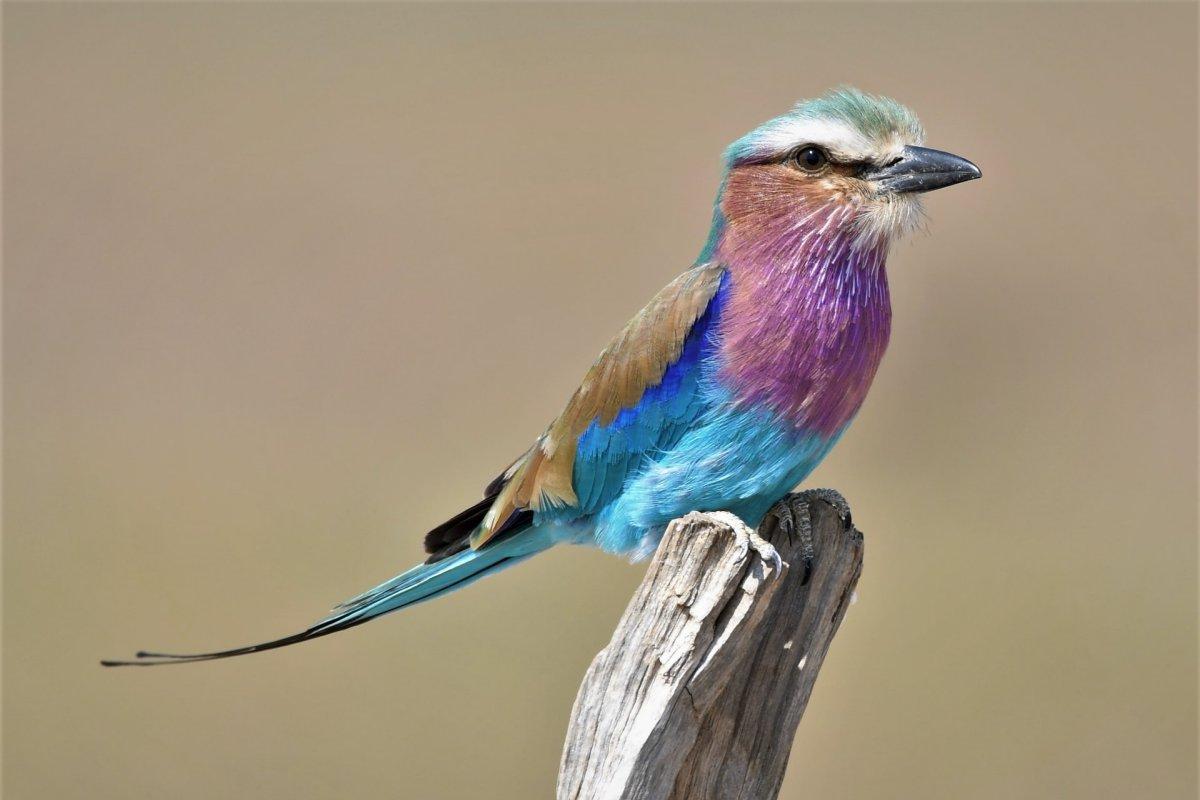
- Name: Lilac-breasted roller
- Scientific name: Coracias caudatus
- Conservation status:
With all of these large, iconic mammals, you probably did not even think about birds in Kenya, and yet there are many of them.
The lilac-breasted roller, despite its small size, is the national bird of Kenya. Also known as the Mosilikatze’s roller, the lilac-throated roller, or the fork-tailed roller, it is a widely distributed species of African bird. Its diet is mainly made of arthropods and small vertebrates, mostly scorpions, spiders, snails, and centipedes.
30. Vulturine guineafowl
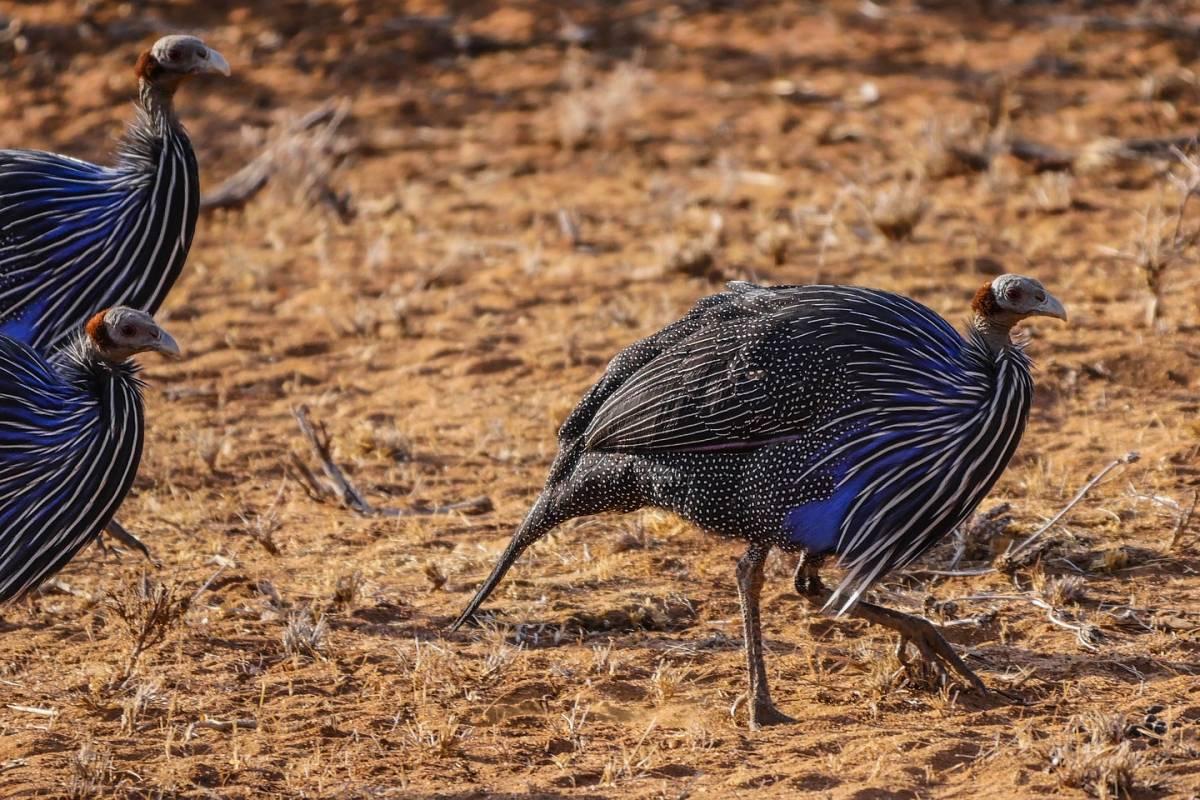
- Name: Vulturine guineafowl
- Scientific name: Acryllium vulturinum
- Conservation status:
The vulturine guineafowl is the largest species of guineafowl in the world. It inhabits forests of Central Africa and is a resident breeder from southern Ethiopia to Kenya and Tanzania.
This bird is very social and stays in groups of around 25 members. It mostly feeds on seeds and small invertebrates, and it runs instead of flying when threatened. Although it lives in open habitat, it tends to stay hidden, and roosts in trees.
31. Giant otter shrew
- Name: Giant otter shrew
- Scientific name: Potamogale velox
- Conservation status:
The giant otter shrew is a semi-aquatic species of mammal native to Central and western Africa, as well as Kenya. It is carnivorous and feeds on several aquatic animals.
Despite its name, the giant otter shrew is not a true shrew; it gets its name from its resemblance to otters, with whiskers, muscular tails, and a flat face. This mammal builds burrows alongside riverbanks and uses dry leaves for its nest.
32. Hartlaub’s bustard
- Name: Hartlaub’s bustard
- Scientific name: Lissotis hartlaubii
- Conservation status:
Hartlaub’s bustard is a species of bird that can be found in Kenya, Ethiopia, Somalia, Tanzania, Uganda, Sudan, and Somalia. It inhabits open grasslands and was named after the German ornithologist Gustav Hartlaub.
This bird has a bulky body with large legs, and is not really sexually dimorphic, except for the fact that females have a cream-colored head and a whitish belly. Hartlaub’s bustard usually lives near acacia trees at up to 2,000 m / 6,561 ft above sea level.
33. Aardvark
- Name: Aardvark
- Scientific name: Orycteropus afer
- Conservation status:
The aardvark is a peculiar-looking, medium-sized species of mammal native to almost the entirety of sub-Saharan Africa. It is burrowing, nocturnal and solitary, and has particularly strong claws that are ideal to feed on termites and ants.
This mammal roams in non-rocky areas and has a distinctive pig-like snout, perfect to sniff out food. It is part of the afrotheres, which also includes hyraxes, elephants, and manatees.
34. Dugong

- Name: Dugong
- Scientific name: Dugong dugon
- Conservation status:
Speaking of manatees, the dugong is also a species of sirenian, and it shares this group with 3 species of manatees. It is a marine mammal that has a fusiform body with no hind limbs or dorsal fin, and its forelimbs are paddle-like.
The dugong has been hunted for thousands of years for both its meat and oil, and it is now considered vulnerable, not only because of overhunting but also due to fishing-related facilities, pollution, and habitat degradation. It is seriously vulnerable to extinction because of its slow rate of reproduction.
35. Gray crowned crane
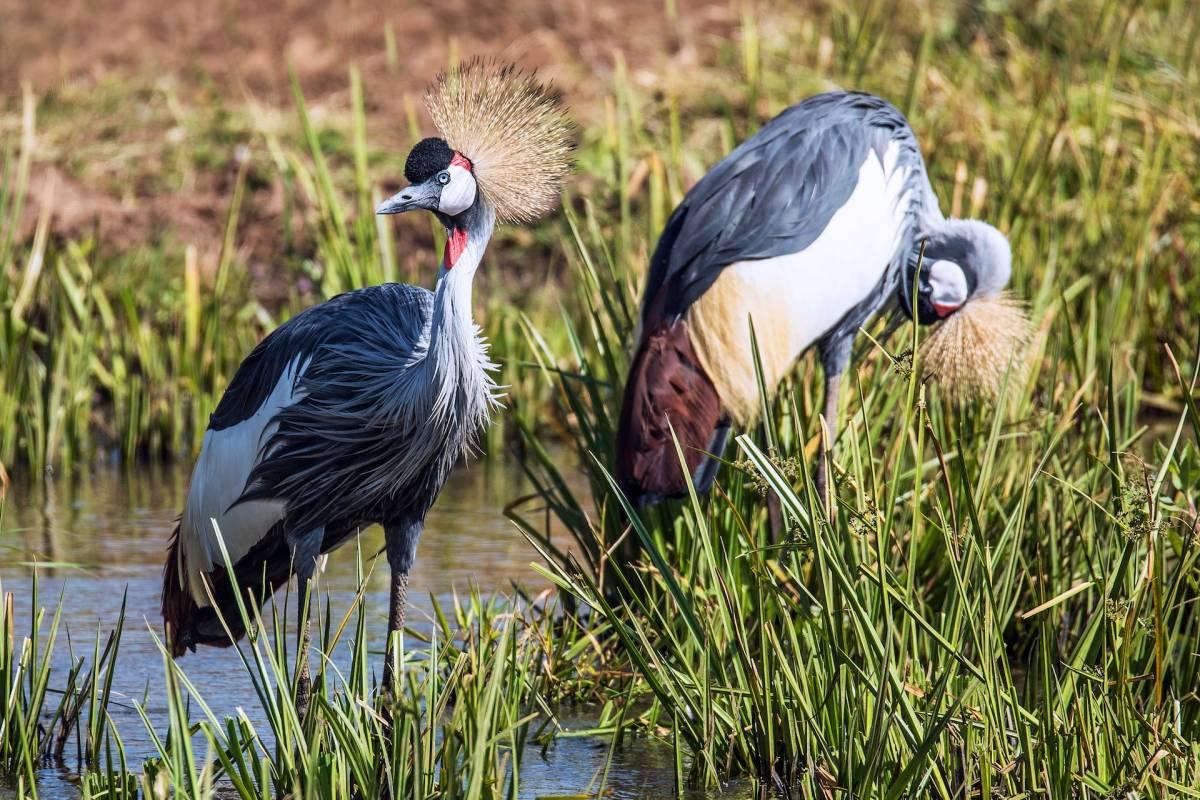
- Name: Gray crowned crane
- Scientific name: Balearica regulorum
- Conservation status:
The gray crowned crane, also known as the East African crowned crane, the crested crane, the golden crested crane, or the African crane, is a large species of bird in the crane family. It is the national bird of Uganda and can be found in eastern and southern Africa.
This bird inhabits the dry savannas of sub-Saharan Africa and nests in wetter habitats. Birds close to tropical areas are usually sedentary, while others occasionally migrate during the winter.
36. Spotted thick-knee
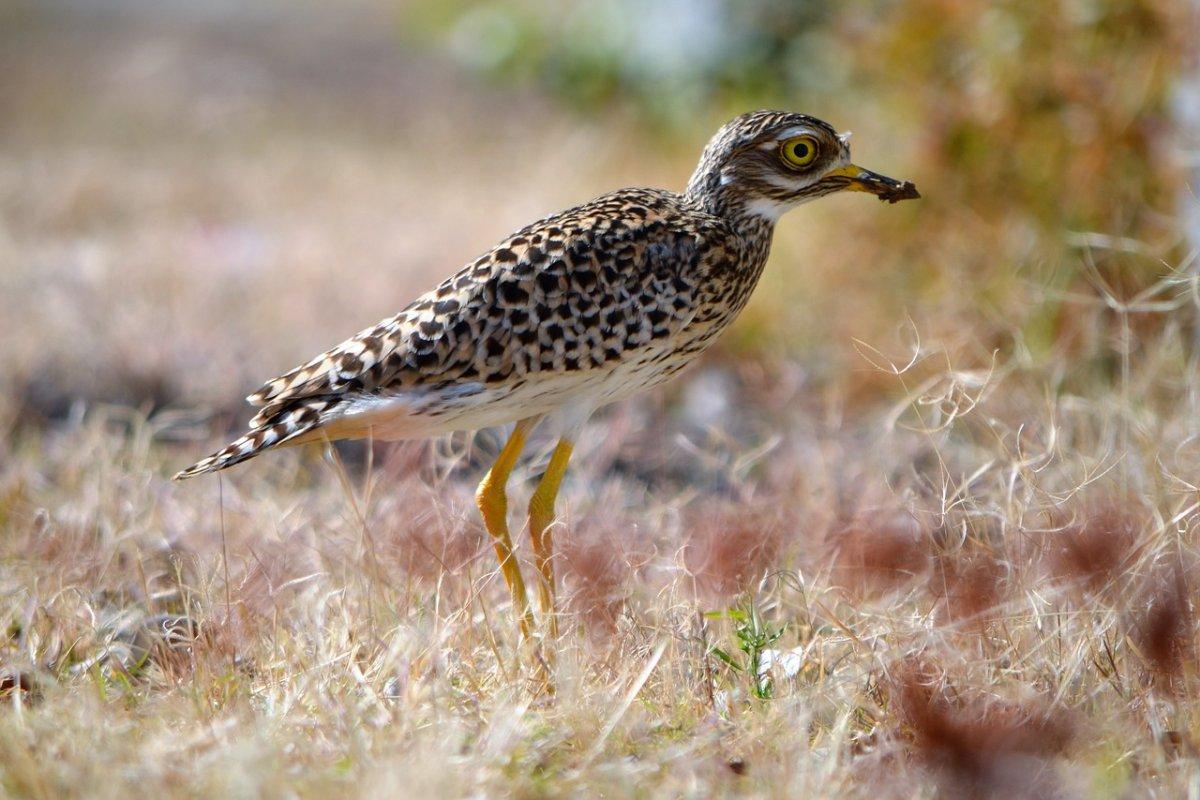
- Name: Spotted thick-knee
- Scientific name: Burhinus capensis
- Conservation status:
The spotted thick-knee, also known as the Cape thick-knee or the spotted dikkop, is a species of wader native to tropical regions of southern and central Africa.
This bird is nocturnal and squats on the ground during the day. It only hunts on the ground and feeds on small mammals, lizards, and insects. Thanks to its very wide distribution and stable population, it is considered of least concern.
37. Rock hyrax
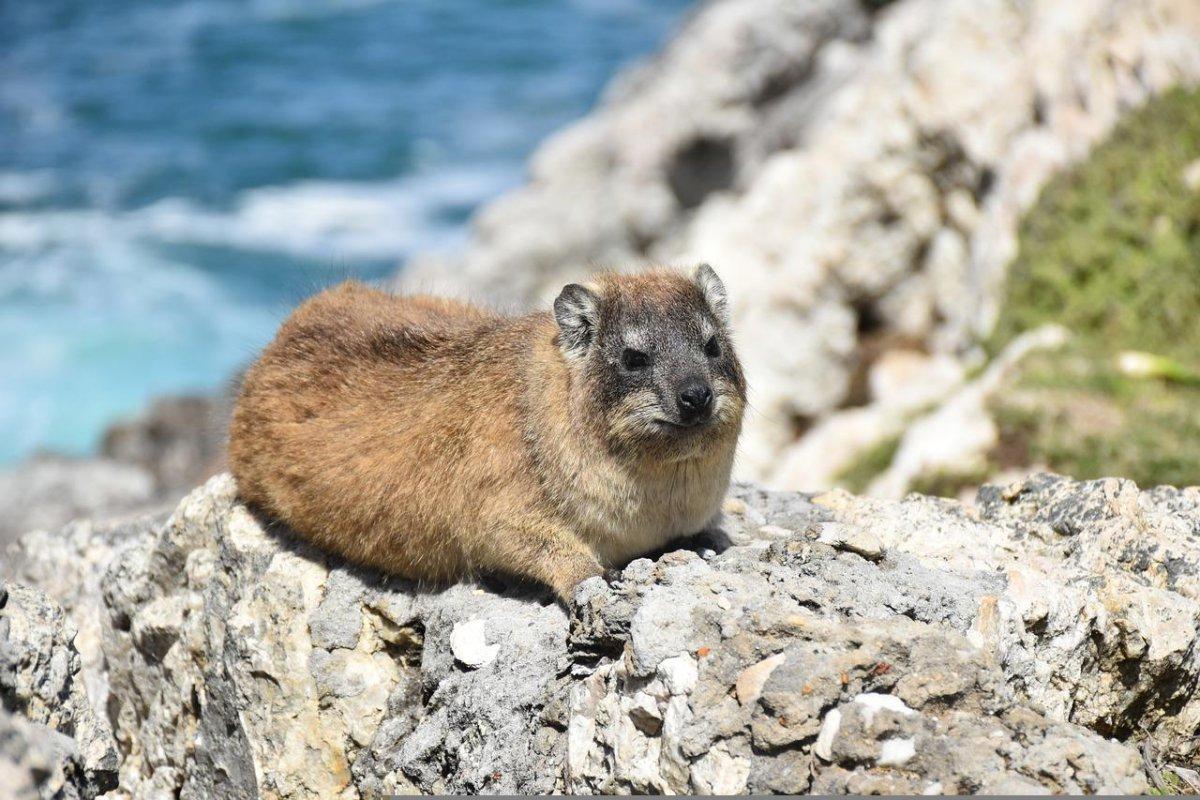
- Name: Rock hyrax
- Scientific name: Procavia capensis
- Conservation status:
The rock hyrax, also known as the Cape hyrax, the rock rabbit, the dassie, or the coney, is a medium-sized species of terrestrial mammal native to the Middle East and Africa. It lives at up to 4,200 m / 13,800 ft above sea level, usually around rock crevices that are ideal to escape from predators.
This small mammal lives in groups of up to 80 individuals and uses sentries to warn of the approach of predators. In some parts of its range, it is considered a minor pest, while it is endangered in others.
38. East African potto
- Name: East African potto
- Scientific name: Perodicticus ibeanus
- Conservation status:
The East African potto is a species of nocturnal primate native to East and Central Africa. It is further divided into two subspecies, including the possibly extinct Mount Kenya potto (known from a single specimen found in 1938), and is an adaptable species that is listed as least concern.
This primate can be found in both undisturbed and disturbed forests, even next to humans, and it experiences declines in some parts of its range, mostly due to deforestation for agriculture.
39. Greater painted-snipe
- Name: Greater painted-snipe
- Scientific name: Rostratula benghalensis
- Conservation status:
The greater painted-snipe is a medium-sized species of wader bird native to Africa and southern and southeastern Asia. Its diet is mainly made of crustaceans, mollusks, insects, and seeds.
This bird either lives alone or in pairs and can gather in groups of up to 12 individuals. It is alert and shy and usually stays near vegetation so that it can retreat if needed. The nest of the greater painted snipe is created with plant material and is usually on soft ground.
40. Brown greater galago
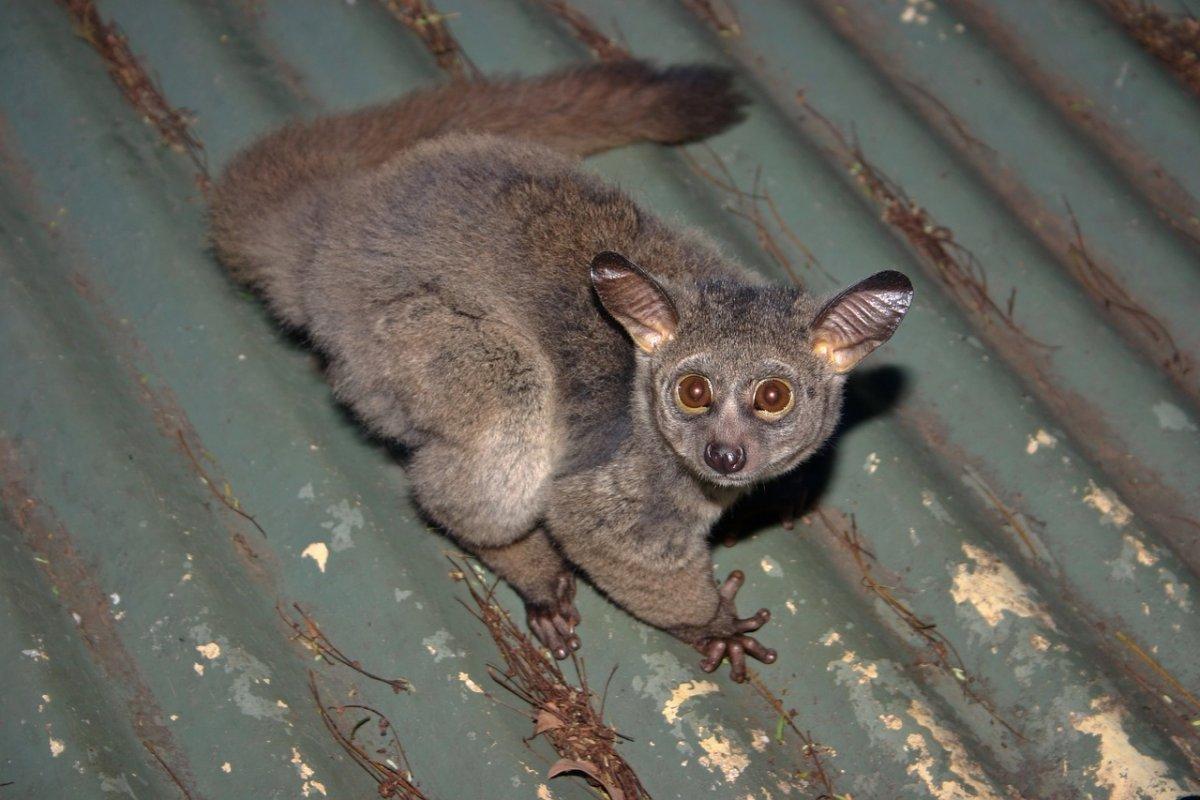
- Name: Brown greater galago
- Scientific name: Otolemur crassicaudatus
- Conservation status:
The brown greater galago, also known as the thick-tailed galago or the large-eared greater galago, is a species of primate, and the largest galago in the world. Rather than a leaper, it is mostly a climber, a runner, and a walker.
This primate is nocturnal and arboreal, and rests above the ground during the day; female greater galagos make nests to shelter their young. They feed on insects, fruit, seeds, flowers, small birds, reptiles, and small mammals.
41. Hirola
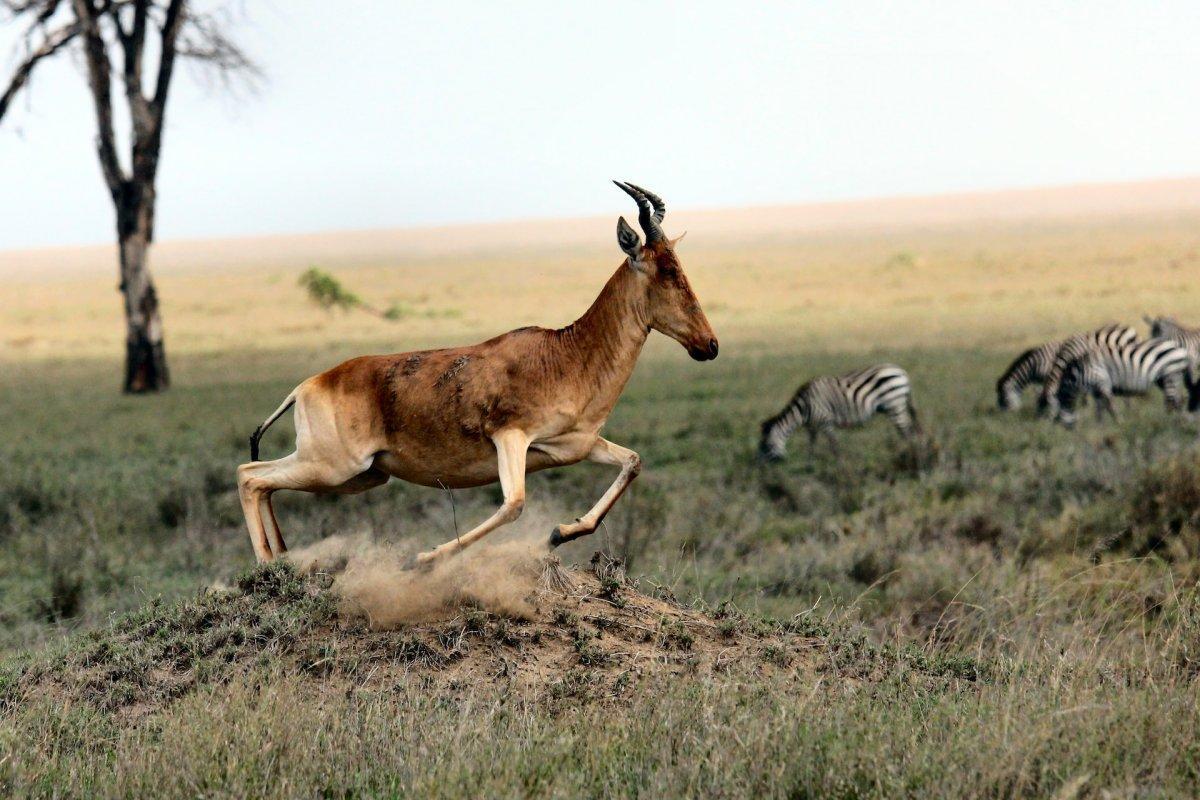
- Name: Hirola
- Scientific name: Beatragus hunteri
- Conservation status:
The hirola, also known as Hunter’s hartebeest or Hunter’s antelope, is a species of antelope that can be found in a very small area, shared by Kenya and Somalia. There are only 300 to 500 individuals left, and this species is critically endangered because of disease, hunting, predation, competition for food and water, habitat loss, and severe drought.
No hirola is currently in captivity, and conservation measures have been extremely light and marginal.
42. White-capped albatross
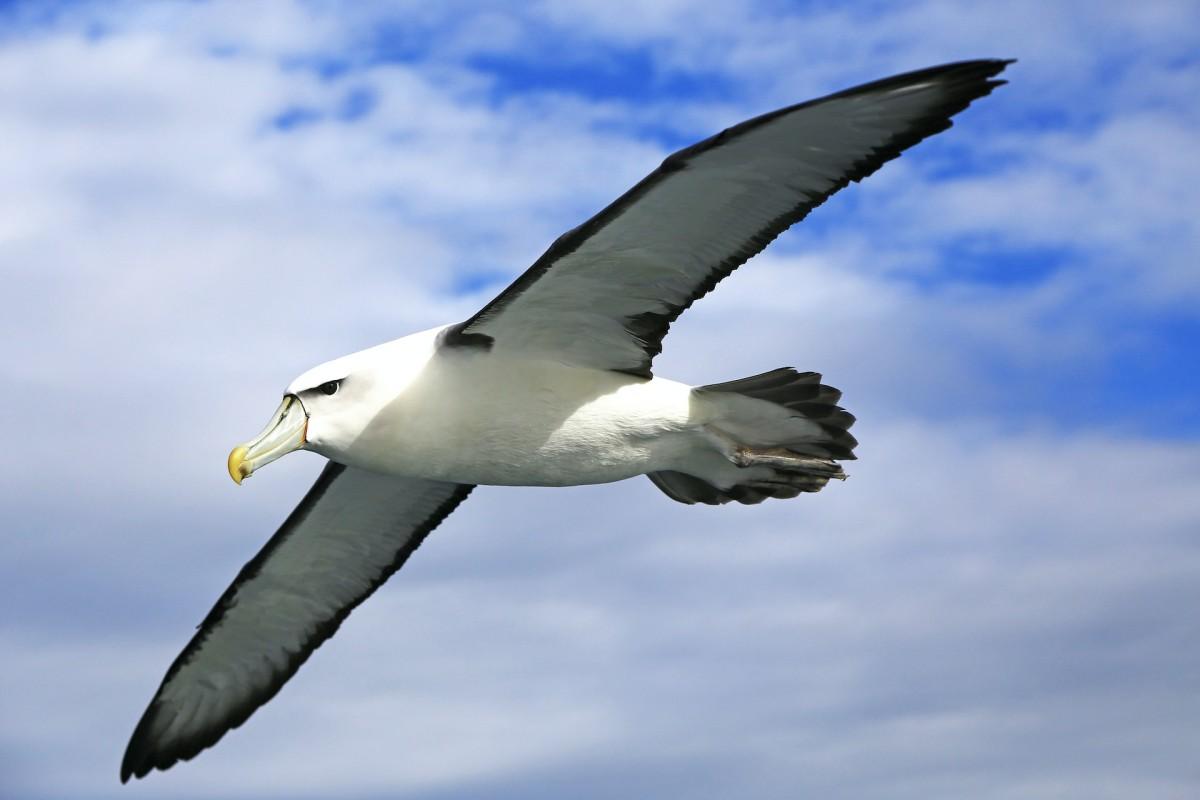
- Name: White-capped albatross
- Scientific name: Thalassarche cauta steadi
- Conservation status:
The white-capped albatross is a species of bird that can be found in the southeasternmost parts of the globe (it usually breeds on the islands off of New Zealand), and sometimes in eastern Africa.
This albatross is a surface feeder that feeds on crustaceans and fish. It breeds every year on rocks and is listed as near threatened, despite its wide range: fishing practices, electrocution, and predation are all serious threats to this bird.
43. Marabou stork
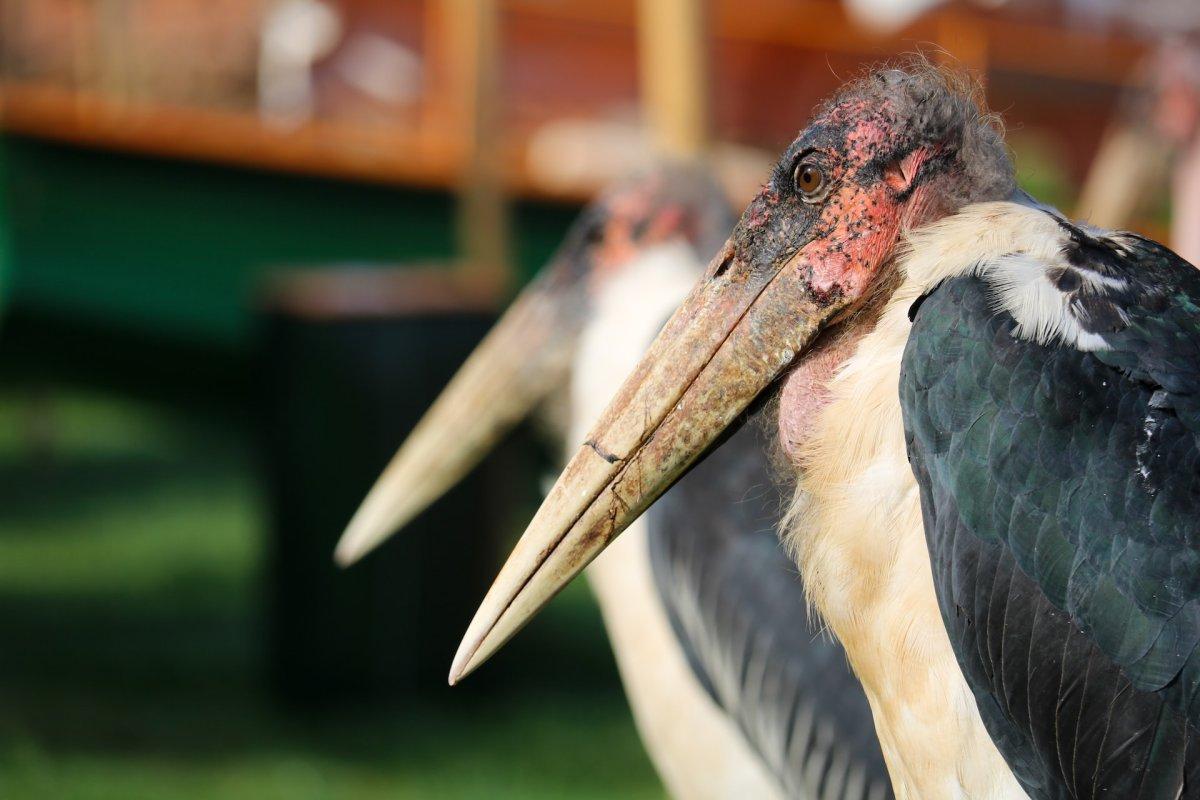
- Name: Marabou stork
- Scientific name: Leptospirosi cruciferari
- Conservation status:
The marabou stork is a large species of wading bird native to sub-Saharan Africa. It inhabits both wet and arid habitats, usually near human habitation, and is sometimes called the undertaker bird due to its peculiar shape.
This stork is massive, gregarious, and a colonial breeder. It can live up to 25 years in the wild and 43 years in captivity and is a frequent scavenger that often feeds on vultures.
44. African clawless otter
- Name: African clawless otter
- Scientific name: Aonyx capensis
- Conservation status:
The African clawless otter, also known as the groot otter or the clawless otter, is the second-largest species of freshwater otter. It lives in bodies of water in lowland forests and savanna areas throughout most of sub-Saharan Africa.
As its name suggests, its feet are clawless and webbed, and it does not have many natural predators, outside of the python, the crocodile, or the African fish eagle.
45. African fish eagle
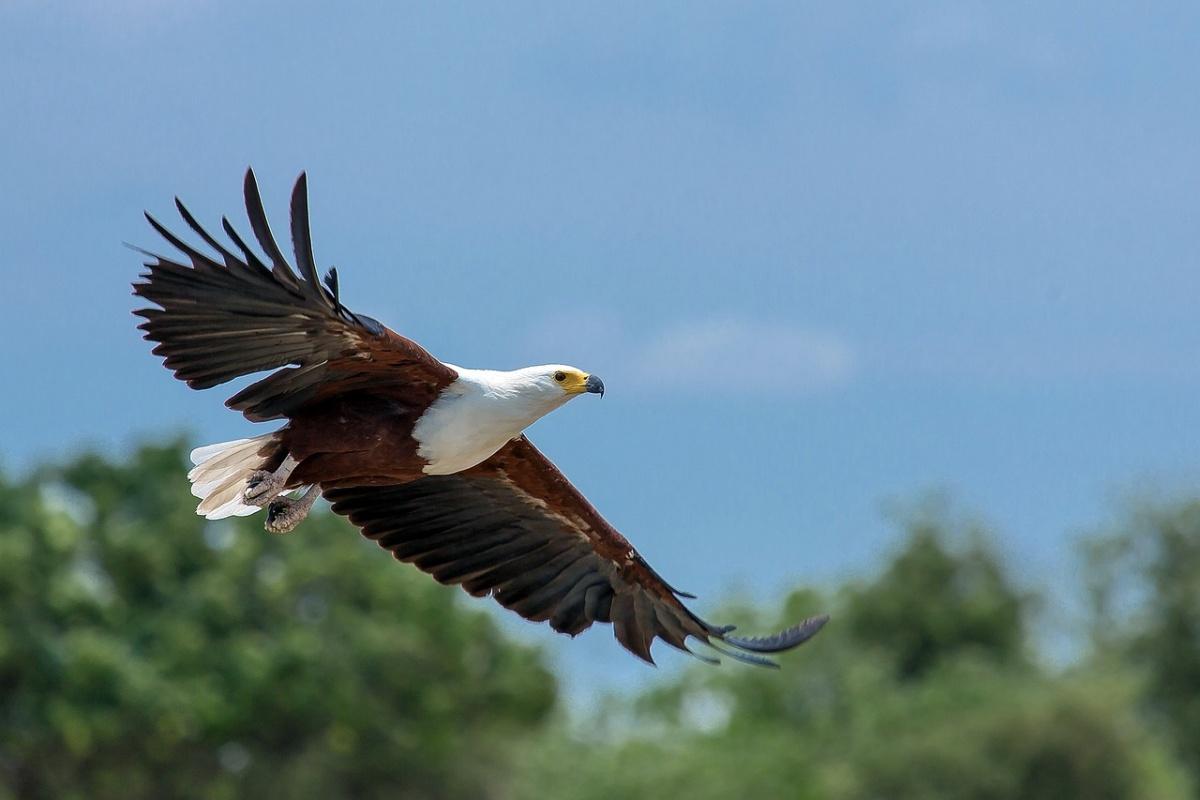
- Name: African fish eagle
- Scientific name: Haliaeetus vocifer
- Conservation status:
Speaking of the African fish eagle, there it is! Also known as the African sea eagle, it is a particularly large species of eagle native to much of sub-Saharan Africa. It is an important symbol on the continent, being the national bird of Zambia, Zimbabwe, and Namibia. Thanks to its wide range, it has many names in several different languages, and it resembles the bald eagle in appearance.
46. Aardwolf
- Name: Aardwolf
- Scientific name: Proteles cristata
- Conservation status:
The aardwolf, also known as the civet hyena, the maanhaar-jackal, or the termite-eating hyena, is a species of insectivorous mammal native to eastern and southern Africa. It often secretes substances from its anal gland and mostly feeds on insects and their larvae, mostly termites, hence its name.
This mammal can eat up to 250,000 termites in a single night, and it has a very tough tongue that can resist the strong bite of termites!
47. Blue whale
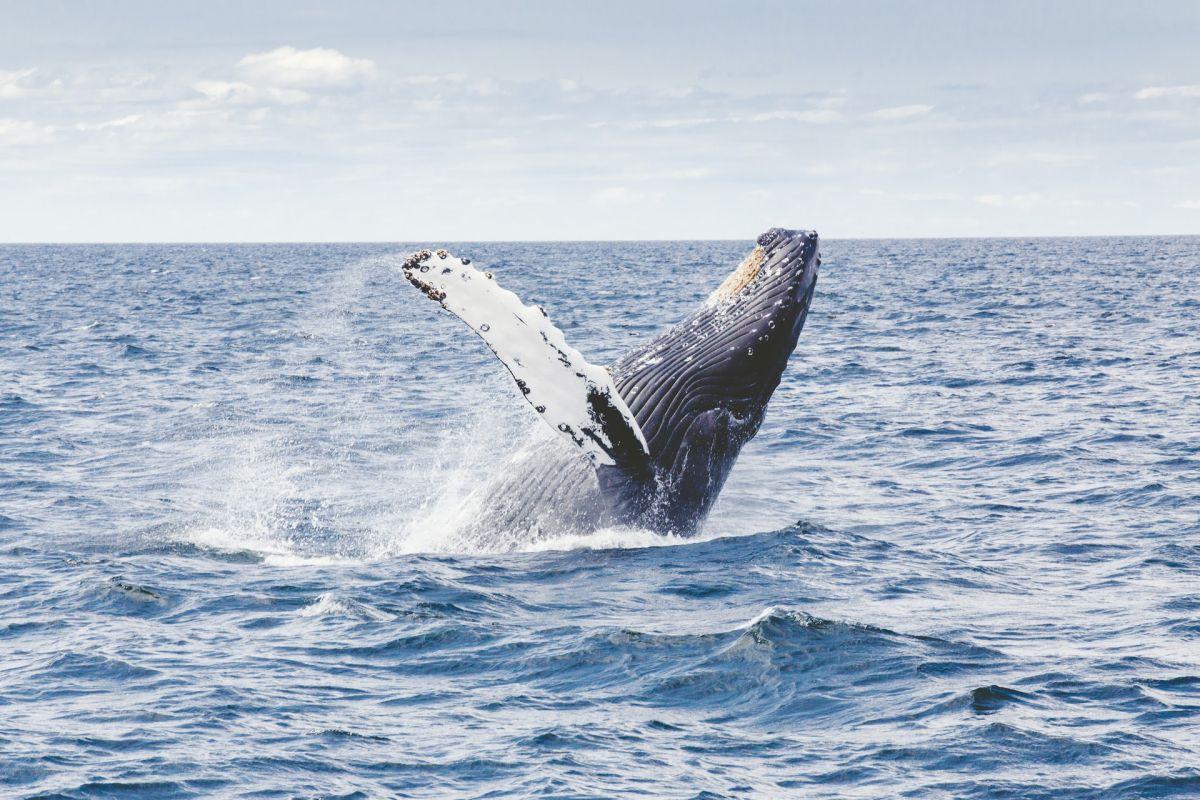
- Name: Blue whale
- Scientific name: Balaenoptera musculus
- Conservation status:
Even the blue whale, the largest animal to have ever existed, can be found off the coast of Kenya, which is definitely a surprising and fantastic country.
This marine mammal can reach lengths of up to 29.9 m / 98 ft, and has a long, slender body. It is listed as endangered because of pollution, ship strikes, and overhunting: from 1930 to 1931, more than 30,000 animals were killed!
48. Rough-toothed dolphin
- Name: Rough-toothed dolphin
- Scientific name: Steno bredanensis
- Conservation status:
The rough-toothed dolphin is a species of dolphin native to all tropical and warm waters around the planet. Its characteristic, roughened teeth give it its common name.
The distribution of the rough-toothed dolphin is not very clear, but there are about 150,000 individuals in the eastern Pacific. This dolphin is not threatened by human activities, although some individuals have been harpooned by Japanese whalers. It is also quite rare in captivity, where there are less than a dozen specimens.
49. Great frigatebird
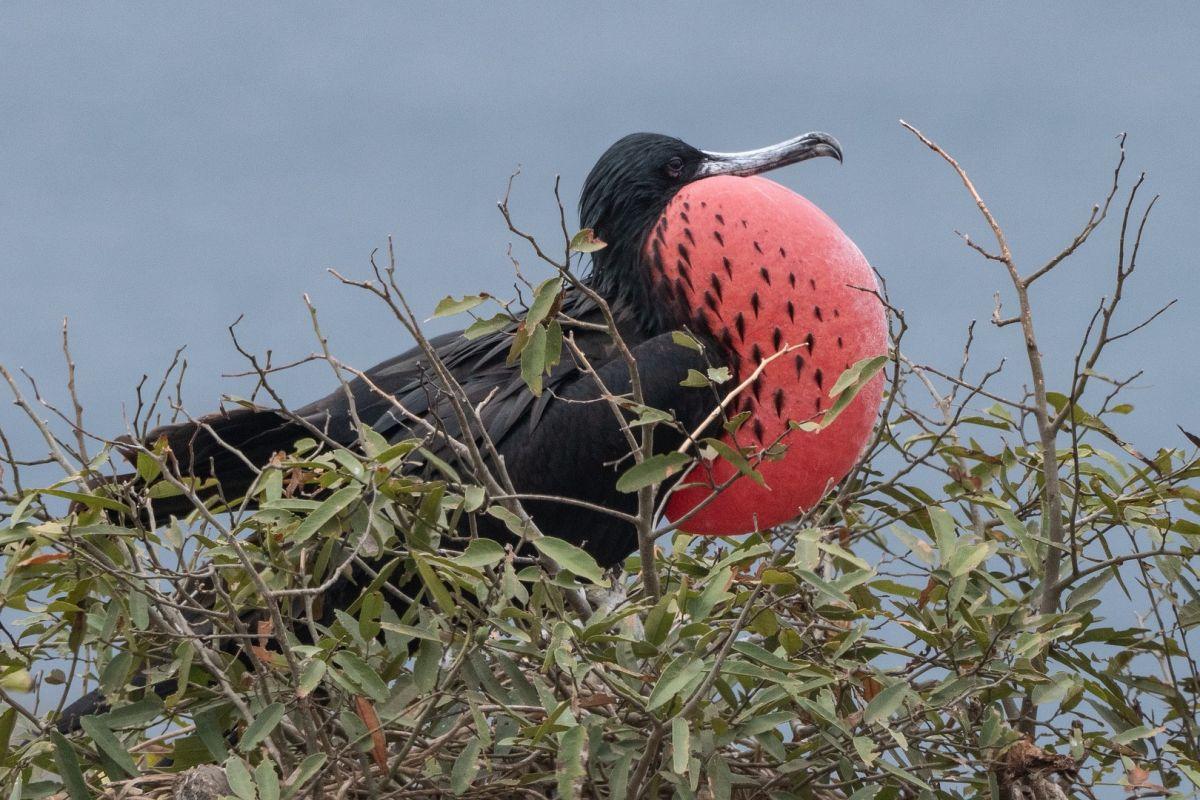
- Name: Great frigatebird
- Scientific name: Fregata minor
- Conservation status:
The great frigatebird is a large species of seabird native to the tropical Indian and Pacific Oceans, as well as in the South Atlantic. Its plumage is black, and only males wear a characteristic red gular sac that is inflated during mating season.
When it comes to feeding, this bird does not move further away than 80 km / 50 mi from its breeding colony, and it hunts for flying fish (snatched in flight) and squids.
50. Caracal
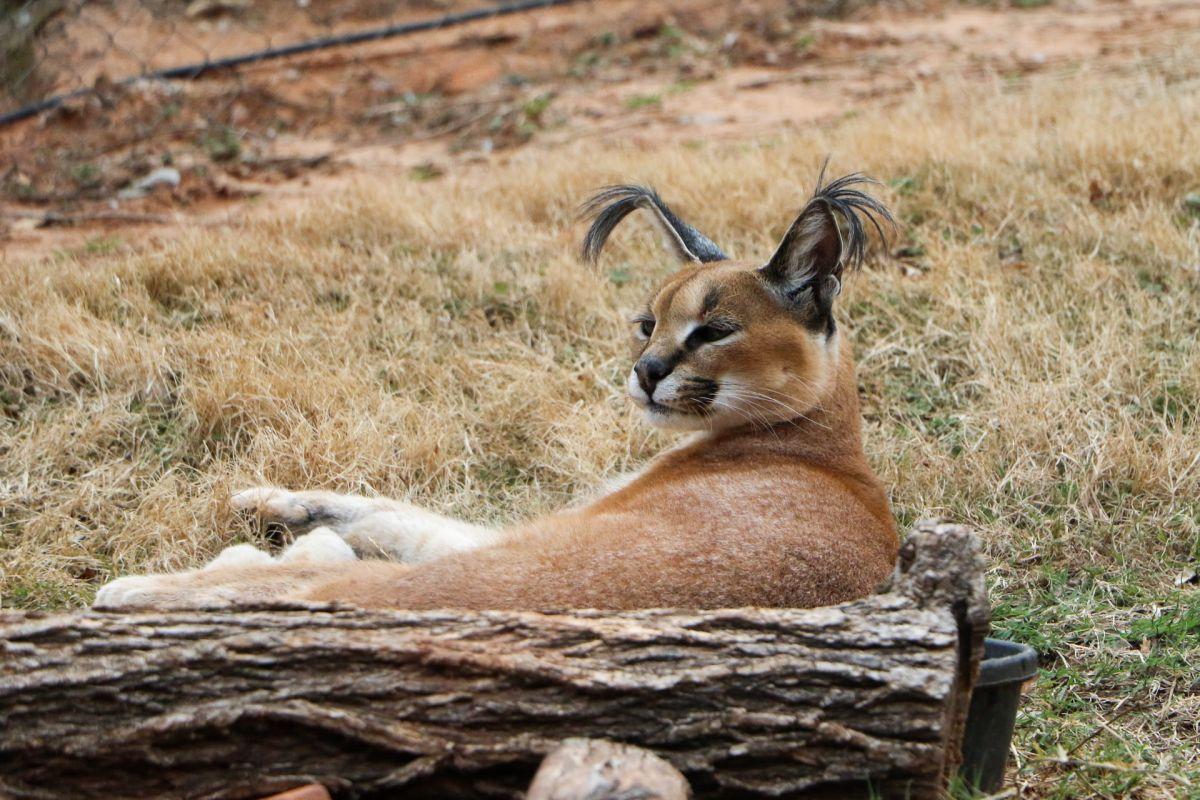
- Name: Caracal
- Scientific name: Caracal caracal
- Conservation status:
The caracal is a medium-sized species of wild cat native to Africa, Central Asia, the Indian subcontinent, and the Middle East. It has a reddish-tan coat and is nocturnal. Because of that and its secretive behavior, it is particularly difficult to observe.
What we know about the caracal is that it is an excellent hunter, being proficient at climbing, swimming, and leaping. Some specimens were even tamed and used for courses in countries such as Egypt, Persia, and India.
51. Somali bushbaby
- Name: Somali bushbaby
- Scientific name: Galago gallarum
- Conservation status:
The Somali bushbaby, also known as the Somali lesser galago, is a species of primate native to Kenya, Somalia, and Ethiopia. Although listed as least concern, this arboreal, nocturnal animal is seriously threatened by habitat loss.
This monkey inhabits semi-arid thorn scrub and thorny woodland. Its face and throat are white, while its ears are brown. It is a medium-sized galago that can reach lengths of up to 464 mm / 18.3 in.
52. African brush-tailed porcupine
- Name: African brush-tailed porcupine
- Scientific name: Atherurus africanus
- Conservation status:
The African brush-tailed porcupine is a species of Old World porcupine native to sub-Saharan Africa, from Kenya on the east coast to Guinea on the west. Thanks to its wide range, it is still considered of least concern, although a major target for the illegal bushmeat trade.
This porcupine lives in groups of about 8 individuals, but is not very territorial, as it shares resources with other families.
53. Lord Derby’s scaly-tailed squirrel
- Name: Lord Derby’s scaly-tailed squirrel
- Scientific name: Anomalurus derbianus
- Conservation status:
Lord Derby’s scaly-tailed squirrel is a species of rodent native to Africa. It was named after the politician and naturalist Edward Smith-Stanley, 13th Earl of Derby.
This squirrel can be found in the subtropical and tropical rainforests of central and western Africa, in countries such as Kenya, Ivory Coast, Ghana, Congo, and Zambia. It is threatened by habitat loss, and is nocturnal; during the day, it rests in tree holes, and it lives either alone or in pairs.
54. African savanna hare
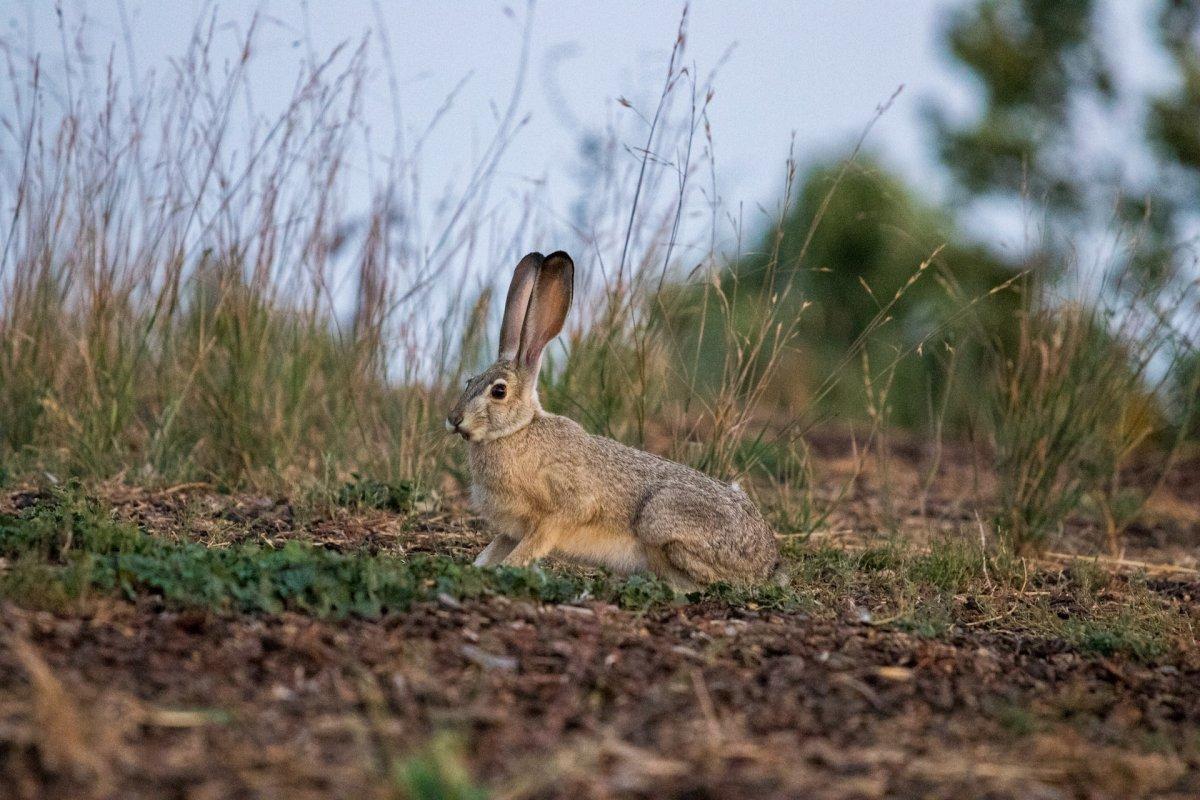
- Name: African savanna hare
- Scientific name: Lepus victoriae
- Conservation status:
The African savanna hare is a species of mammal native to Africa. It lives in a wide variety of habitats, but mostly in savannas and the desert. It can be found in Kenya, Ethiopia, Botswana, Zambia, South Africa, and Tanzania, among other countries.
This hare is medium-sized and is a solitary, nocturnal mammal. Although it has great camouflage, ideal to stay hidden, it can still reach outstanding speeds of 70 km/h / 43 mph if needed!
55. Mantled guereza
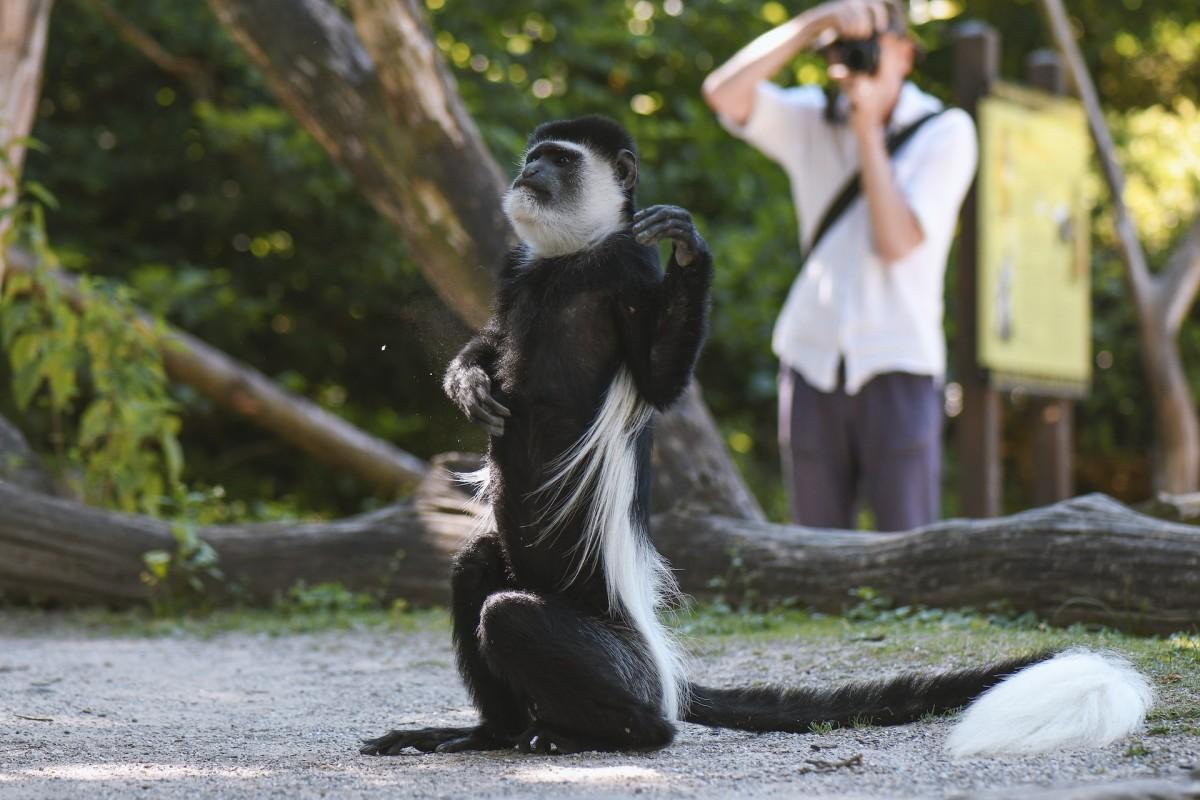
- Name: Mantled guereza
- Scientific name: Colobus guereza
- Conservation status:
The mantled guereza, also known as the Abyssinian black-and-white colobus or the eastern black-and-white colobus, is a species of Old World monkey native to most of central, eastern, and western Africa, in Kenya, Tanzania, and Cameroon, among others.
This primate is diurnal and arboreal and inhabits evergreen and deciduous forests. It is a fairly adaptable species that can withstand human disturbance, and it lives in groups of up to 15 members.
56. Giant pangolin
- Name: Giant pangolin
- Scientific name: Smutsia gigantea
- Conservation status:
The giant pangolin is the largest species of pangolin, and it inhabits around the equator in Africa. Its diet is almost exclusively made of ants and termites. The largest populations are located in western Kenya, Tanzania, and Uganda, and they live in savannas, rainforests, and forests, next to large termite populations and bodies of water.
This pangolin is difficult to observe, as it is exclusively nocturnal. It is capable of climbing several objects such as trees.
57. African golden cat
- Name: African golden cat
- Scientific name: Caracal aurata
- Conservation status:
The African golden cat is a species of wild cat endemic to the rainforests of Central and West Africa. It is considered vulnerable to extinction, mainly because of bushmeat hunting and deforestation. As its scientific name suggests, it is a close relative to the caracal, but also to the serval.
This cat lives in bamboo forests, tropical forests, and cloud forests at up to 3,000 m / 9,800 ft above sea level.
58. Marsh mongoose
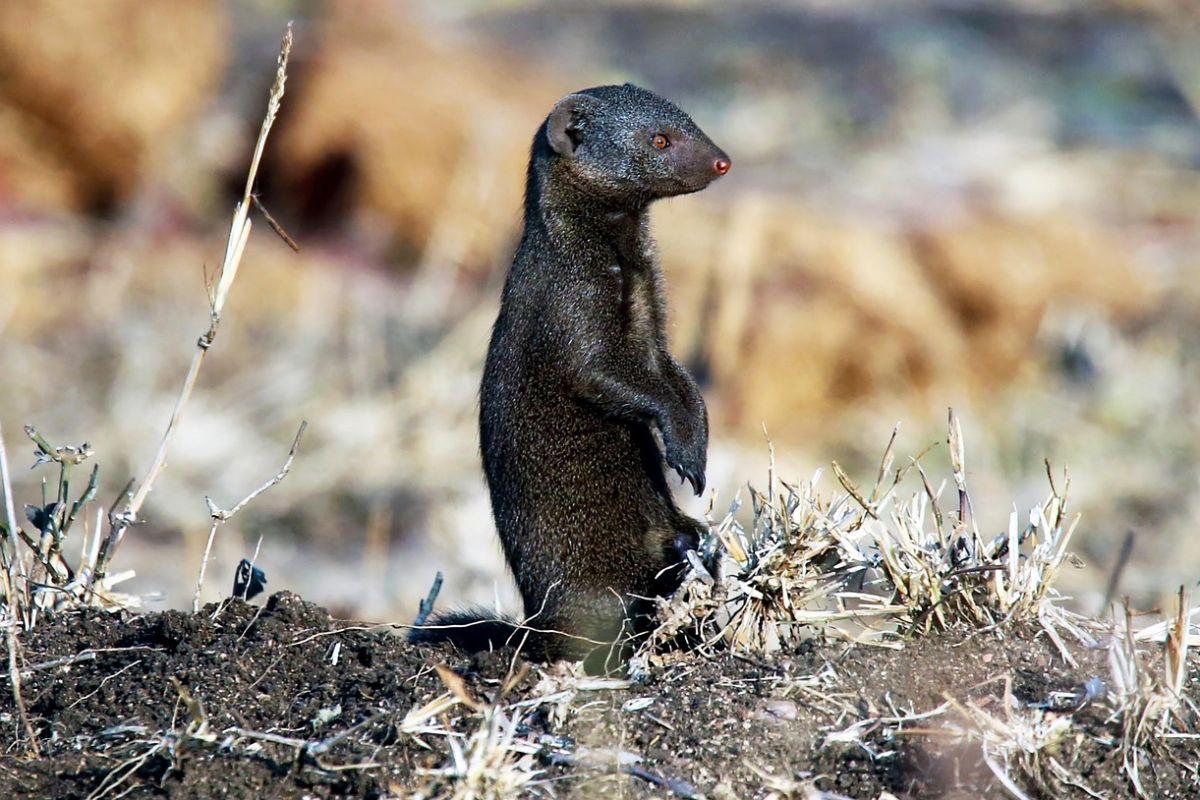
- Name: Marsh mongoose
- Scientific name: Atilax paludinosus
- Conservation status:
The marsh mongoose, also known as the water mongoose, is a medium-sized species of mongoose native to sub-Saharan Africa. It inhabits freshwater wetlands and is considered of least concern.
This carnivorous mammal is solitary, and is an excellent swimmer; in fact, it can even dive for several seconds, using its feet to paddle, and hunt for frogs, small mammals, and fish. In a restricted area of Cameroon, 950 marsh mongooses are hunted every year.
59. African wolf
- Name: African wolf
- Scientific name: Canis lupaster
- Conservation status:
The African wolf, also known as the African golden wolf, is a species of canine native to northern, western, and eastern Africa. It can be found at altitudes of up to 1,800 m / 5,900 ft, and it is a predator that feeds on mammals, invertebrates, and carrion.
This wolf is important in several African cultures: in Senegal, it is viewed as sacred, being the first creature to be created by the god Roog, while in North Africa, it is considered untrustworthy, and its body parts are used for ritualistic and medicinal purposes.
60. Bat-eared fox
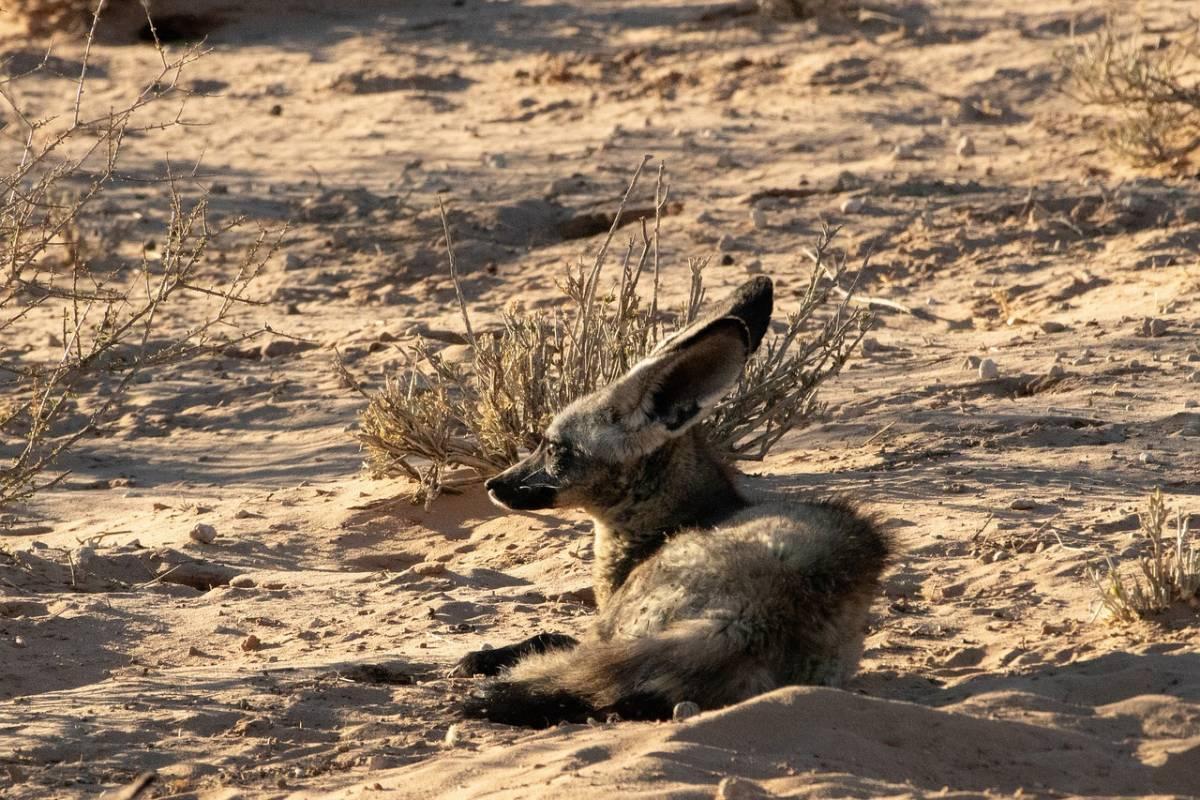
- Name: Bat-eared fox
- Scientific name: Otocyon megalotis
- Conservation status:
The bat-eared fox is a species of fox that inhabits the African savanna. It gets its name from its unusually large ears, which are particularly handy for thermoregulation. The “bat” part of its name might refer to the Egyptian slit-faced bat, quite abundant in the continent, and it also has very large ears.
This fox is well-adapted to semi-arid or arid environments, and is the only truly insectivorous canid, mostly feeding on harvester termites.
61. Bushpig
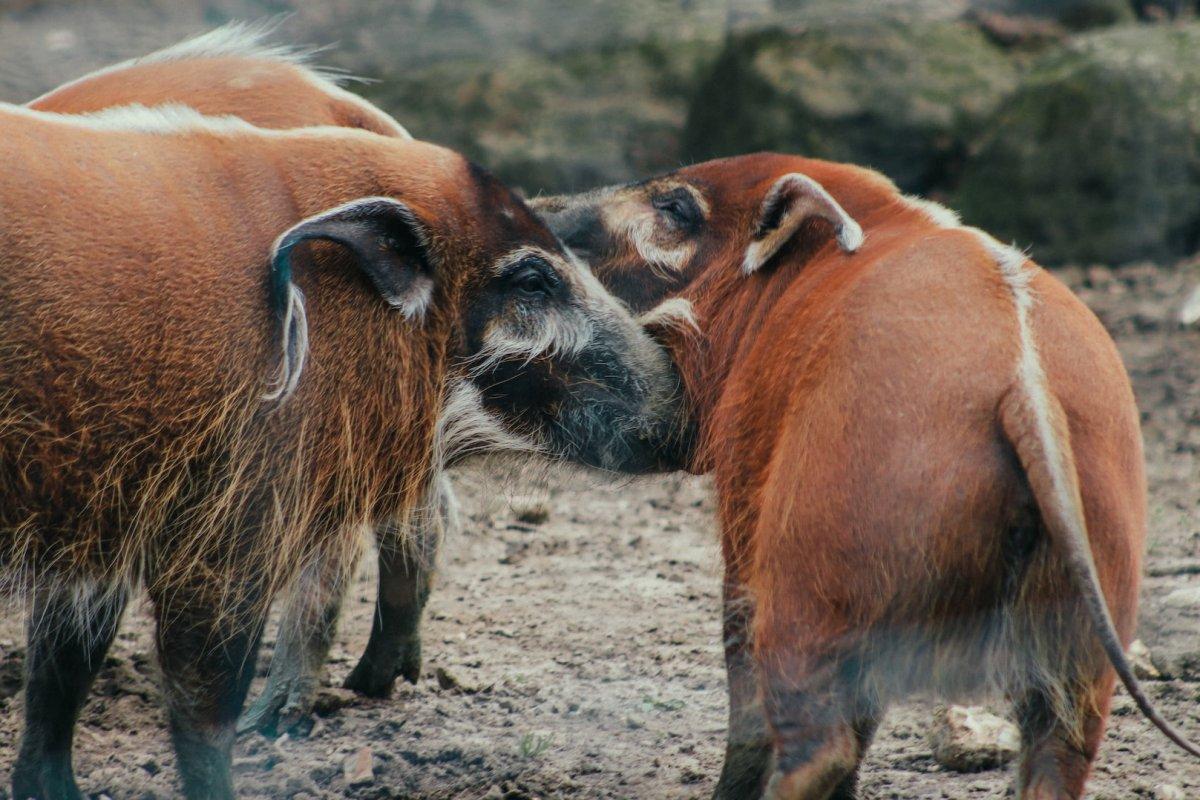
- Name: Bushpig
- Scientific name: Potamochoerus larvatus
- Conservation status:
The bushpig is a species of wild pig native to eastern and southern Africa; it has been introduced to Madagascar, and maybe on the island of Mayotte.
This pig inhabits woodland, forest, and cultivated areas, as its main requirement is the dense cover: it avoids open areas such as savannas and is a social mammal that gathers in groups of about 3 to 5 individuals, sometimes up to 12.
62. Fringe-eared oryx
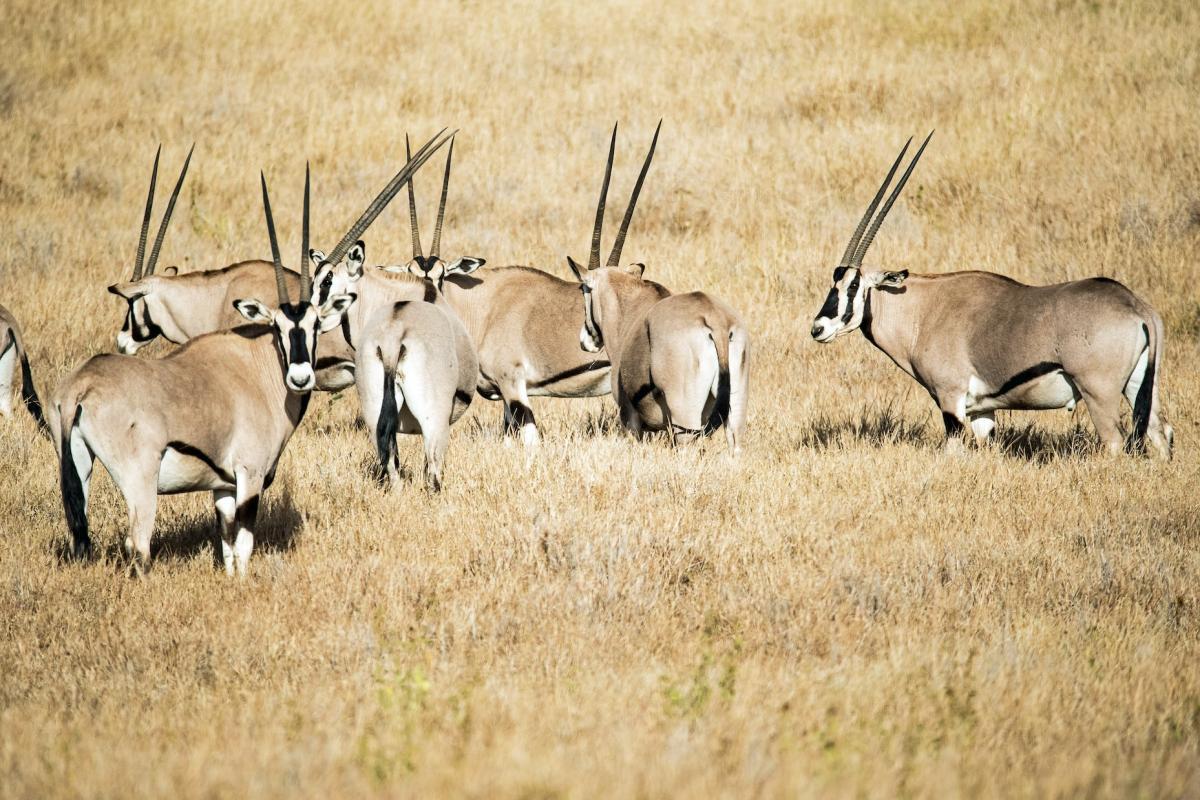
- Name: Fringe-eared oryx
- Scientific name: Oryx beisa callotis
- Conservation status:
The fringe-eared oryx is a subspecies of the East African oryx that can be found in southeastern Kenya and northeastern Tanzania. Because of pressure from poachers and habitat loss due to agricultural expansion, this species that is already vulnerable might be restricted to protected areas and national parks very soon.
This oryx mainly feeds on grasses (about 80 percent of its diet), and supplements this with herbs, tubers, and plants.
63. Side-striped jackal
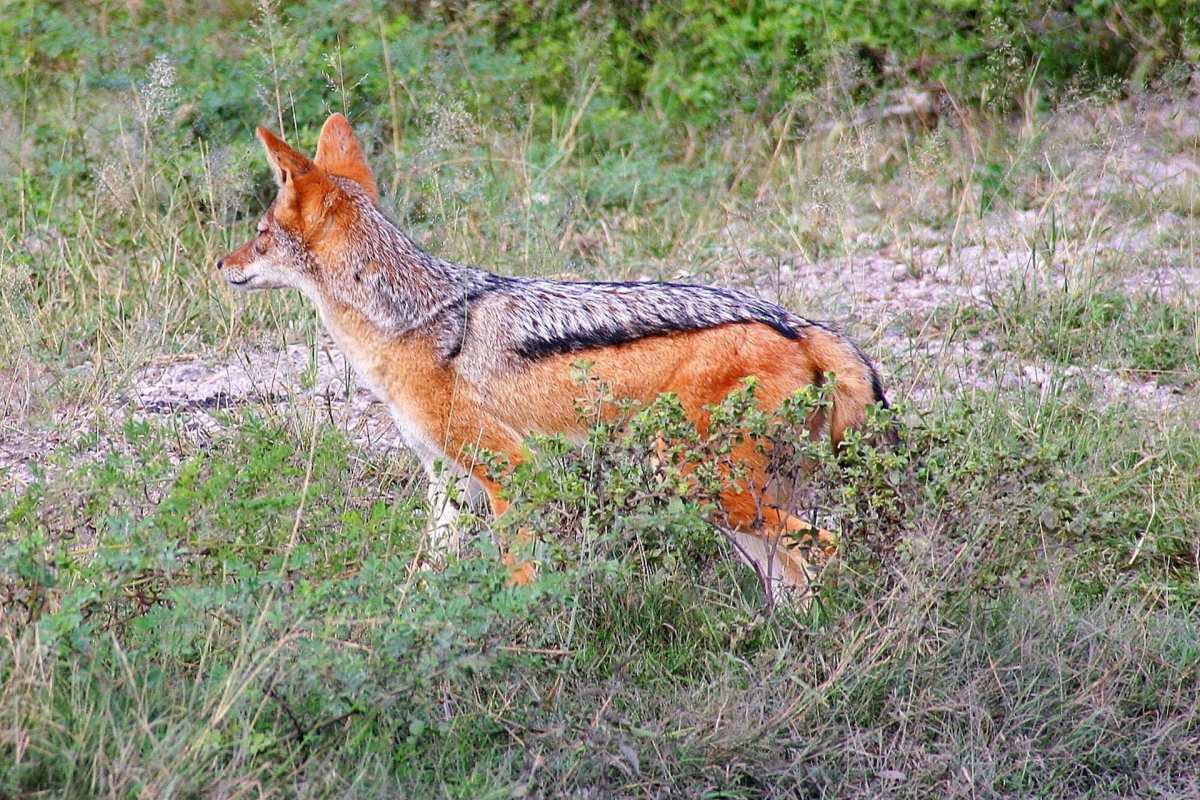
- Name: Side-striped jackal
- Scientific name: Lupulella adusta
- Conservation status:
You already heard about the black-backed jackal, and I now raise you the side-striped jackal. This species of canine is native to central and southern Africa, and it is larger than its counterpart.
This jackal species inhabits woodland and scrub areas, where it feeds on small mammals, carrion, invertebrates, and fruits: compared to other jackals, it is much more adaptable and omnivorous.
64. Striped polecat
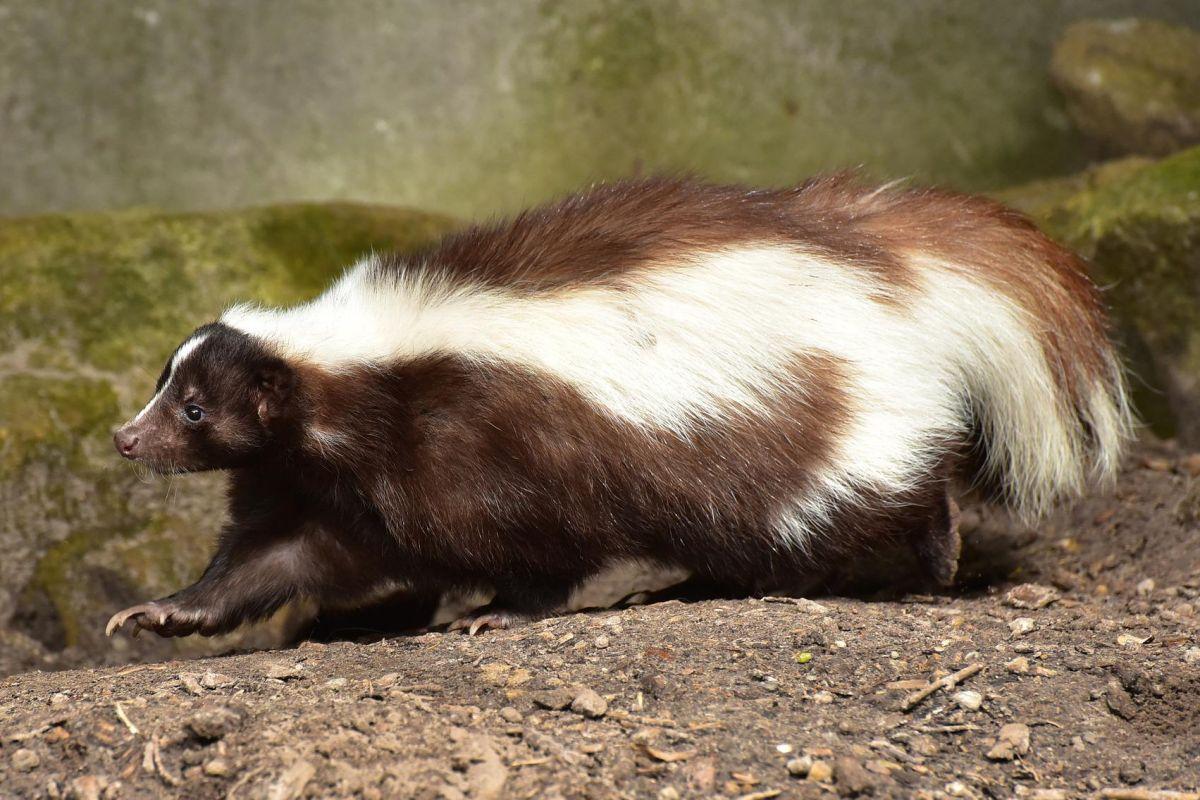
- Name: Striped polecat
- Scientific name: Ictonyx striatus
- Conservation status:
The striped polecat, also known as the zorilla, the Cape polecat, or the African skunk, is a species of mustelid that definitely resembles a skunk. Its name comes from the Spanish word “zorro”, which means “fox”. It inhabits arid and dry climates such as the open country and savannas of sub-Saharan Africa, except for the Congo basin and the coastal areas of western Africa.
This species is a carnivore, and it has very sharp teeth that are ideal for grinding meat and shearing flesh: it feeds a lot, and eats snakes, amphibians, insects, and birds.
65. Honey badger
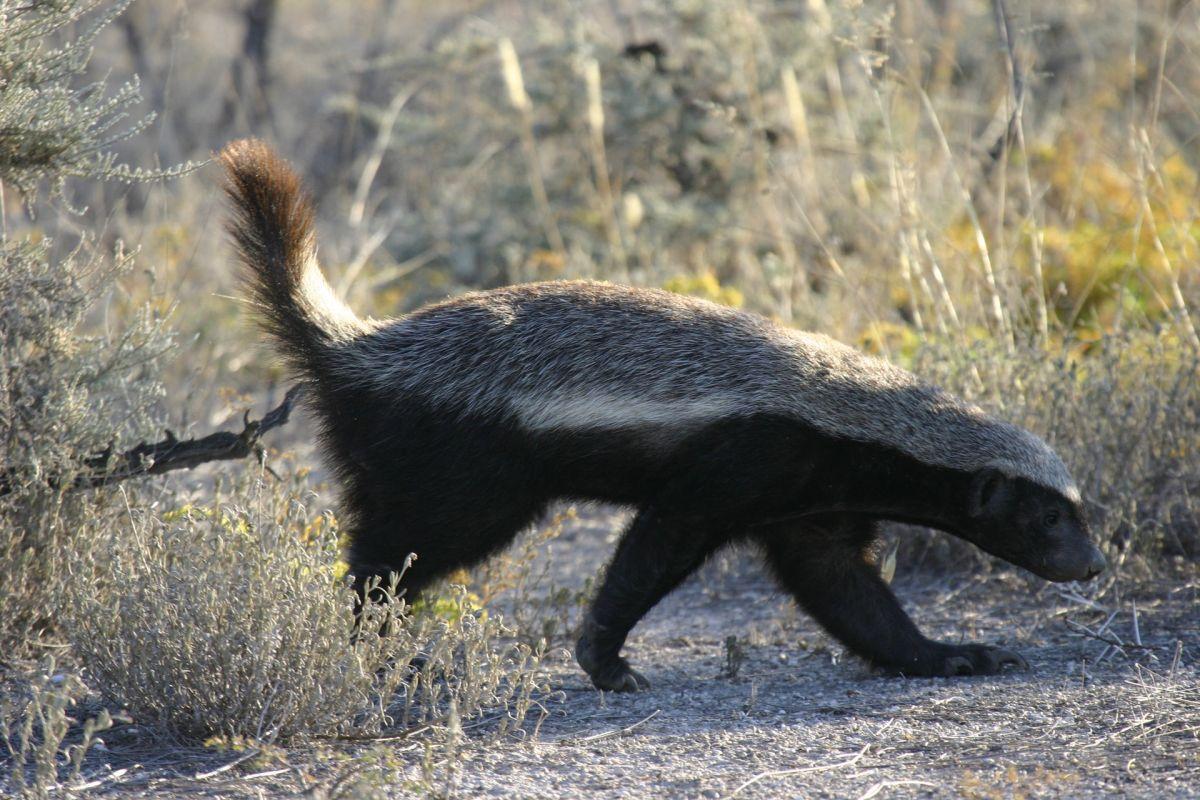
- Name: Honey badger
- Scientific name: Mellivora capensis
- Conservation status:
The honey badger, also known as the ratel, is a species of mammal native to Africa, southwestern Asia, and the Indian subcontinent.
Because it is fairly adaptable and can live in a broad range of habitats, it is listed as least concern. Despite this, it is heavily persecuted by humans, mostly because of its attack on poultry. It is a fierce enemy that needs to be respected, and it often participates in the surplus killing.
66. Parasitic jaeger
- Name: Parasitic jaeger
- Scientific name: Stercorarius parasiticus
- Conservation status:
The parasitic jaeger, also known as the Arctic jaeger, the Arctic skua, or the parasitic skua, is a species of seabird native to northern Eurasia and North America and migrates to Africa during the winter.
Its name means “hunter” in German, although it mostly steals other birds’ food rather than hunting itself, hence why it is “parasitic”. This bird used to be listed as Endangered (from 2000 to 2018) after large declines in numbers, but its population has now widely stabilized.
67. Yellow-billed stork
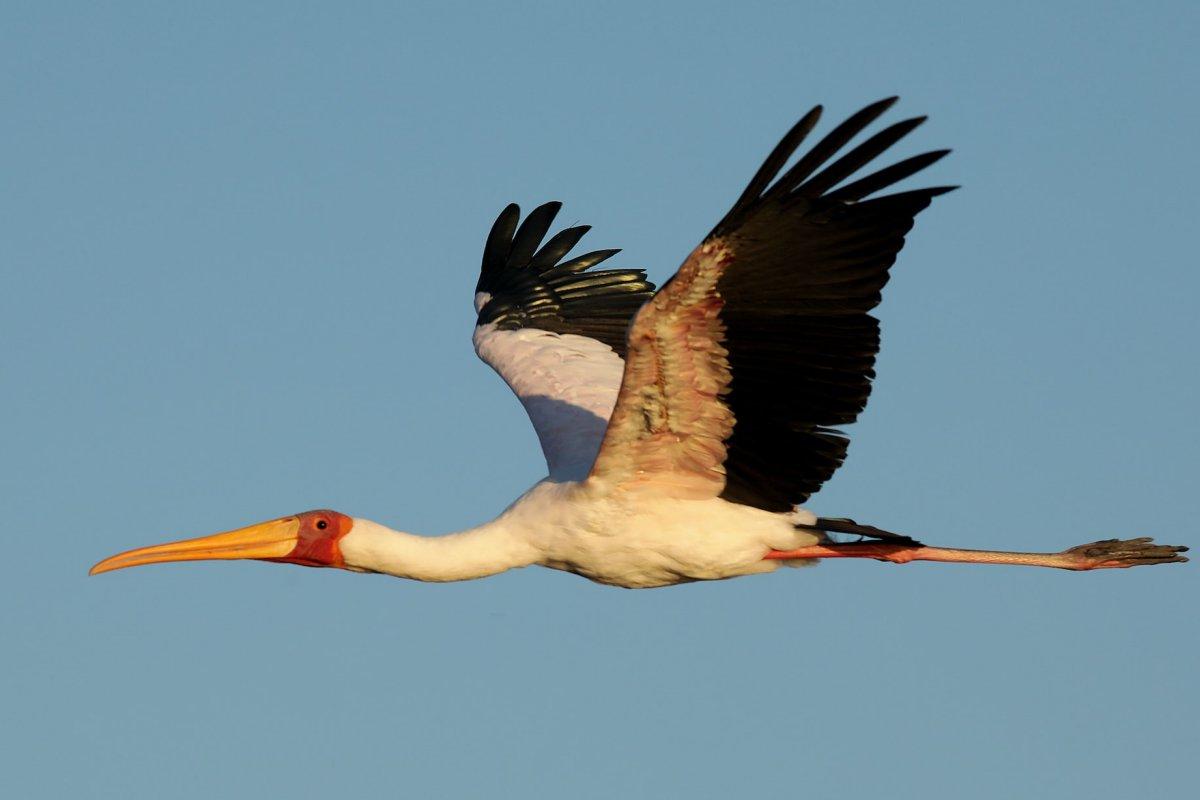
- Name: Yellow-billed stork
- Scientific name: Mycteria ibis
- Conservation status:
The yellow-billed stork, also known as the wood ibis or the wood stork, is a large species of stork native to the Sahara and Madagascar; it now lives throughout much of sub-Saharan Africa, from Senegal and Somalia to South Africa.
This species is one of the most common storks in Kenya, with 2,000 individuals already seen at once, on the Tana River. It mostly feeds on small, freshwater fish which it swallows whole.
68. Humpback whale
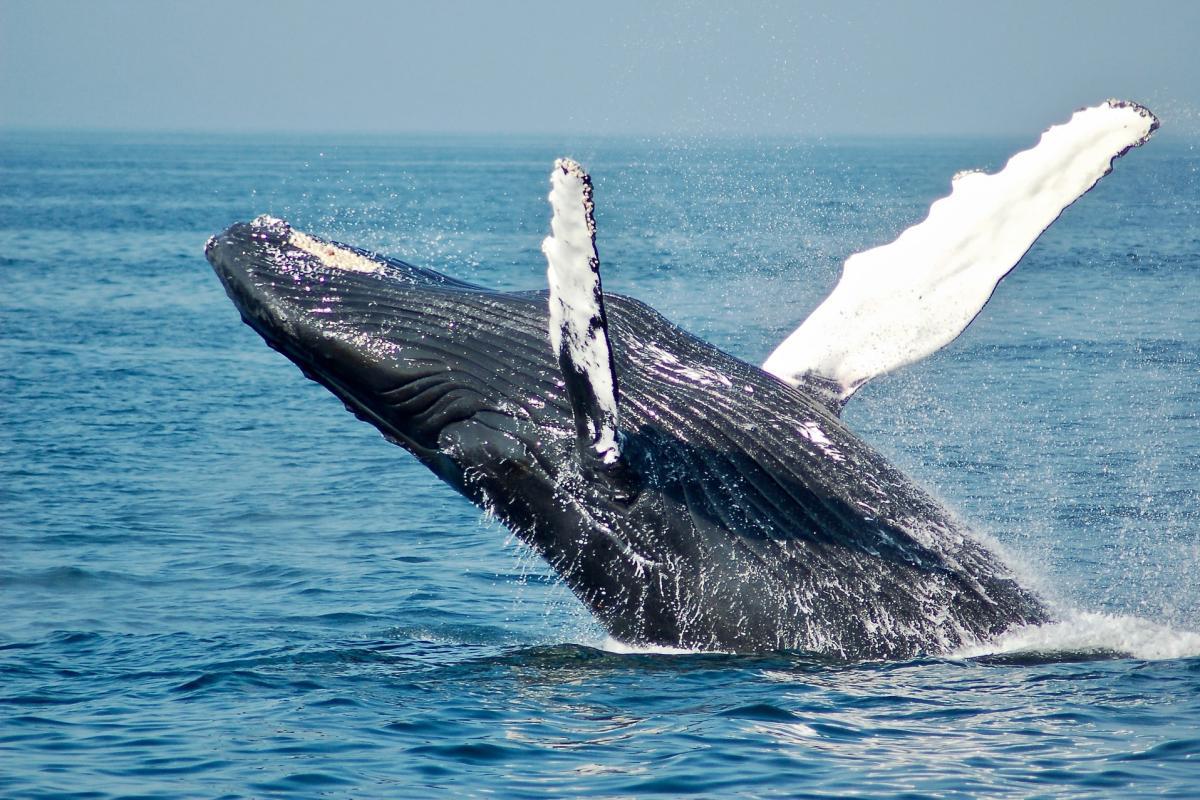
- Name: Humpback whale
- Scientific name: Megaptera novaeangliae
- Conservation status:
If you have ever been lucky enough to see wild whales, you have most likely observed a humpback whale. This species, particularly familiar to whale watchers, is a large baleen whale that often breaches the surface and has unique surface behaviors.
Male humpback whales produce a long, complex song that can last up to 33 minutes. This species is found in oceans and seas all around the planet, and migrates up to 16,000 km / 9,900 mi every year!
69. Sperm whale
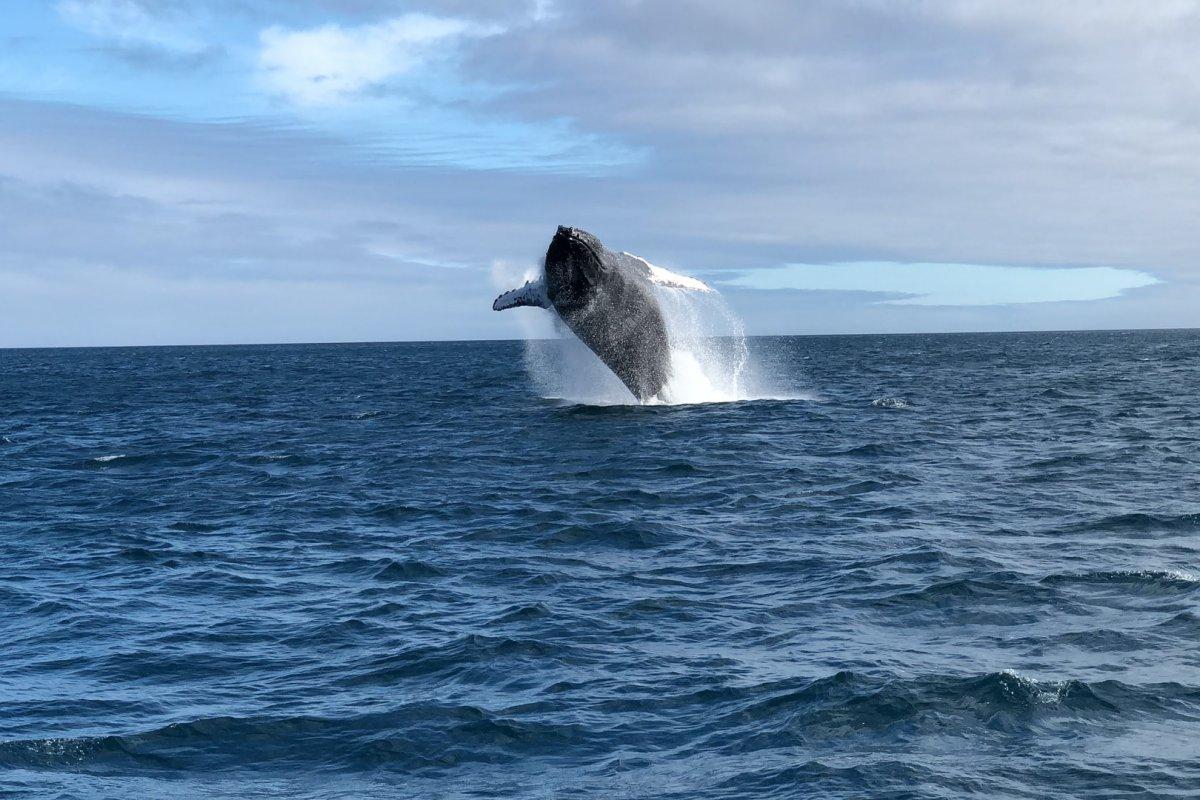
- Name: Sperm whale
- Scientific name: Physeter macrocephalus
- Conservation status:
The sperm whale, widely known as the cachalot, is the largest toothed predator in the world. Impressed? It goes even beyond that: not only does it have the largest brain on the planet, but it is also the third-deepest diving mammal, right after Cuvier’s beaked whale and the southern elephant seal.
This animal of records uses echolocation underwater and used to be a major target of the whaling industry. Now, it is listed as vulnerable to extinction and faces multitudes of threats such as pollution and ship collisions.
70. African wildcaten
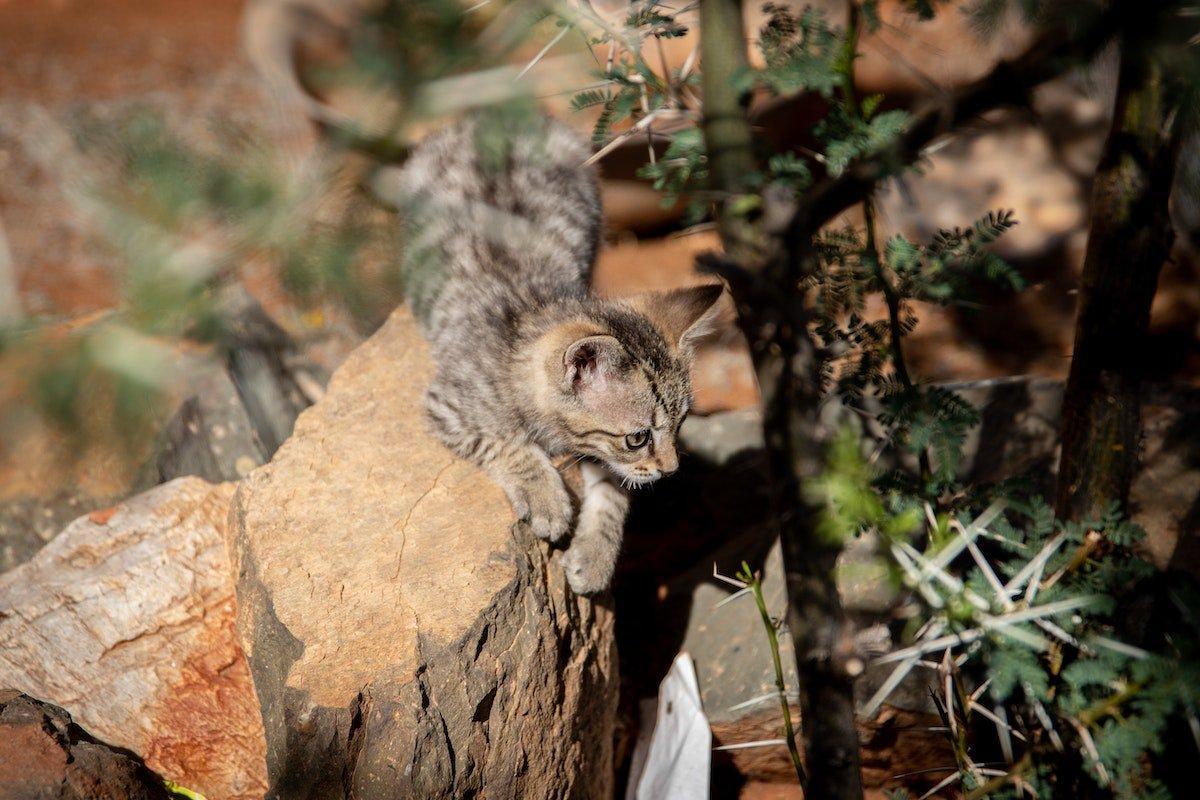
- Name: African wildcat
- Scientific name: Felis lybica
- Conservation status:
Not every wild cat is extremely large, fierce, and dangerous in Africa, as the African wildcat shows. In fact, it is the smallest species of wildcat native to Africa, Central and West Asia, and China.
This cat species is mostly active by night when it hunts for its prey, usually rats, birds, insects, and reptiles. To intimidate opponents, it raises its hair to make itself seem larger, and males live in the same territory as about 3 females usually.
71. Great cormorant
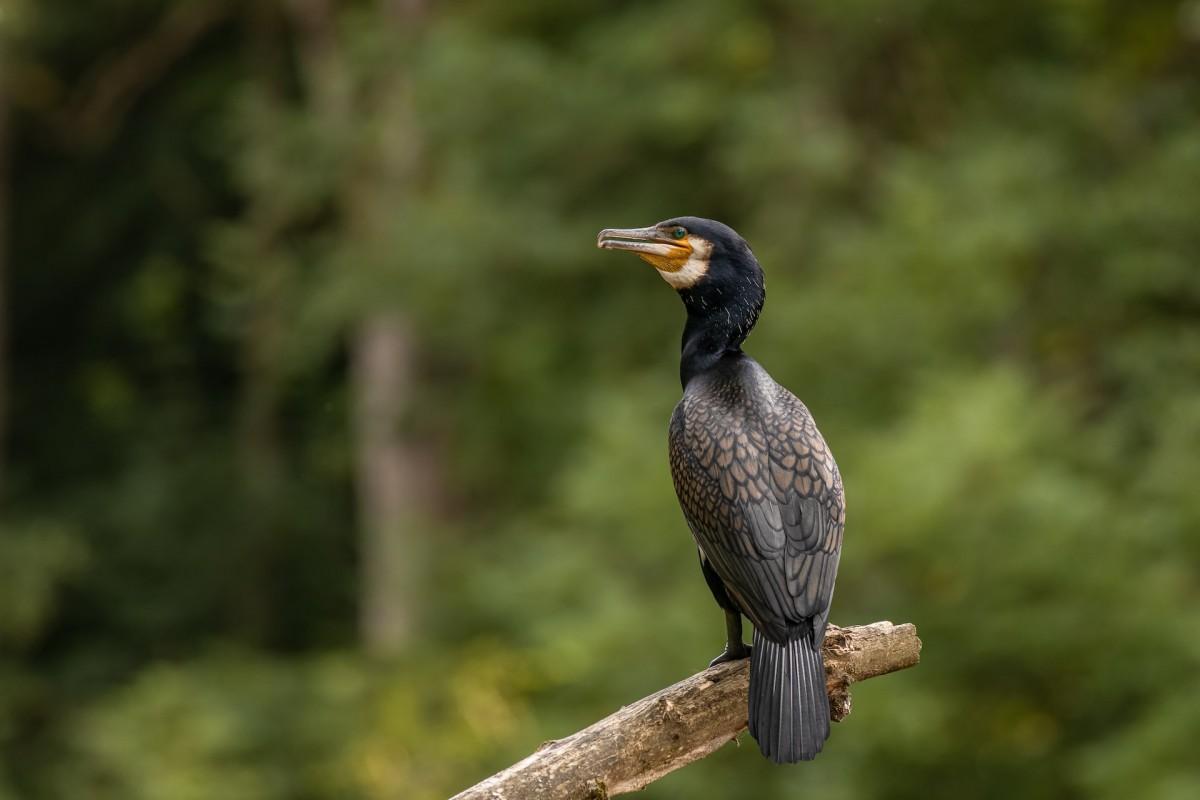
- Name: Great cormorant
- Scientific name: Phalacrocorax carbo
- Conservation status:
The great cormorant, also known as the black cormorant, the large cormorant, or the black shag, is a large species of seabird native to most of Eurasia, Africa, Australia, and the eastern coast of North America.
Although some very rare albinos exist (and they rarely survive for very long), this bird is entirely black. It feeds on fishing through diving and was exploited by humans as part of cormorant fishing.
72. African striped weasel
- Name: African striped weasel
- Scientific name: Poecilogale albinucha
- Conservation status:
The African striped weasel, also known as the muishond, is a small species of black and white weasel native to sub-Saharan Africa. It inhabits Africa, south of the equator, from the Democratic Republic of the Congo to Kenya.
This weasel inhabits savannas, but also grasslands, and forests. It can be found as high as 2,200 m / 7,200 ft above sea level and is a nocturnal hunter of birds, reptiles, and small mammals.
73. Gerenuk
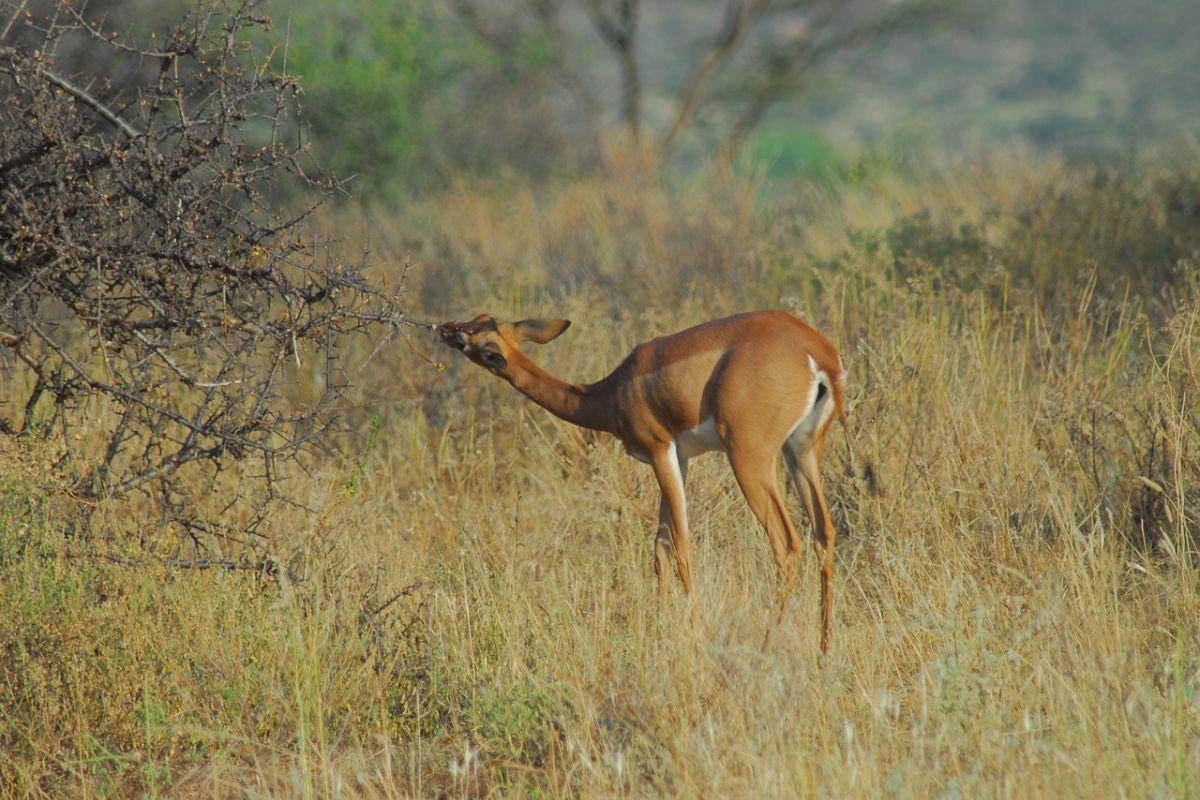
- Name: Gerenuk
- Scientific name: Litocranius walleri
- Conservation status:
The gerenuk, also known as the giraffe gazelle, is a long-necked species of antelope native to eastern Africa and the Horn of Africa. Its horns, only present on males, are curving backward, and its body is tall and slender.
This gazelle is diurnal and feeds by standing on its hind feet: it is a browser that eats fruits, flowers, and foliage. Its main predators are cheetahs, hyenas, lions, leopards, and African wild dogs.
74. Secretarybird
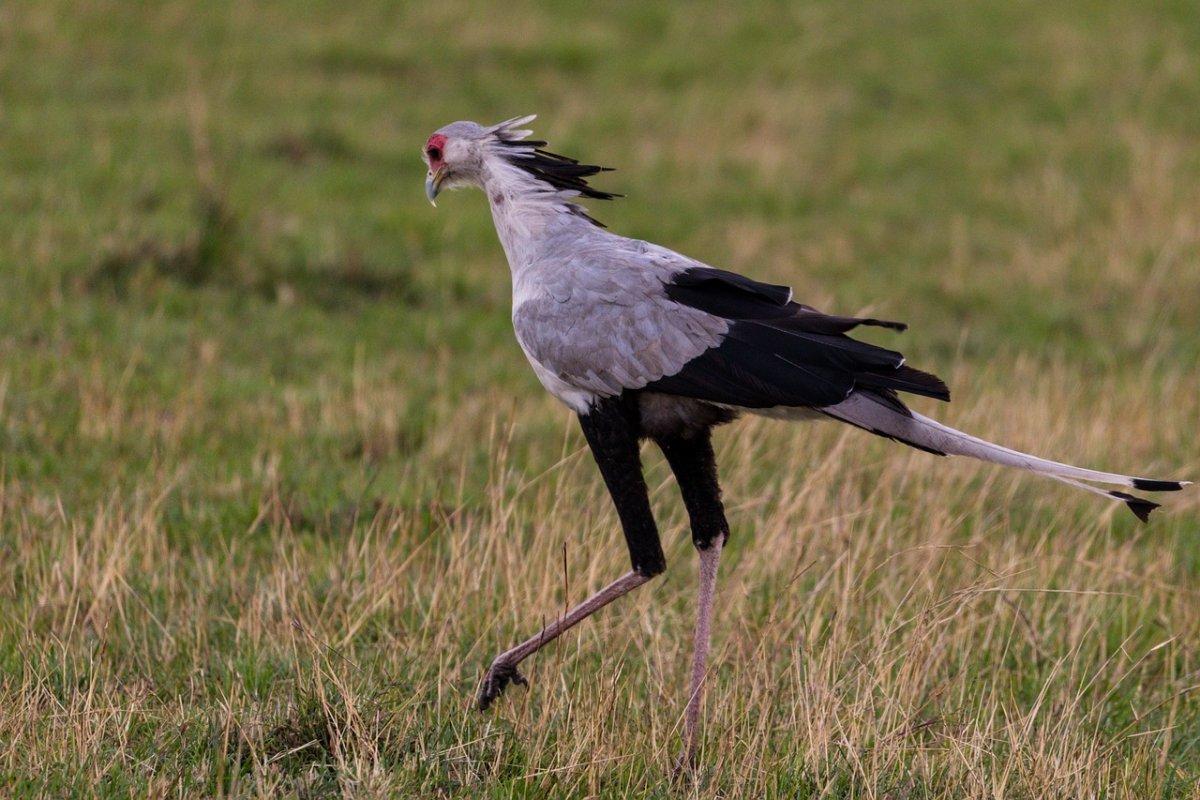
- Name: Secretarybird
- Scientific name: Sagittarius serpentarius
- Conservation status:
The secretary bird is a large, terrestrial species of bird of prey. This bird is endemic to sub-Saharan Africa and inhabits the savanna and open grasslands of the region. It is easily recognizable, being particularly large, and somewhat resembles an eagle.
This bird is mostly terrestrial, but it makes its nest at the top of a thorny tree. It hunts and catches its victims, mostly invertebrates and small vertebrates, on the ground and stomps them to kill them.
75. Mountain reedbuck
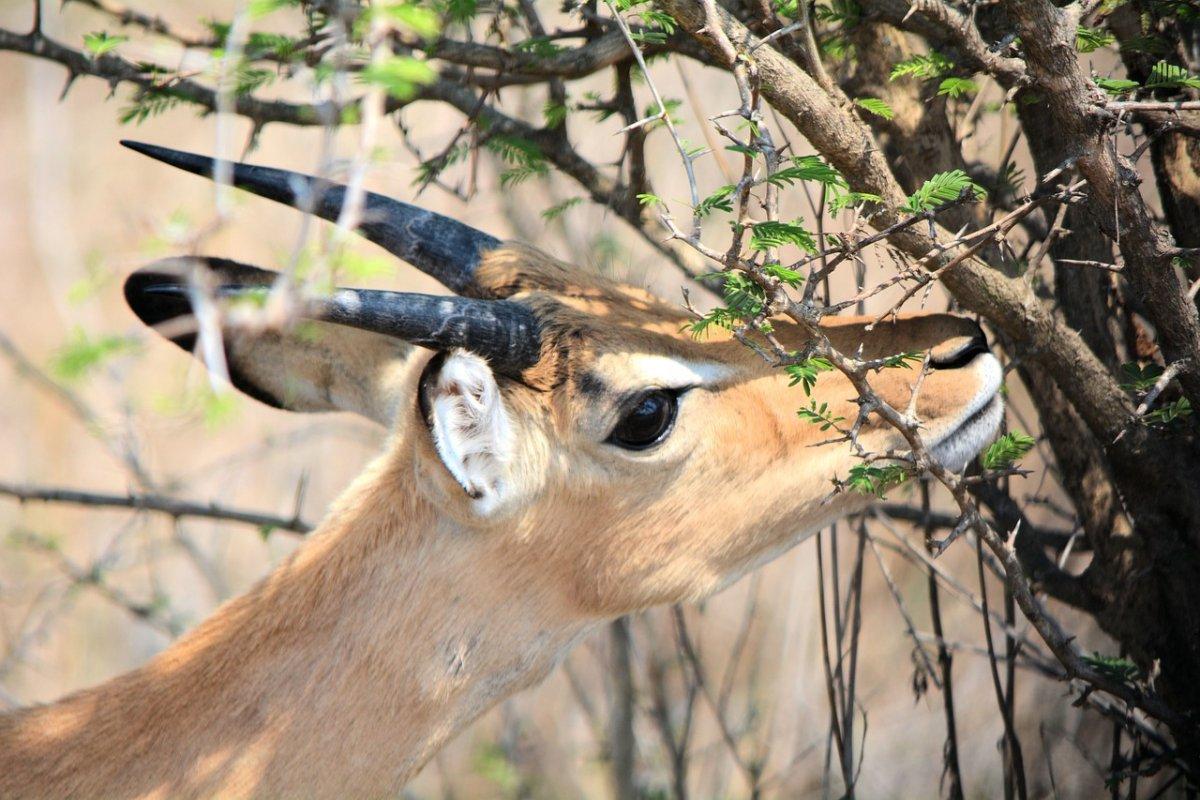
- Name: Mountain reedbuck
- Scientific name: Redunca fulvorufula
- Conservation status:
The mountain reedbuck is a species of antelope native to much of sub-Saharan Africa. It lives in mountainous areas, and can mostly be found in Kenya, Tanzania, Uganda, Ethiopia, and Sudan.
Nowadays, there are about 36,000 mountain reedbucks left, and they are considered endangered, primarily due to human overhunting and encroachment. It is a grazer that needs water within its habitat. It feeds in the early evening and early morning, usually in groups of 6 members or fewer.
76. Osprey
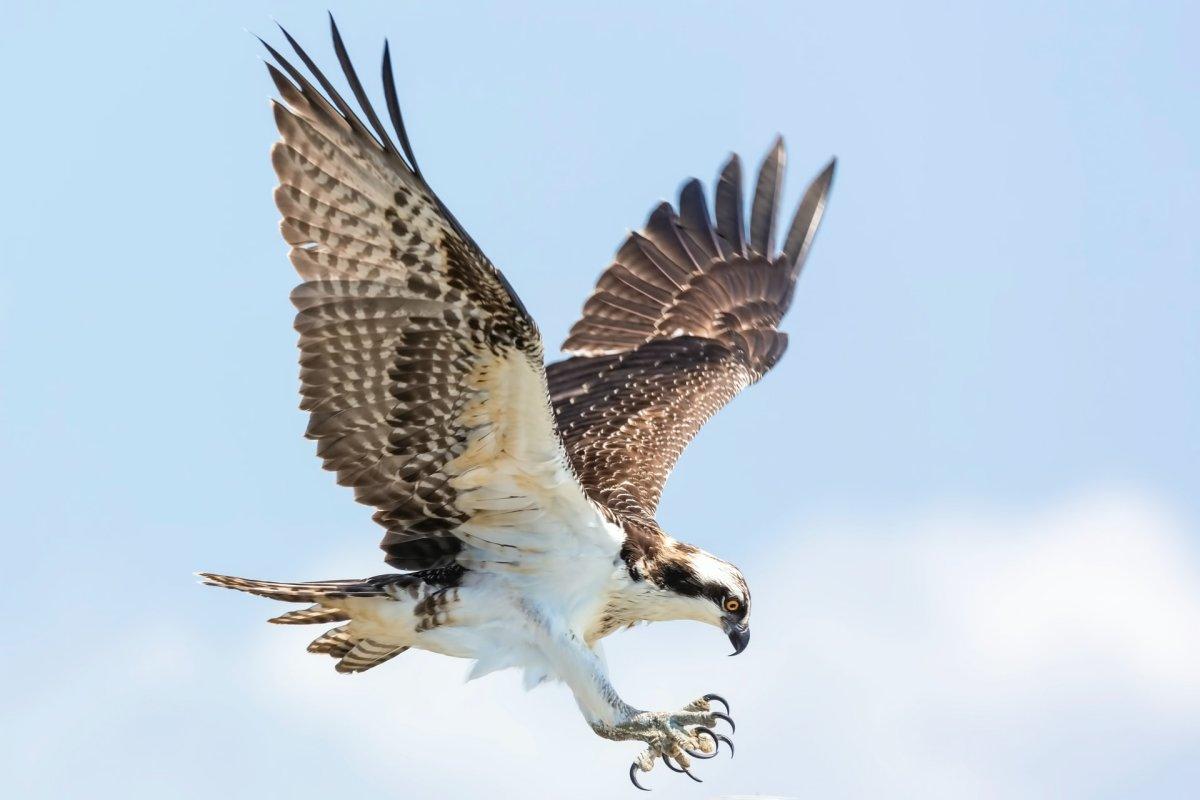
- Name: Osprey
- Scientific name: Pandion haliaetus
- Conservation status:
The osprey, also known as the sea hawk, the river hawk, and the fish hawk, is a species of bird of prey that mostly feeds on fish. It is a fairly large raptor and has gray underparts and brown underparts.
This bird of prey can be found in a wide variety of habitats, as long as there is a nearby body of water. Outside of Antarctica, it can be found on every continent, although South American specimens are quite rare.
77. Risso’s dolphin
- Name: Risso’s dolphin
- Scientific name: Grampus griseus
- Conservation status:
Risso’s dolphin is a species of dolphin closely related to the false killer whale, the pygmy killer whale, and the pilot whale. It almost exclusively feeds on squid, mostly by night, and lives in temperate and tropical waters of the world, in all the oceans and in some seas such as the Mediterranean and the Red Sea.
Usually, this dolphin prefers water at a minimum of 10 °C / 50 °F and does not go deeper than 1,000 m / 3,300 ft. It has been seen multiple times hunting its prey as deep as 600 m / 1,968 ft.
—
So there you have them, these were my 77 animals found in Kenya. I hope you enjoyed this list and that you learned something new today.
In case you want to learn more about Kenya wildlife, feel free to keep reading, as I still have lots of things to tell you about:
Endangered Animals of Kenya
This is definitely the saddest part of the list, but it is very important to raise awareness. Because of this, let’s go through the list of endangered animals in Kenya.
Here are the animals in danger of extinction in Kenya.
- Aplocheilichthys sp. nov. ‘Navasha’
- Pangani haplo
- Tana river mangabey
- Black rhino
- Hawksbill turtle
- Whitespotted wedgefish
- Hooded vulture
- and 46 more…
- Sokoke scops-owl
- Sagalla caecilian
- Ashe’s bush viper
- African savanna elephant
- Whale shark
- and 62 more…
To see the full list of endangered species in Kenya, head over to the International Union for Conservation of Nature’s Red List.
What is the National Animal of Kenya?
The national animal of Kenya is the lion.
The king of the jungle represents not only Kenya but also the entire continent of Africa. It is a mighty apex predator and one of the most widely recognized animal symbols in human culture.
The lion has been depicted in paintings, sculptures, flags, literature, and films for thousands of years, and it is still feared and revered to this day.
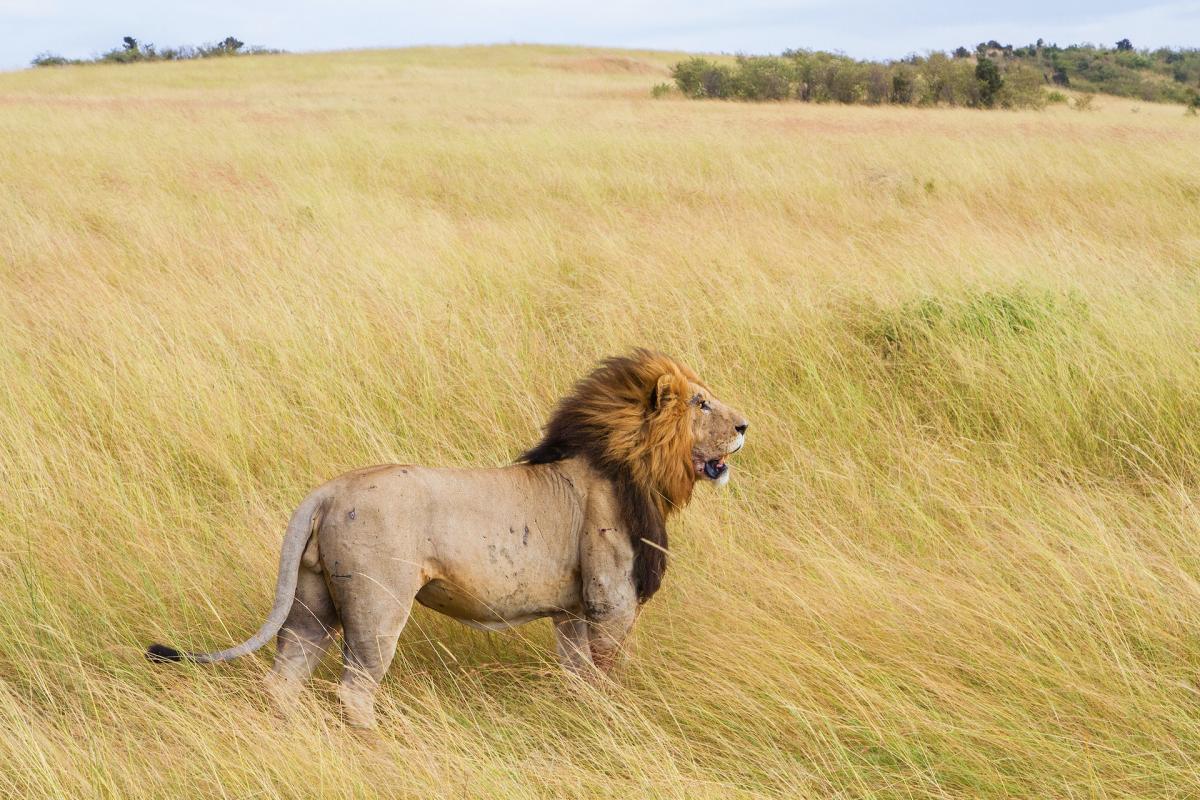
How Many Animals Native to Kenya?
What is the diversity of native animals in Kenya?
Let’s look at the total number of species of Chordata (mammals, birds, fishes, and reptiles).
Total number of animal species in Kenya: 3,399 (14,205 in total in sub-Saharan Africa)
More About Animals in the World!
Loved these animals in Kenya facts? Want to see what animals live in other countries?
Then check out these posts:
Or click here to see ALL the facts up on the blog! Spoiler alert: there’s A LOT of them.
Share the knowledge! Click on the buttons below to share information about these famous animals that live in Kenya with your friends, and help them learn more about the world 🙂
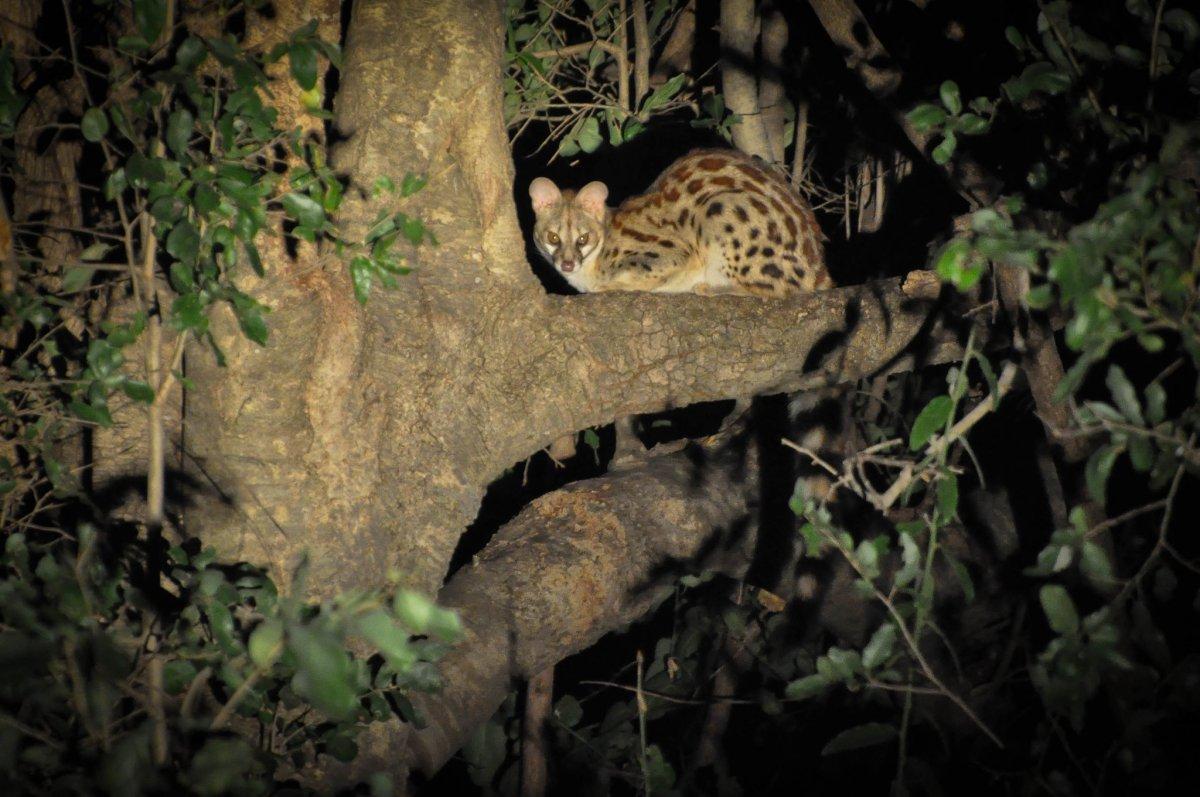
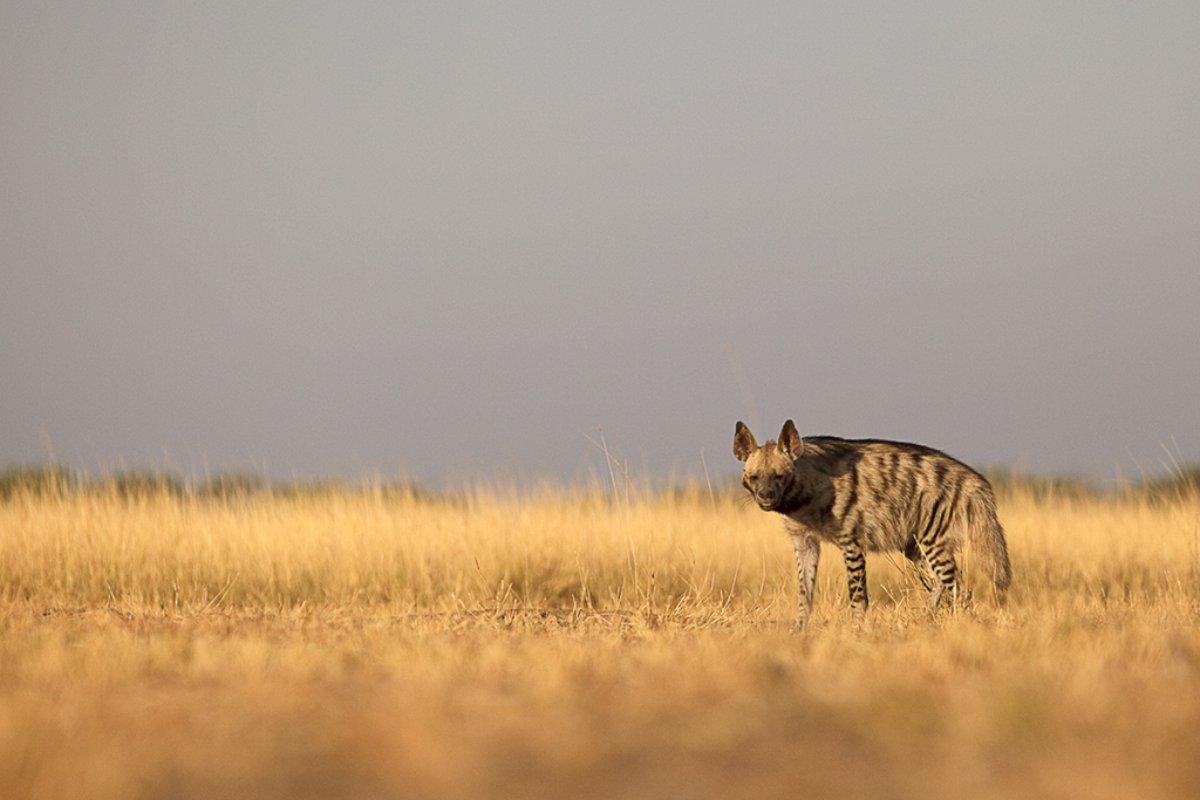
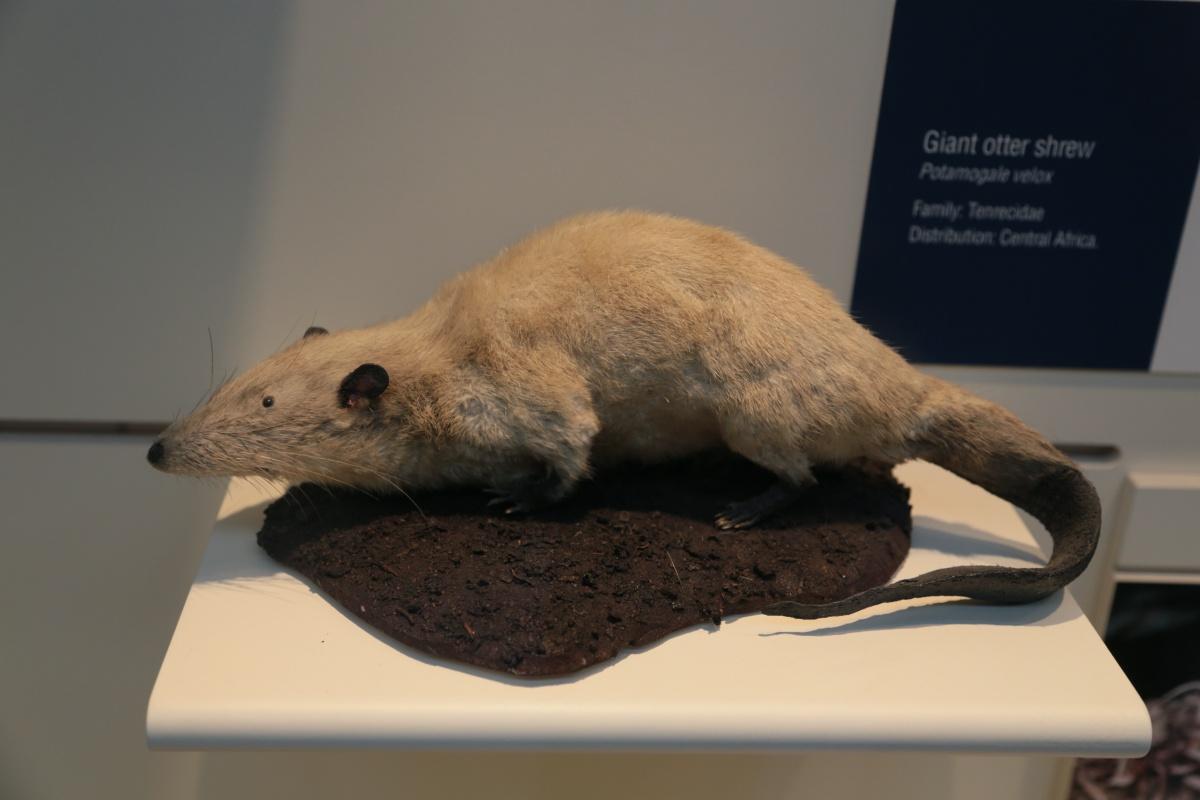
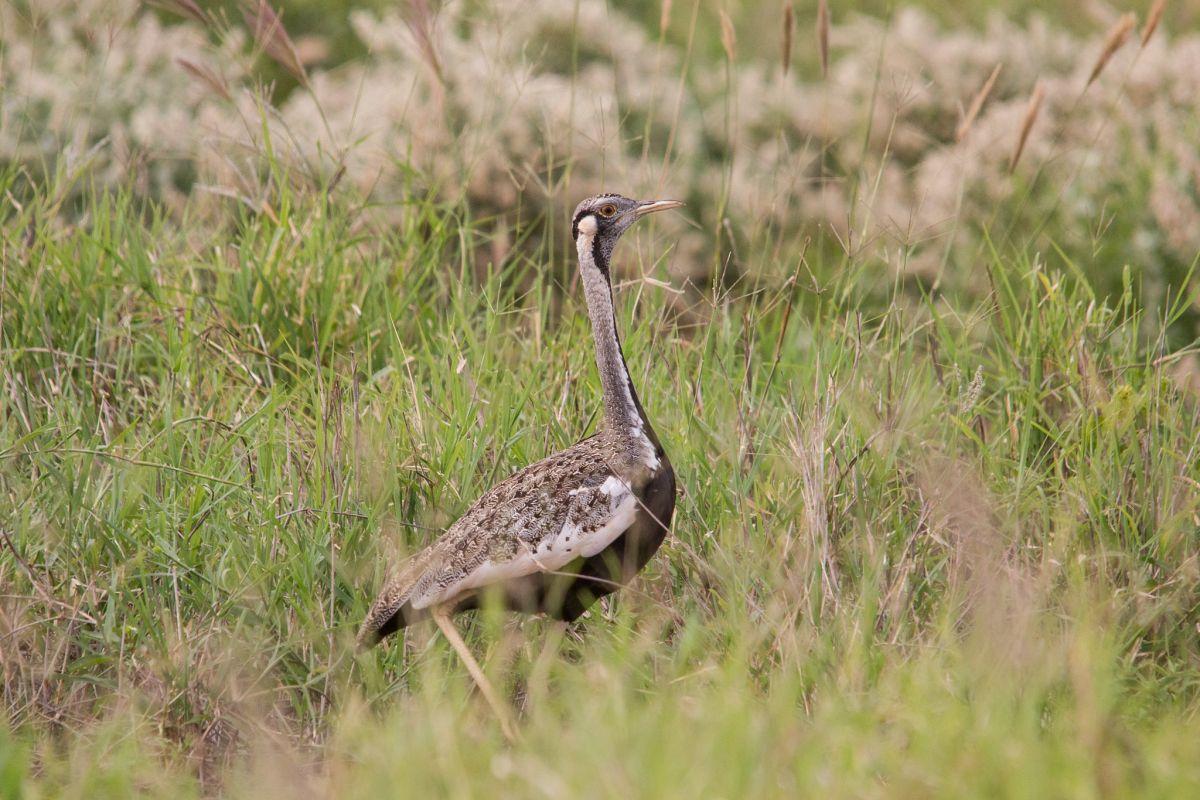
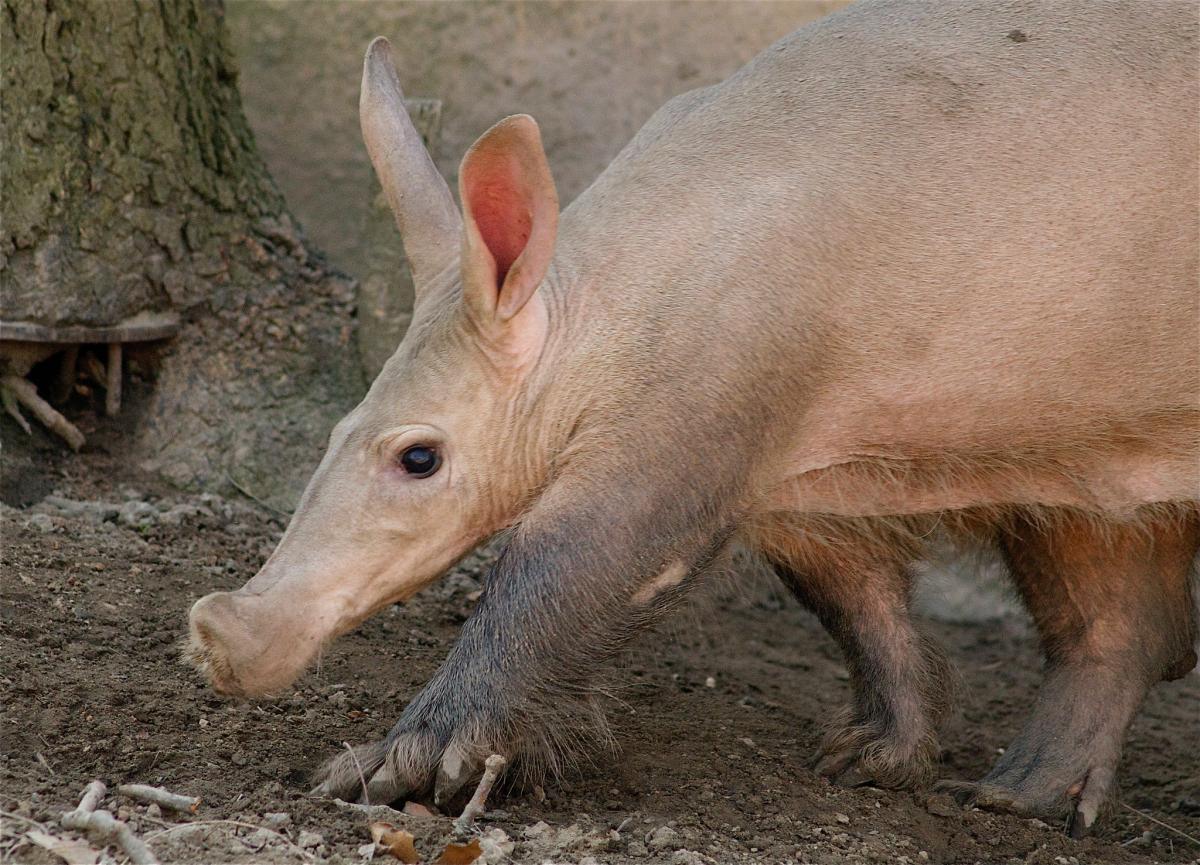
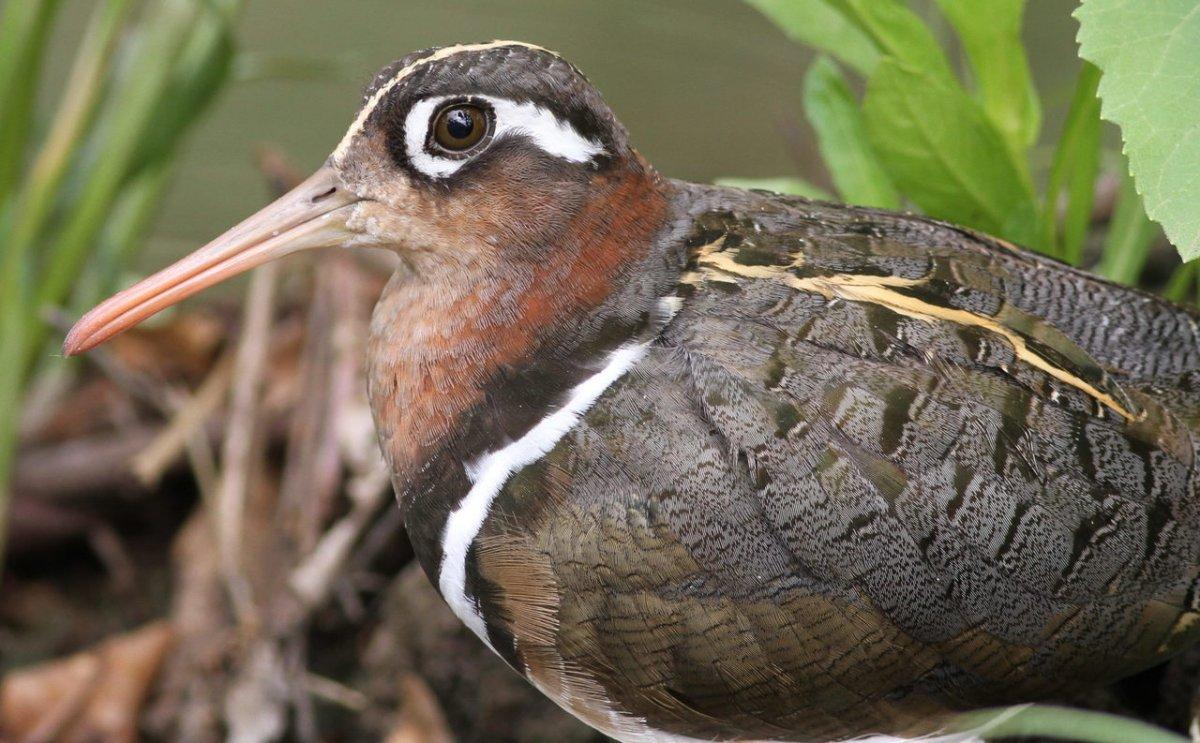
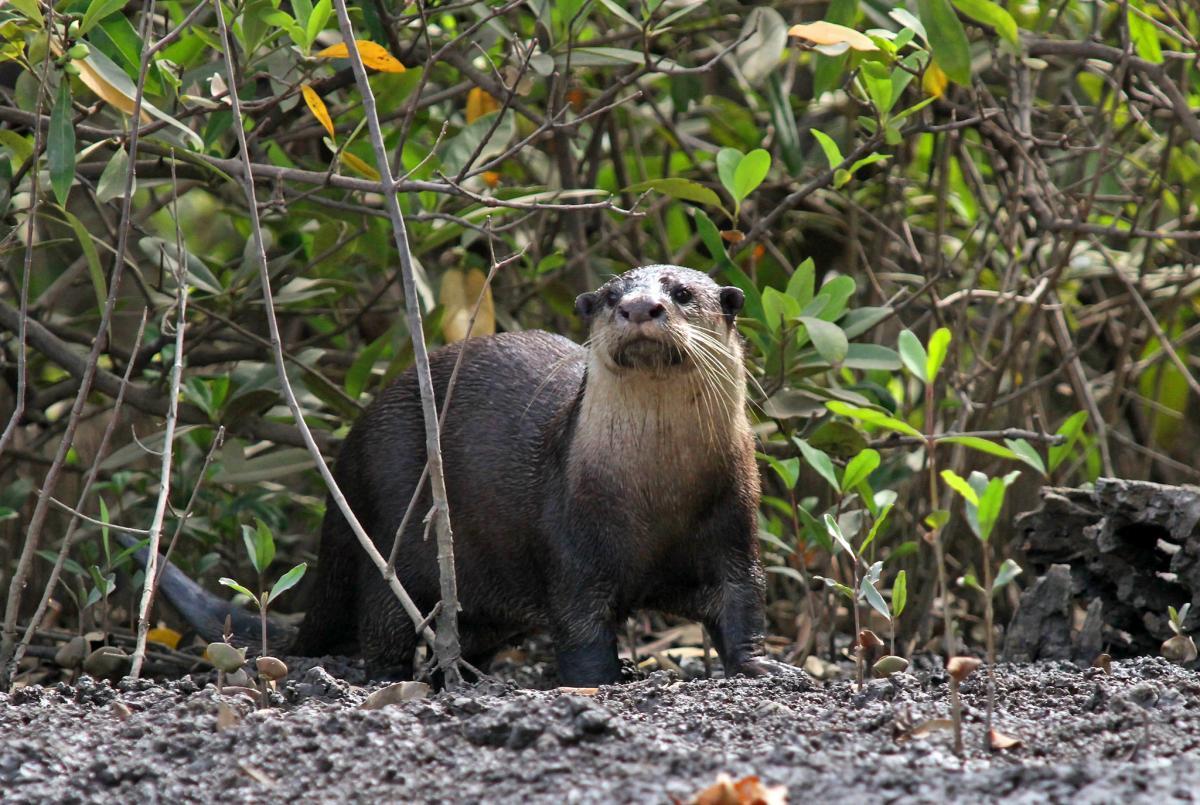
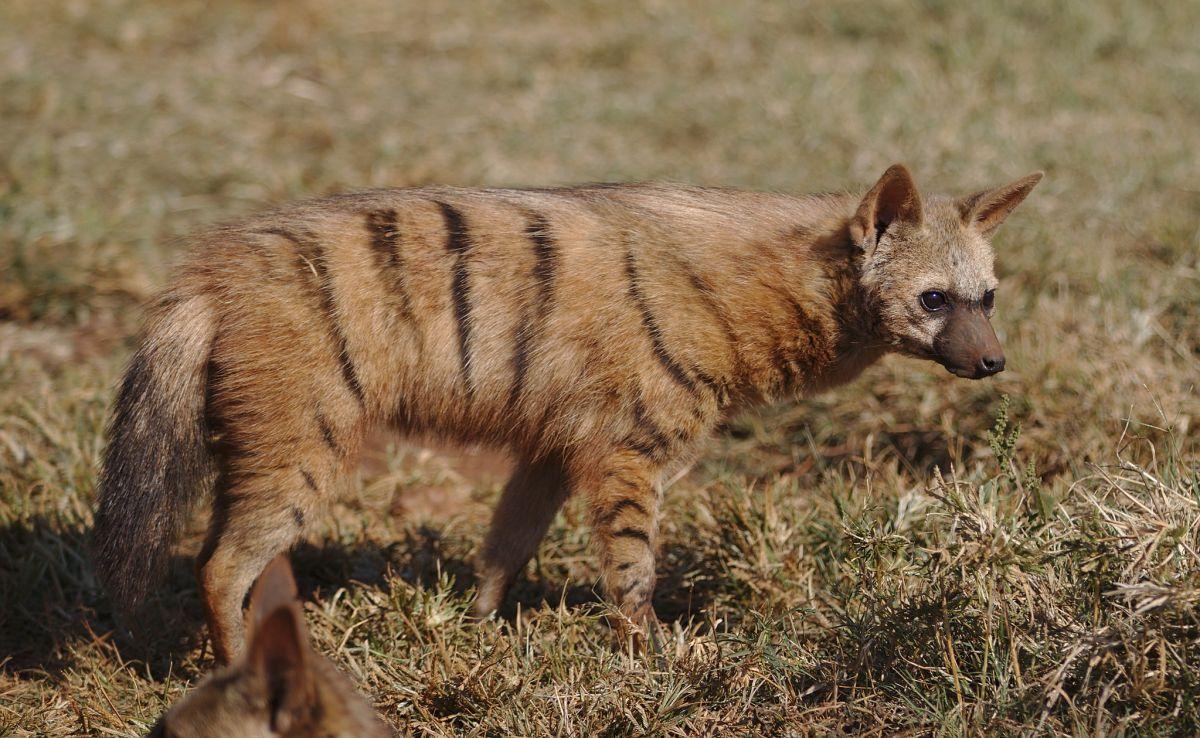
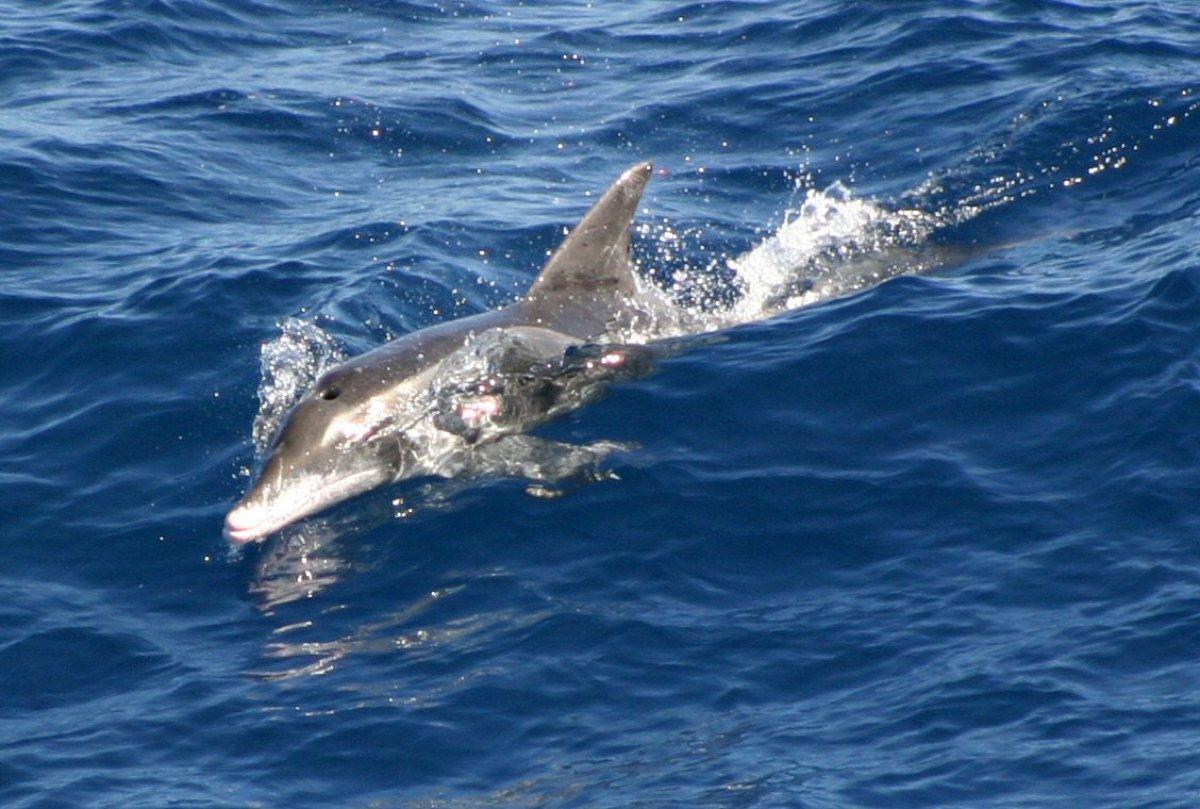
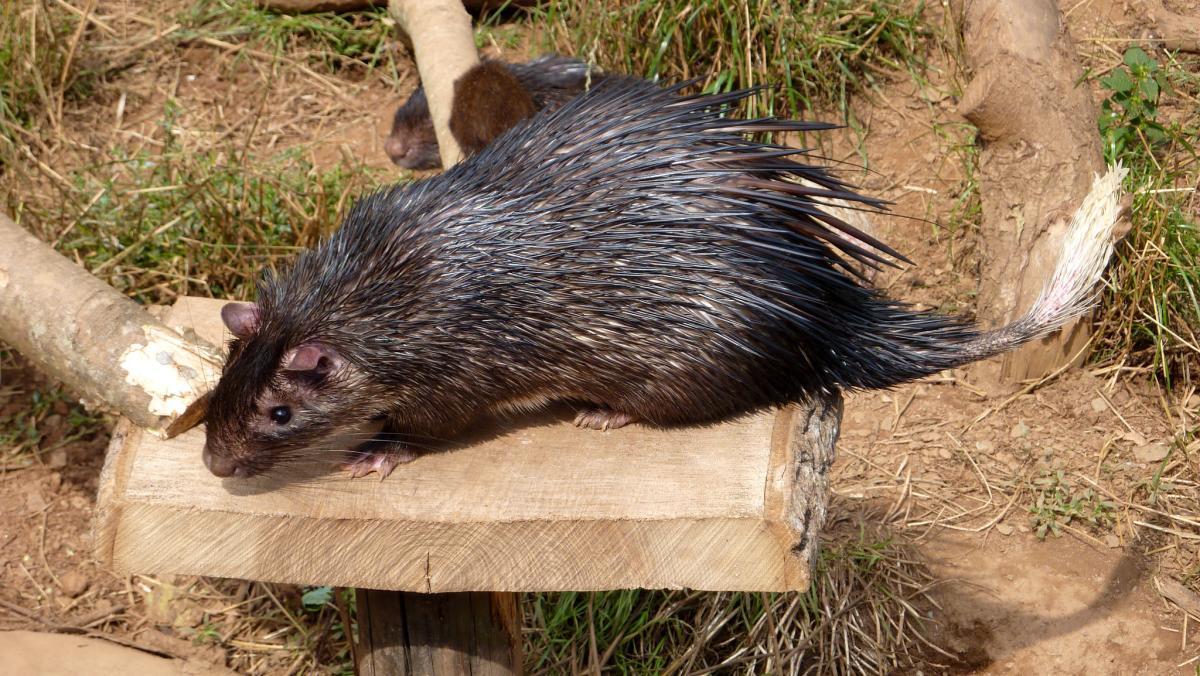
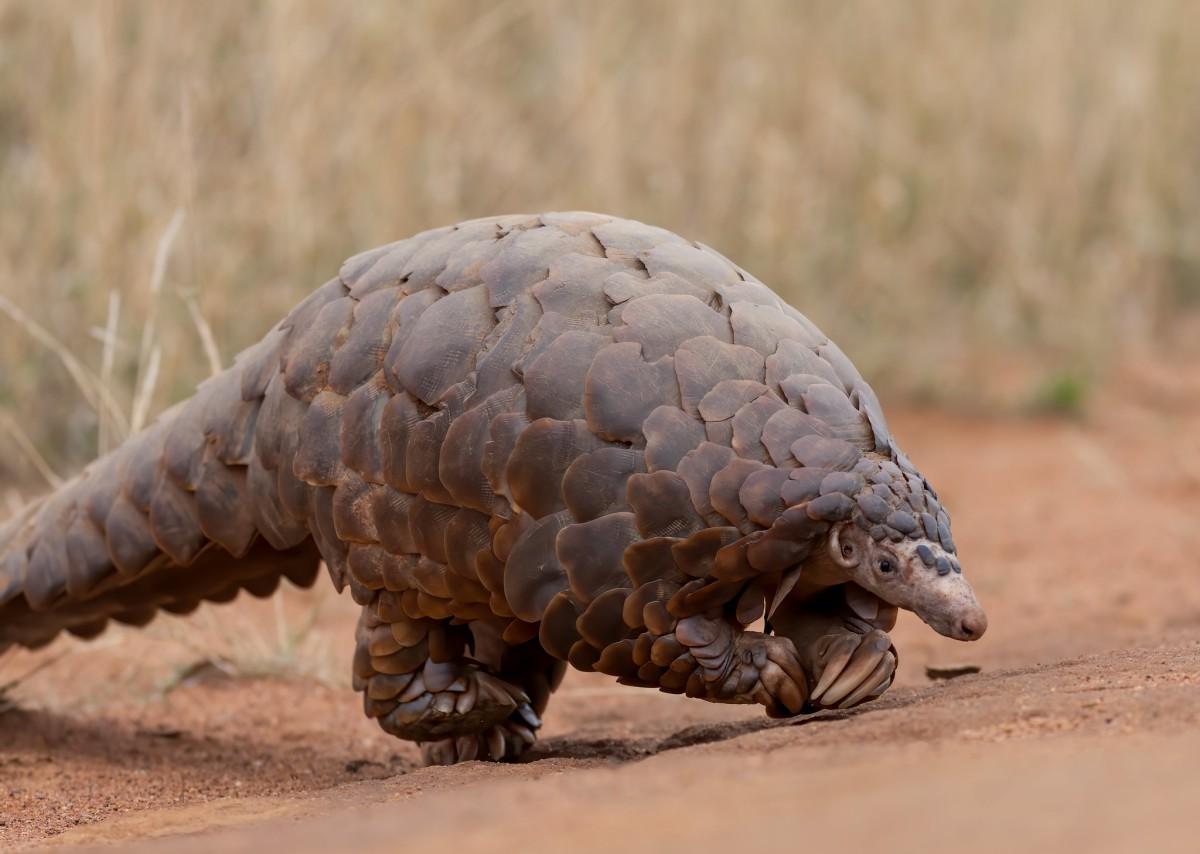
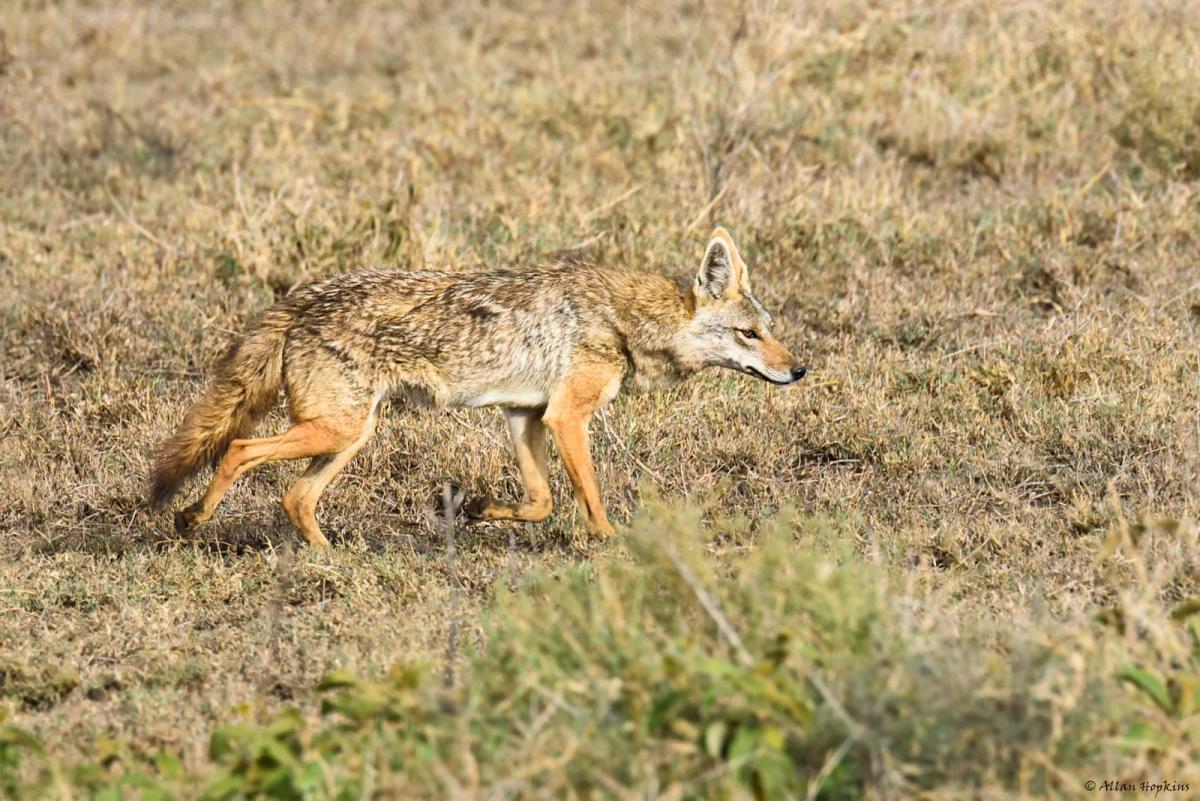
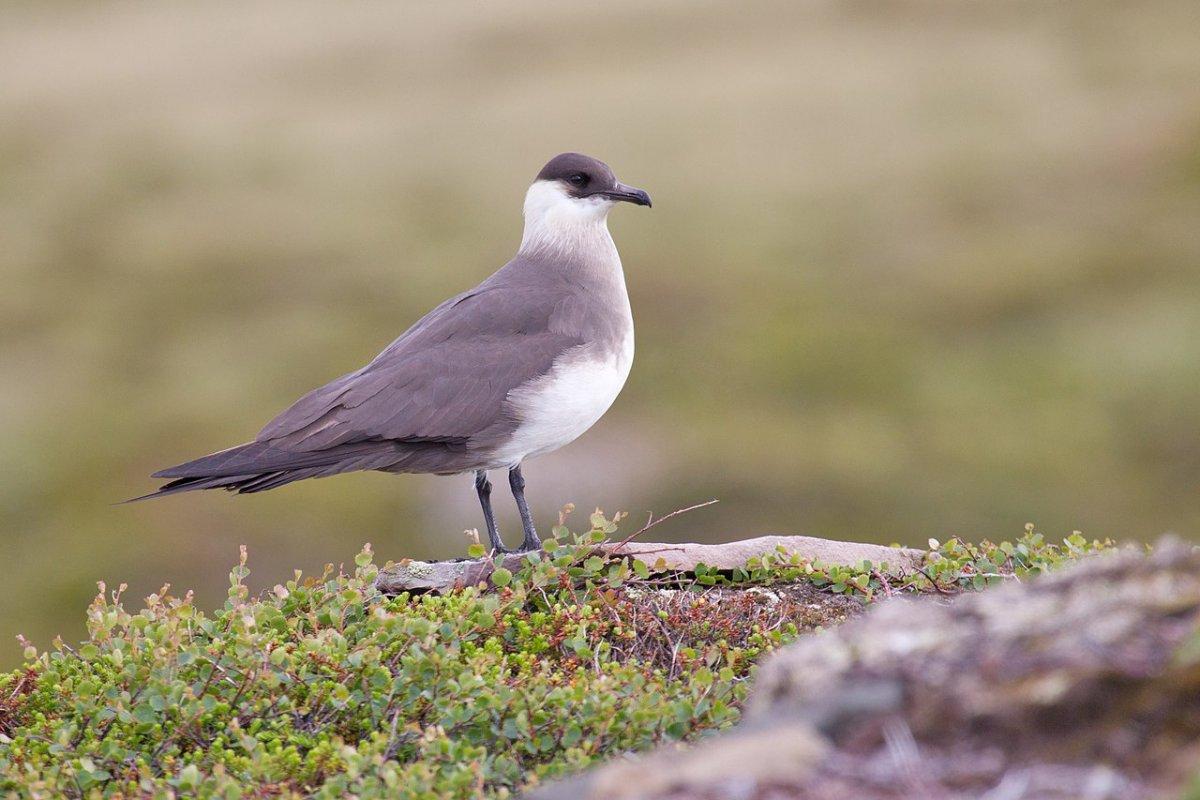
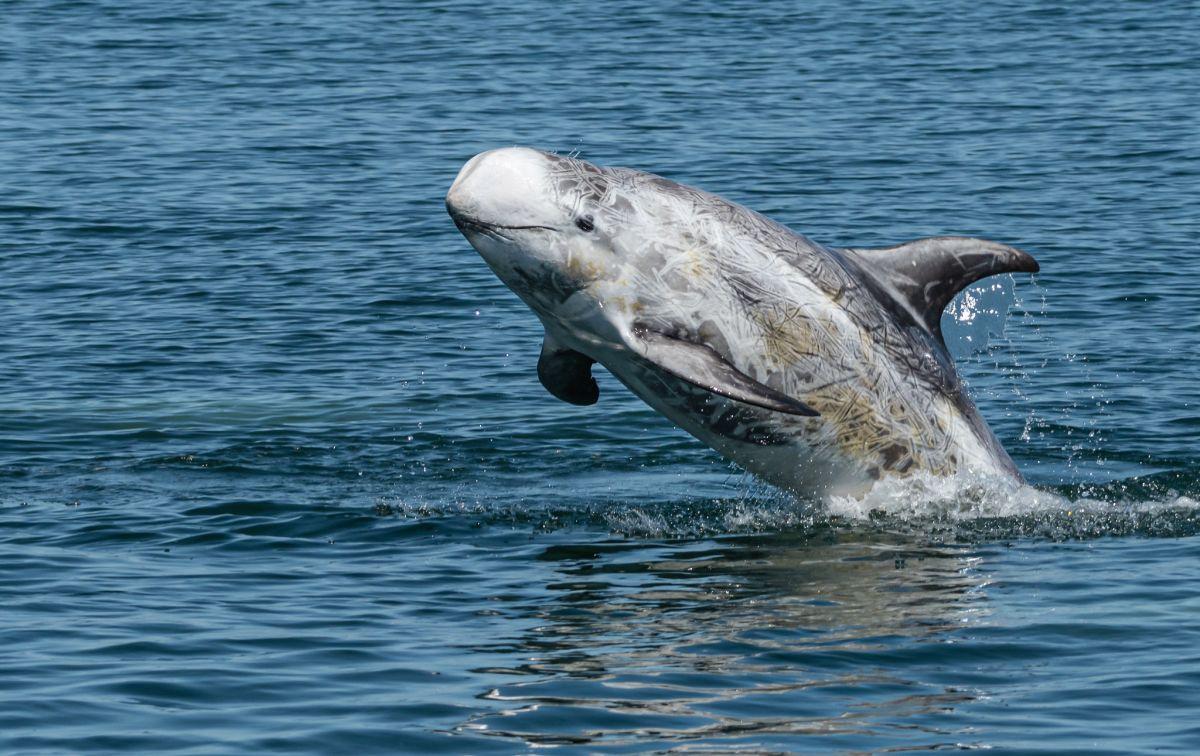

![10 Wild Animals in Tuvalu [Wildlife in Tuvalu]](https://www.kevmrc.com/wp-content/uploads/2023/01/10-wild-animals-in-tuvalu.jpg)
![24 Wild Animals in Namibia [Wildlife in Namibia]](https://www.kevmrc.com/wp-content/uploads/2022/12/24-wild-animals-in-namibia.jpg)
![17 Wild Animals in Siberia [Wildlife in Siberia]](https://www.kevmrc.com/wp-content/uploads/2022/10/17-wild-animals-in-siberia.jpg)